Today, businesses highly rely on web applications with the help of which web designing plays a vital role to create user-friendly and remarkable design. They are part of every business due to enhanced connectivity as well as efficient service delivery to the customer. But at the same time, more and more businesses are turning to web applications, making it a target for cyber assault. Web App Security Testing comes into play in this. To protect sensitive data, maintain business reputation, and meet regulatory standards it is necessary to ensure that the web applications are not vulnerable to any vulnerabilities. To understand what all this is about, Qualysec Technologies is here to tell you what web app security testing is, the importance, different types of testing, the crucial tools used here as well as the role of a company like Qualysec Technologies in ensuring that your web applications are secure.
Understanding Web App Security Testing
Web app security testing is a process of determining and resolving the possible security attacks on web applications, where web applications can be attacked using malicious attackers. With businesses striving to build web applications as a channel to reach their customers, partners, and stakeholders, it is important to protect these applications. This whole process puts an application under test and everything related to the application code. The configuration and underlying architecture are looked into to make sure sensitive data is not available to anyone outside the application, except people who need to access the data.
Key Objectives of Web App Security Testing
Identify Vulnerabilities
One of the major goals is to discover the security weaknesses that attackers could exploit. Some of the common vulnerabilities are SQL injection (vulnerabilities caused by manipulation of database queries), cross-site script (XSS), where attackers inject malicious scripts into web pages, and insecure authentication for vulnerabilities that allow unauthorized access. Knowing which of these vulnerabilities exist allows security and development teams to reduce risk before these become major problems.
Prevent Data Breaches
The web application security assessment checks that such sensitive data as user and credit card details, and business-critical information is secured from unauthorized access and breaches. Businesses can grow proactively by identifying and confronting security weaknesses keeping away from information theft which can prompt monetary downturns and lawful ramifications.
Ensure Compliance
Regulatory frameworks such as the OWASP Top 10, General Data Protection Regulation (GDPR), and Payment Card Industry Data Security Standard (PCI-DSS) set stringent requirements for data protection. web application security testing helps businesses meet legal and regulatory obligations, which in turn helps them adhere to industry standards. In addition to preventing hefty fines, compliance shows extreme data security, something important for showing trust to customers and partners.
Enhance User Trust
Today, people are bothered by data breach announcements; they are worried about the safety of their data. Using a secure platform helps people feel more confident about the application if the information is sensitive and it’s secure. Improved user trust leads to enhanced customer retention, higher user engagement, and a definite market prowess.
Get our simple, expert-made Web Security Checklist to spot risks and secure your app fast.
Types of Web App Security Testing
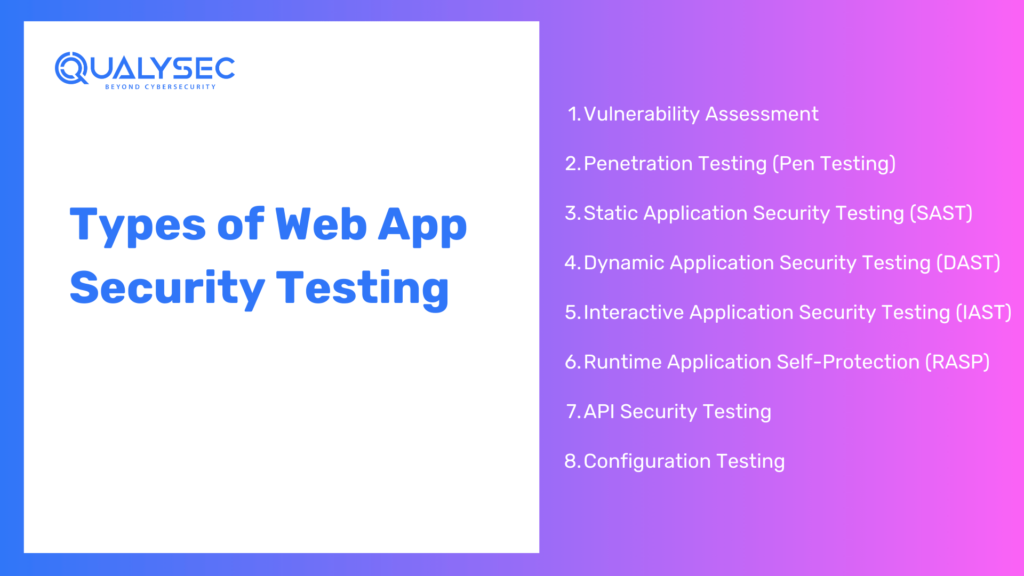
Sensitive data is handled by web applications which are prime targets for cyber attack because of the ease of accessibility. Different types of security testing are used to protect web applications. Each web application security services works for different reasons to identify what vulnerabilities there are and how to shield what’s fragile. Below are the main web app security tests.
Vulnerability Assessment
In this case, vulnerability assessment includes scanning on the web application to find vulnerable items. Weaknesses including outdated software, misconfiguration, and insecure code get identified with automated tools. This type of testing leaves developers with the most comprehensive list of potential risks that can be fixed before an attack.
Penetration Testing (Pen Testing)
Penetration testing is the simulation of real-world attacks against a web application pentesting to determine the application’s security. Vulnerability is the key here, ethical hackers try to exploit the vulnerabilities which shows how an application can be zoomed into what are some potential attack vectors and how resilient the application is to withstand intrusion. Furthermore, pen testing is indispensable for discovering security flaws behind, which automated tools cannot find.
Static Application Security Testing (SAST)
SAST, or white box testing, is a security testing that examines an application’s source code, bytecode, or binary code for security flaws. This technique lets us locate coding errors, insecure libraries, and logic issues before the time of delivery of the product, which minimizes the extent of corrective work later.
Dynamic Application Security Testing (DAST)
The black box testing means testing the web application vulnerability testing in its running state. It communicates with the application as an attacker does by interacting, without access to the source code, identifying vulnerabilities such as SQL injection, cross-site scripting (XSS), and broken authentication.
Interactive Application Security Testing (IAST)
The SAST and DAST behave quite differently from IAST, as it combines elements of SAST and DAST by analyzing the application in runtime as well as on source code. Hybridizing this approach delivers more accurate results and gives developers a good idea about how vulnerability surfaces in real-time operation.
Runtime Application Self-Protection (RASP)
RASP is a security feature within the application’s runtime environment. Living and breathing as part of the application, protects the application from within, identifying attacks in real-time and blocking them without the need for human intervention.
API Security Testing
But APIs are a crucial piece of most modern web app penetration testing. API security testing aims to find API vulnerabilities including broken authentication, data being exposed, and improper rate limiting that can ensure that data is exchanged over the systems securely.
Configuration Testing
This type guarantees that the security settings and configuration are issued correctly. For example, misconfigurations of applications (exposed admin interfaces, weak SSL settings, etc.) can pose an application vulnerability to attacks.
Latest Penetration Testing Report

Key Vulnerabilities in Web Applications
SQL Injection
Attackers put SQL queries into input fields to gain unauthorized access to the database, resulting in data theft or manipulation. They can then inject malicious SQL code to retrieve sensitive data, modify the content of the database, or even delete the database itself, which can have serious implications for the business that conducts critical information.
Cross-Site Scripting (XSS)
XSS is a kind of attack wherein hackers inject malicious scripts on web pages and they are executed in users’ browsers. Exploiting this vulnerability will allow cookies, session tokens, or other sensitive information to be stolen. XSS can also be utilized to deface a site, redirect users to malicious sites, or perform actions on behalf of users without their consent.
Cross-Site Request Forgery (CSRF)
With CSRF, a web application vulnerability scanner relies on the browser of the user and that is exploited. Attackers get users to accomplish undesirable activities on a web application where the attackers are authenticated by tricking them, like changing account information, transferring funds, or deleting data. The dangerous part of this vulnerability is when it is combined with insufficient authentication mechanisms.
Broken Authentication
Poor or incomplete authentication mechanisms make the authenticity of authentication controls less reliable and allow an attacker to impersonate legitimate users. Default passwords, weak password policies, insecure session handling, and mishandling of tokens are common causes. Unauthorized access to sensitive data and critical systems is possible as a result of broken authentication.
Security Misconfigurations
Security misconfigurations happen due to inappropriately configured applications, servers, databases, or frameworks. Things such as default users, enabling unnecessary features, exposing sensitive files, or not applying security patches fall into this category. These misconfigurations are often exploited by attackers to gain access to the systems, steal data, or elevate their privileges.
Sensitive Data Exposure
Sensitive data such as personal information, financial details, and login credentials are handled by many of the web application protections. Encryption, storage, and transmission of this data safely can also protect against data breaches if they’re not taken care of by you first. Exposed data can be used to commit identity theft, and financial fraud, or sold on the dark web by attack trespassers.
Insecure Deserialization
The applications that deserialize untrusted data are vulnerable to deserialization vulnerabilities. This leaves some space for attack and they can send malicious data which, when it is deserialized, can execute remotely, can tamper the data, or put the server in denial of service mode. However, this vulnerability is neglected and can be very harmful if exploited.
Insufficient Logging and Monitoring
Without proper logging and monitoring suspicious activities and potential security breaches can’t be found. Without proper logging, the attacker’s activity becomes hard to track, investigate the incidents, and respond quickly to security threats. Logging and monitoring during the time of the incident help to both respond to the incident and mitigate the threat.
How Qualysec Technologies Can Help
The web application penetration testing services that we live with these days are anything but safe, and cyber threats are becoming more and more sophisticated, but your web applications are not just essential; they are strategic. Qualysec Technologies is a pioneer of web app security testing and provides most services across the entire security perimeter for protecting your digital assets from any emerging threats. Qualysec believes that each business requires a strong security solution designed just for that business. Our dedicated team of cybersecurity pros uses industry-leading tools and techniques to provide you with the finest security assessments of your web applications, fortifying them against potential vulnerabilities.
Our Comprehensive Services
- Vulnerability Assessments – We do thorough vulnerability assessments to determine vulnerabilities within the web application you have. As well as explaining what risks are in store for your company, our detailed reports do not stop there, informing you on how to counteract each of the potential risks.
- Penetration Testing – Ethical hackers simulate real-world attacks to find exploitable weaknesses in your application. The thinking of attackers allows you to counterattack before a real attack could happen.
- API Security Testing – Secure the APIs because they are the mainstays of modern web applications. We protect your APIs from being accessed by unauthorized persons, leaked personal information, etc.
- Secure Code Review – The security team starts reviewing the source code of your application as soon as it is readable. It uses a proactive approach to prevent that vulnerability from becoming an entry point for attackers.
- Compliance Assurance – Regulatory requirements can be complex and compliance regulation can be made extremely complicated. We support your organization in achieving compliance with GDPR, PCI DSS, HIPAA, and so on, to ensure that your application fulfills all mandatory security and privacy regulations.
Talk to our Cybersecurity Expert to discuss your specific needs and how we can help your business.
Conclusion
The need for web app security testing is greater today. It is not a desire but a necessity for remaining safe in this digital land that gets more and more important every day. The process of regular testing allows vulnerabilities present within your business environment to be identified and remediated before their exploitation, keeping sensitive data protected and the business operations running as efficiently as possible. As the code gets more and more intricate and complex, a full detailed, and solid security strategy is necessary. Working with experts such as Qualysec Technologies ensures that the threats are nipped in the bud before doing any harm, your web applications comply with industry standards, and foster the confidence of your users. Invest in web app security to better the world’s digital future – with Qualysec Technologies!

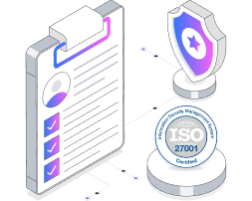



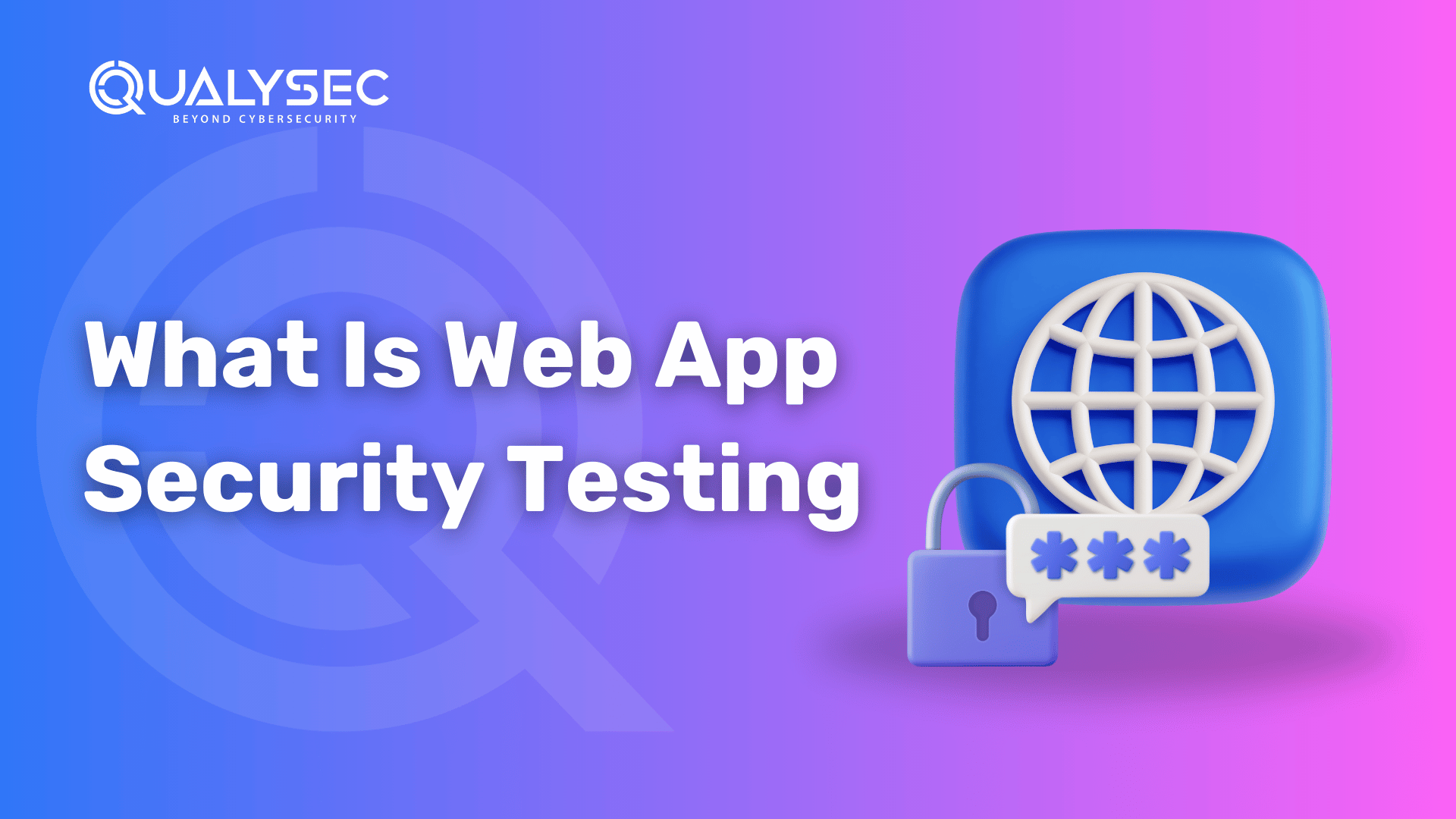




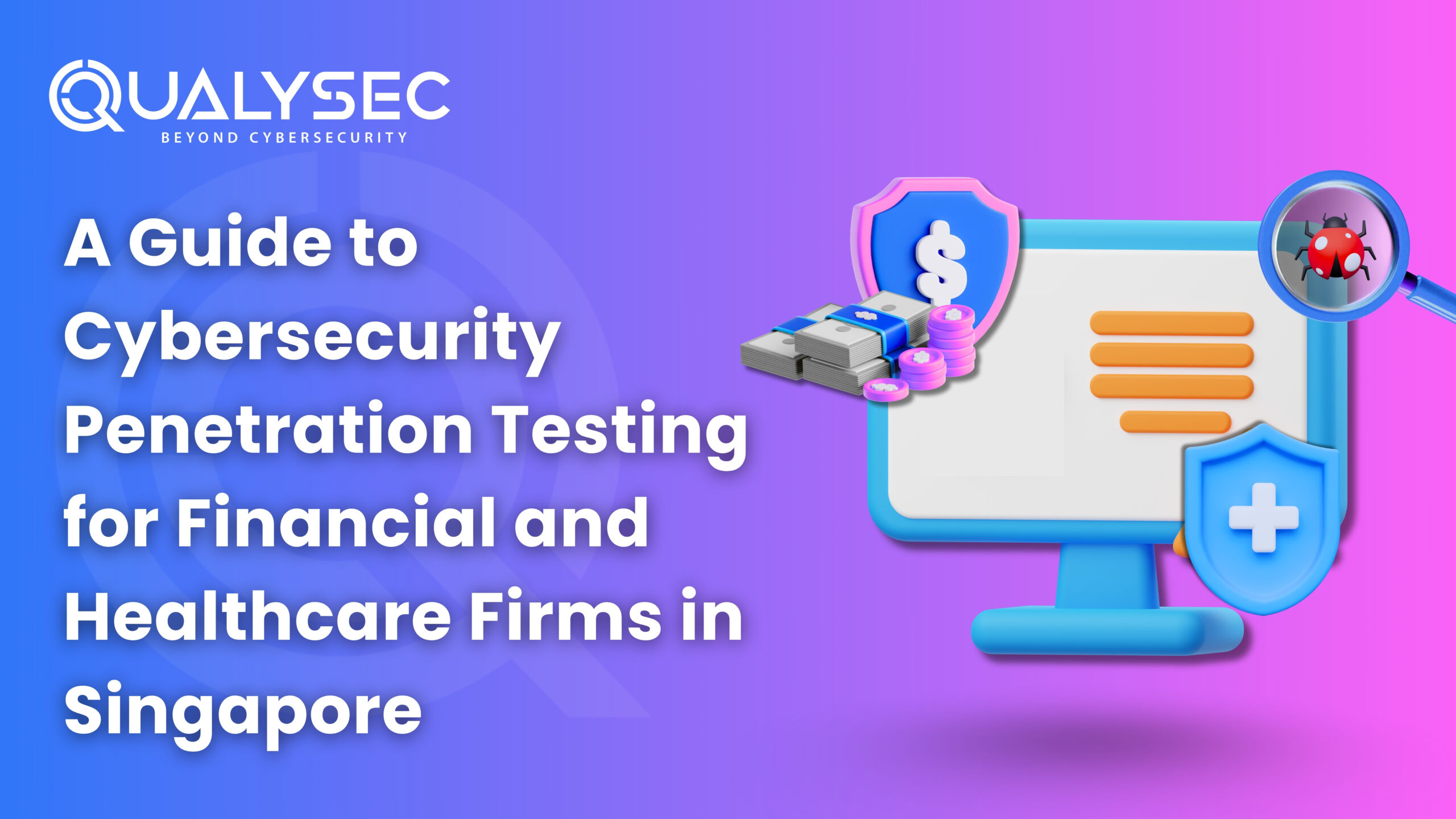

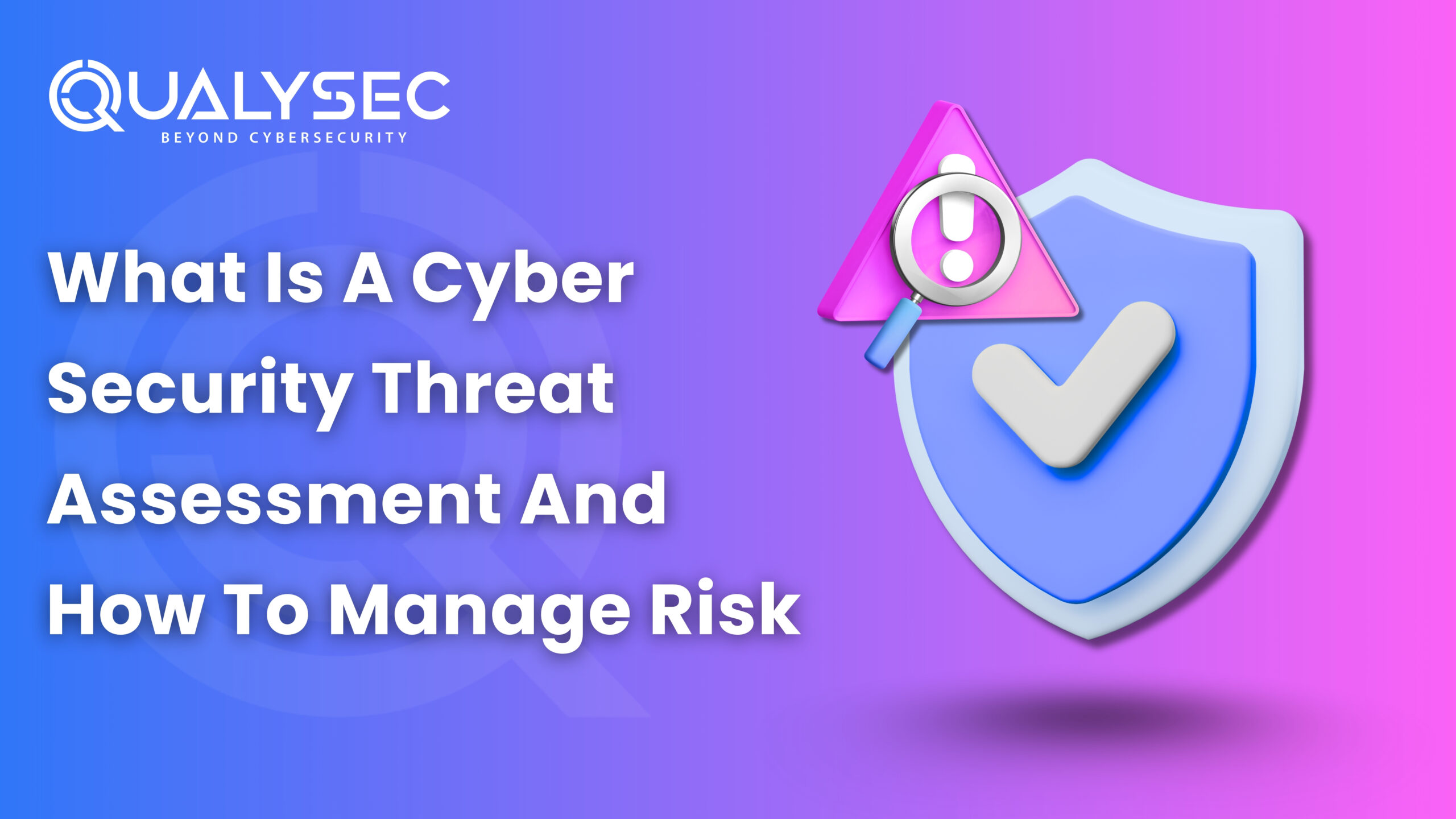




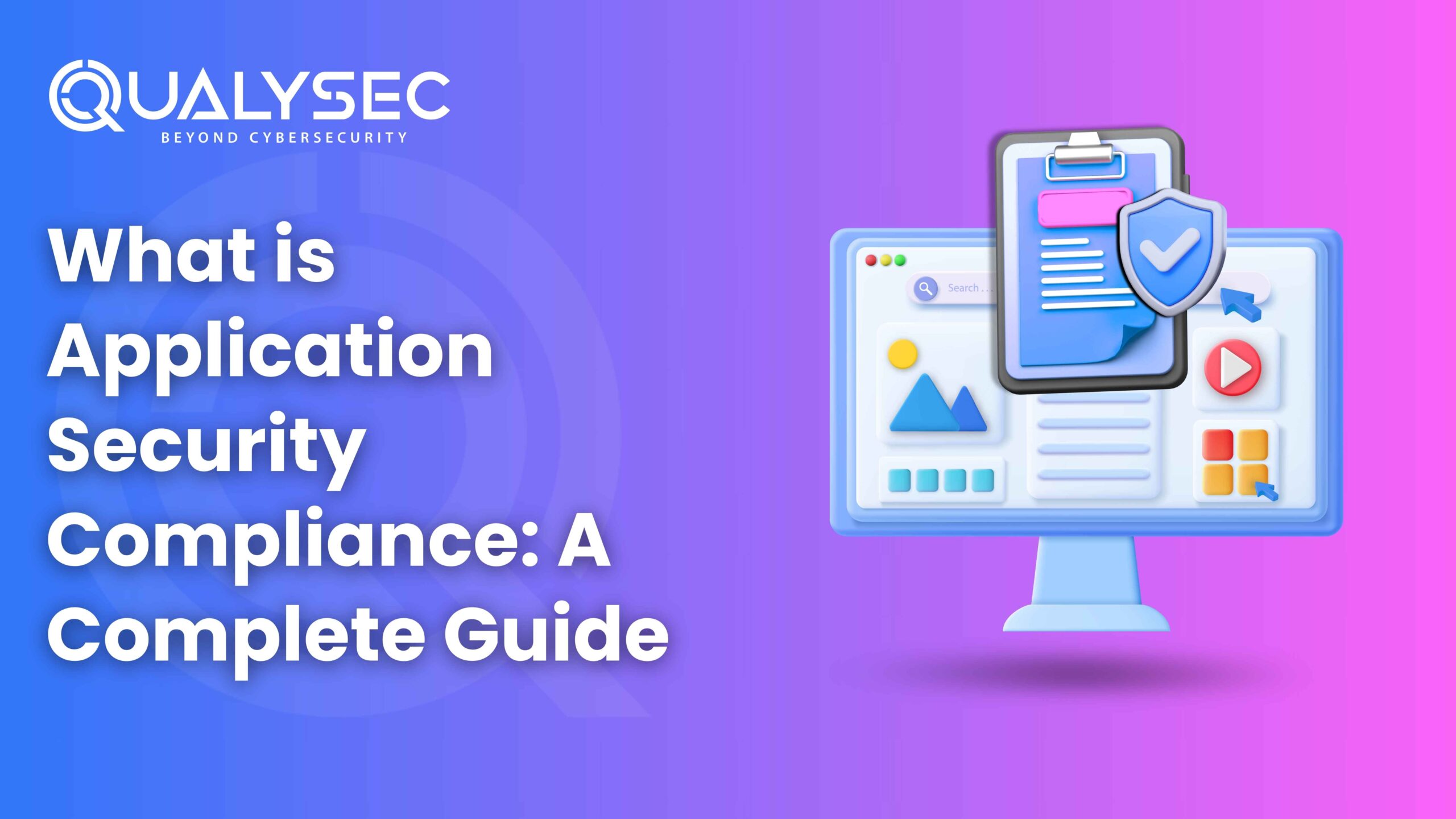
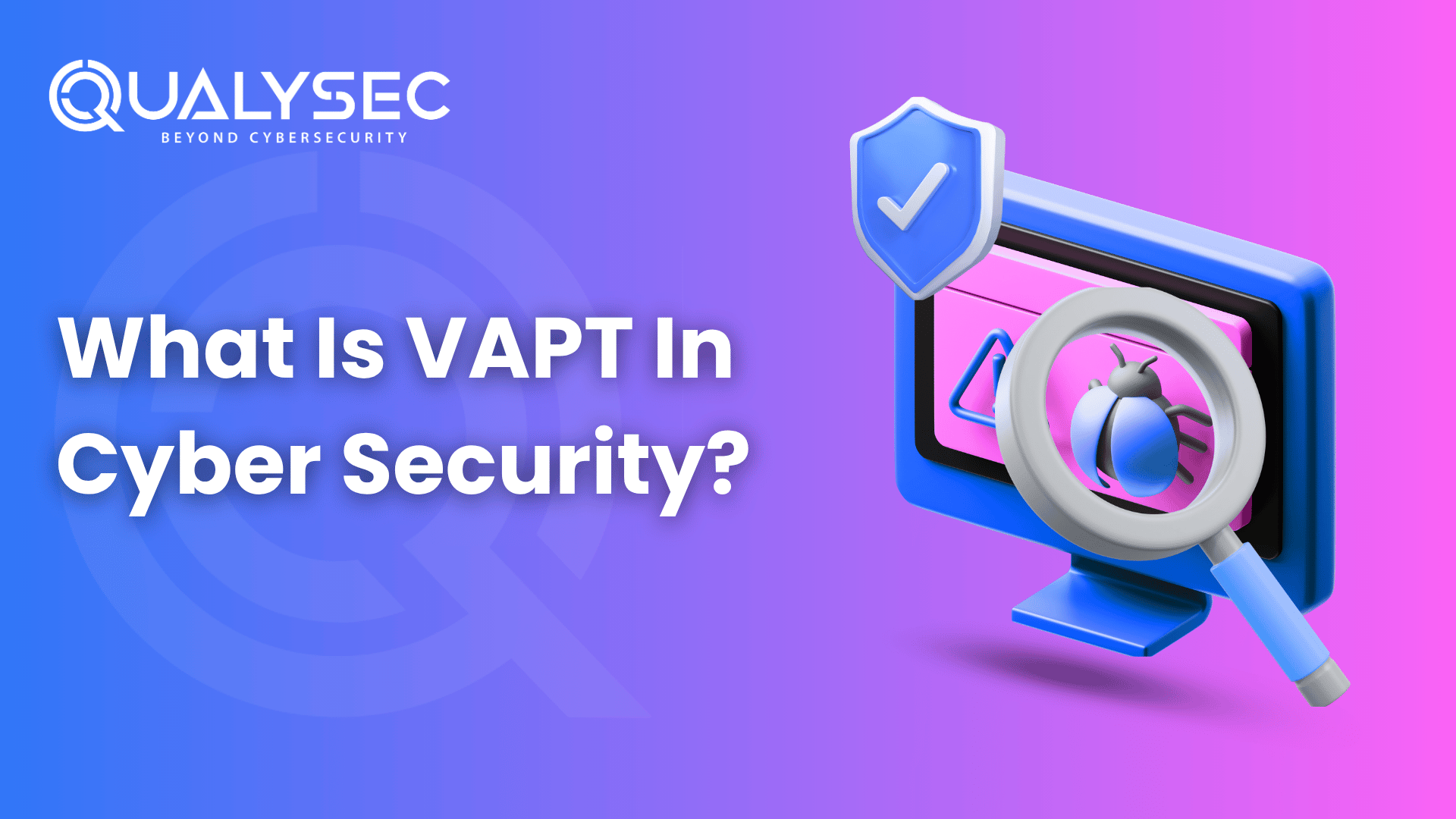

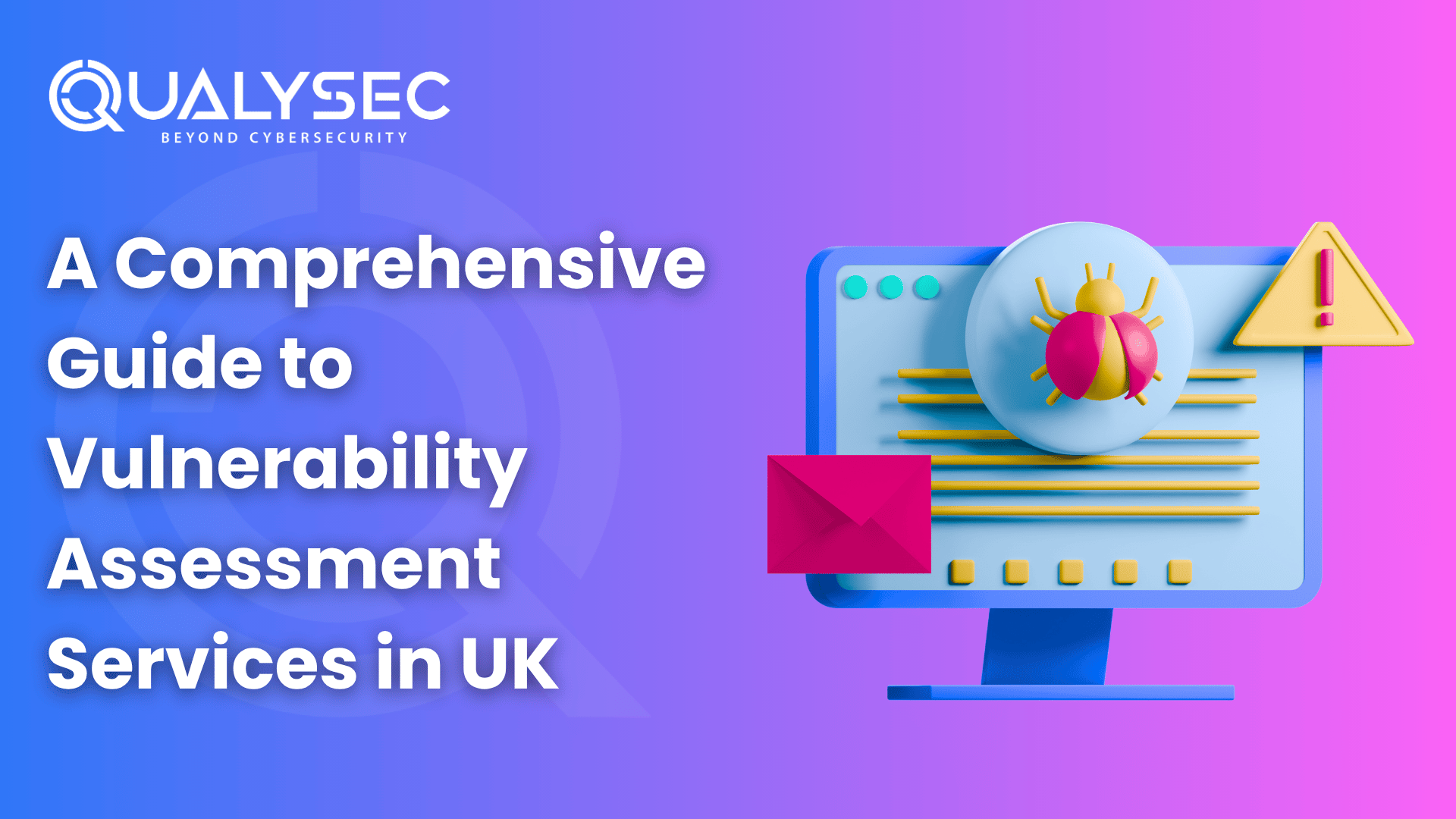
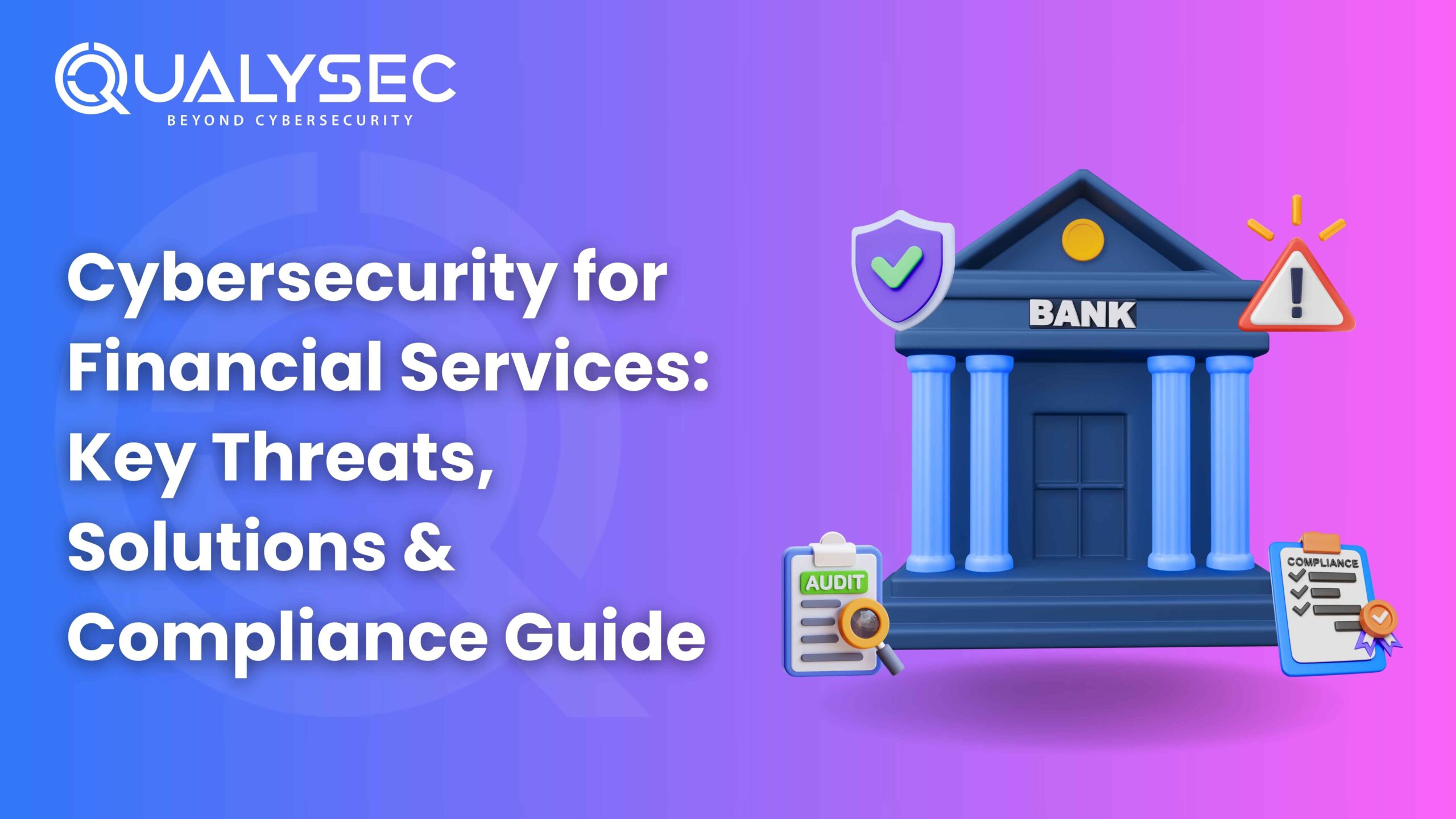
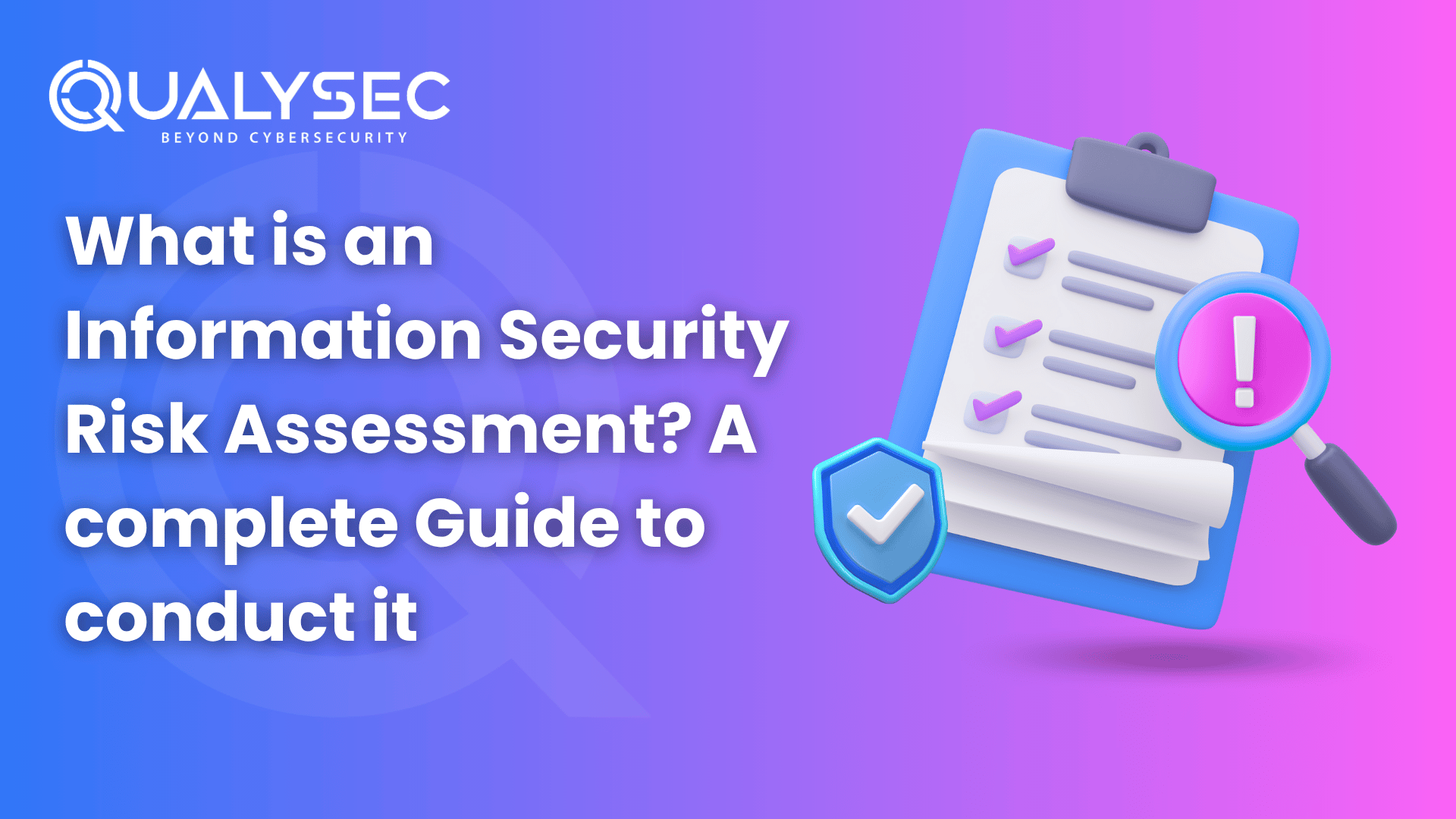
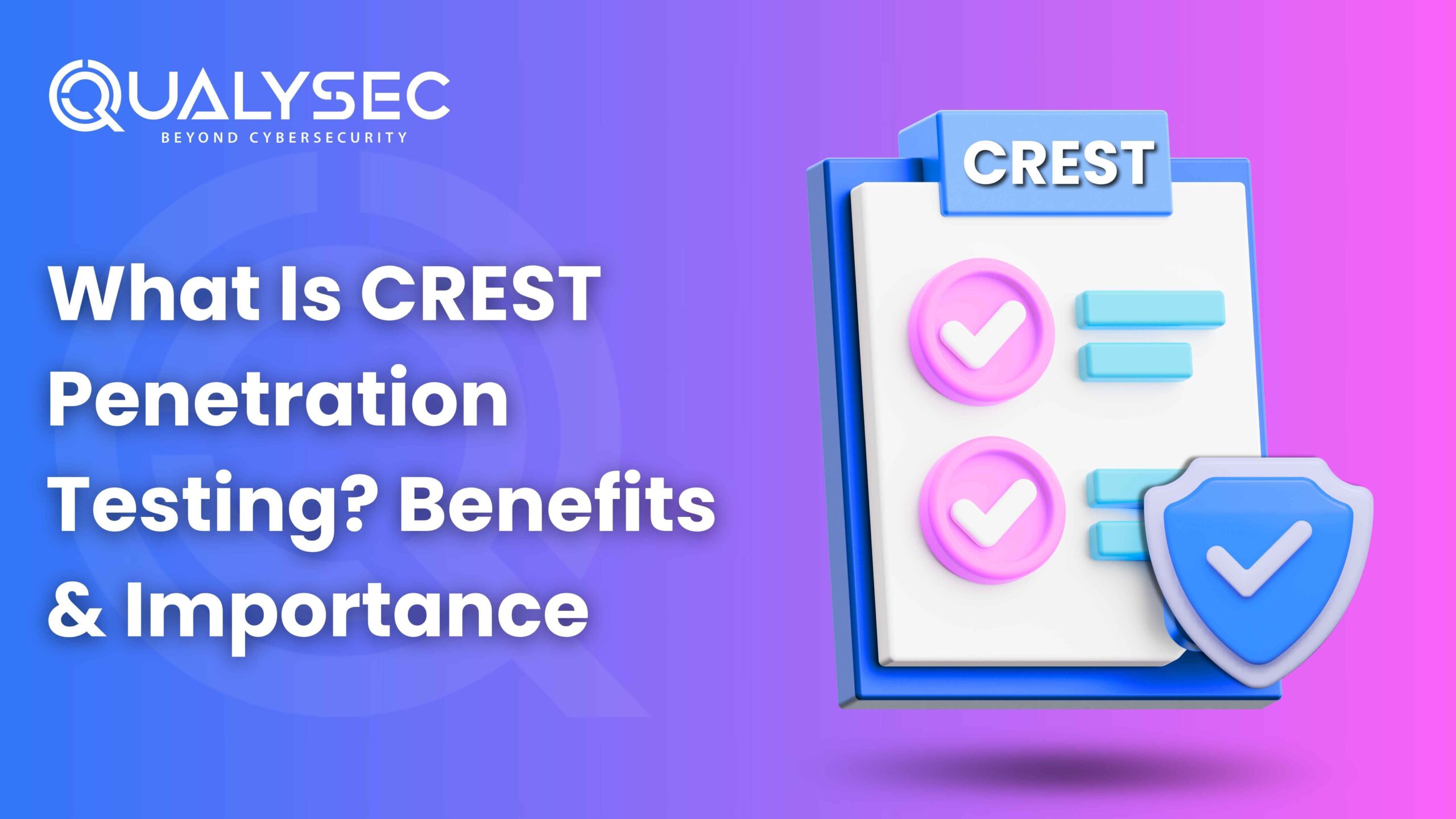
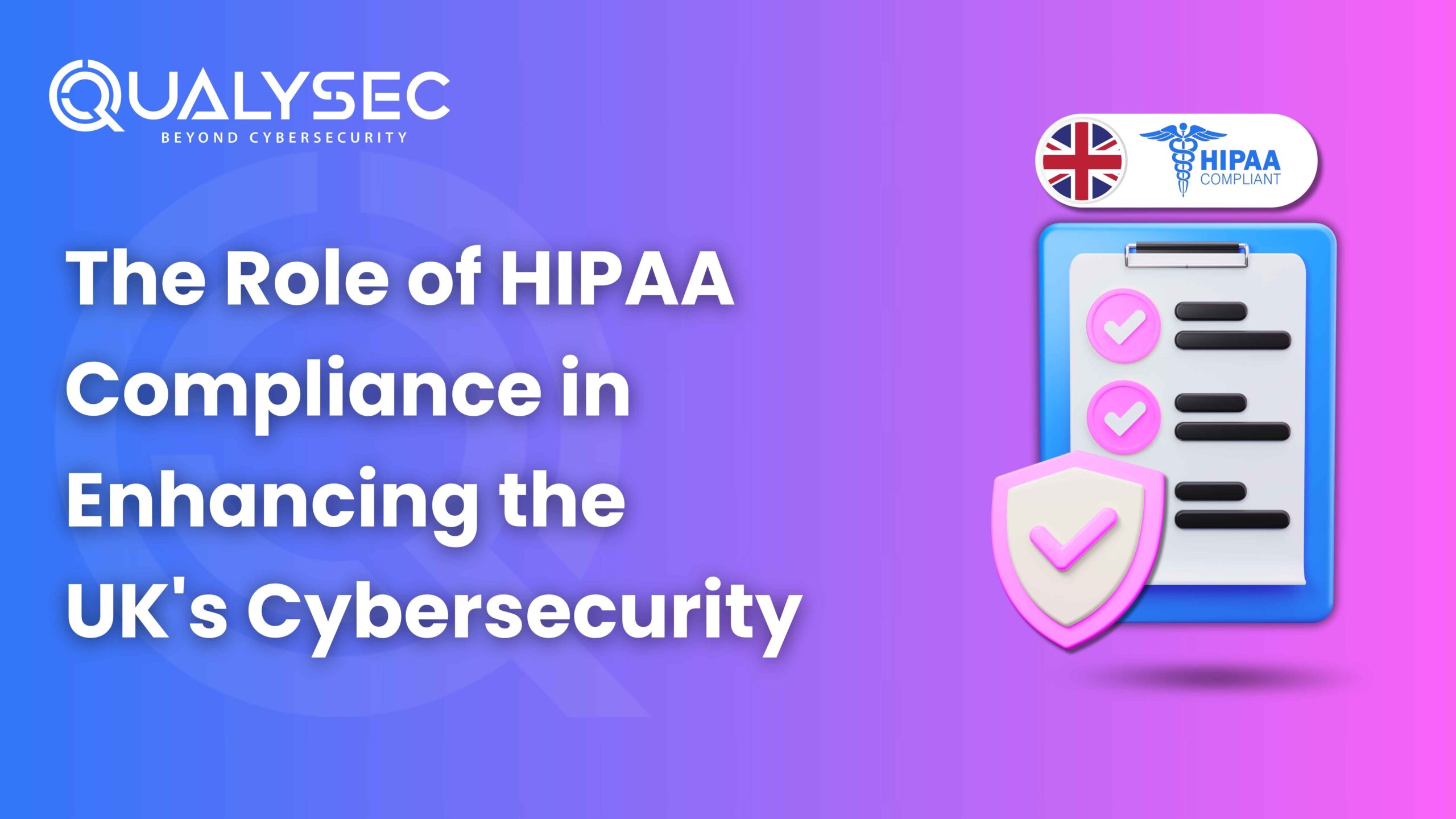

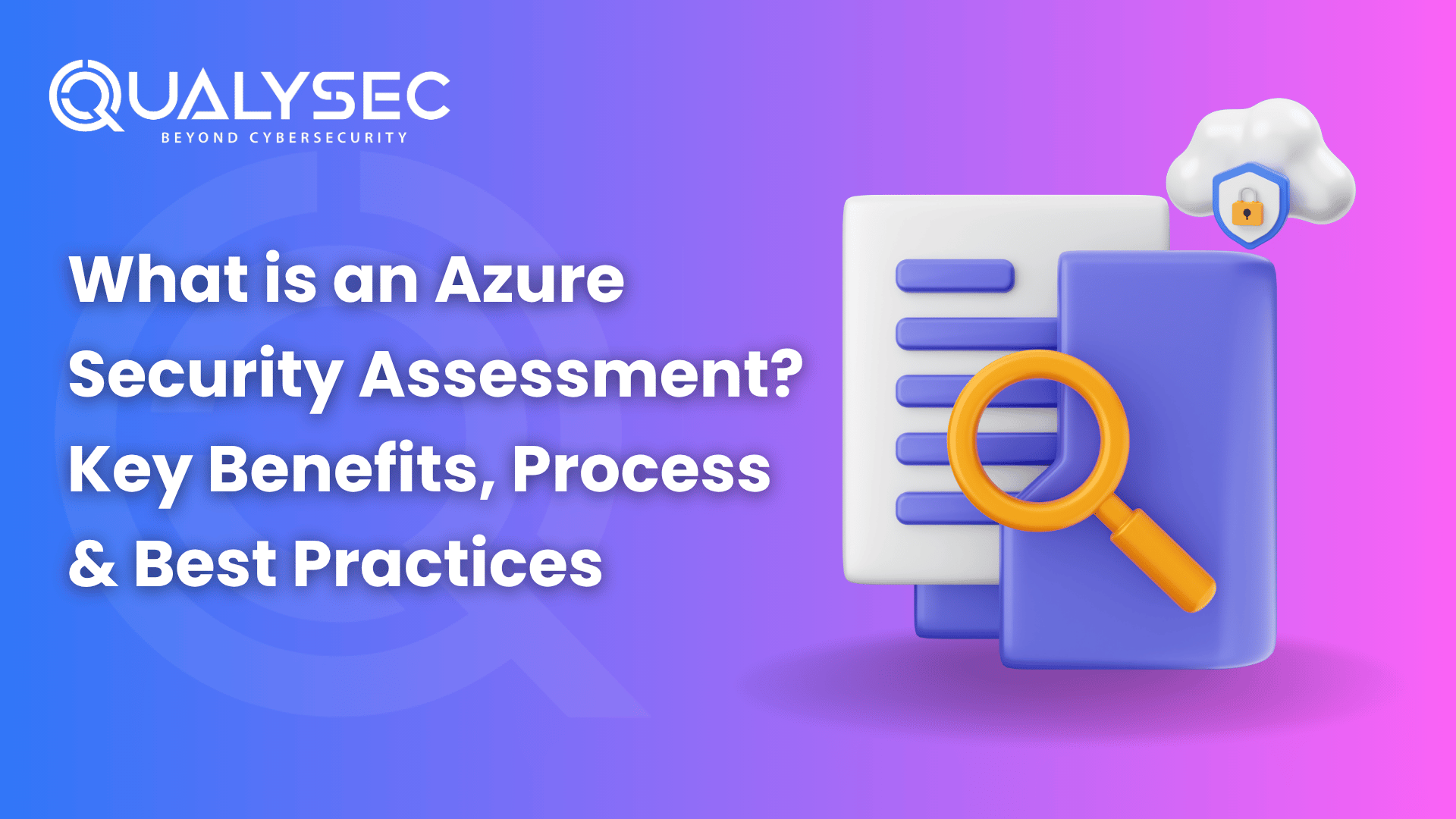





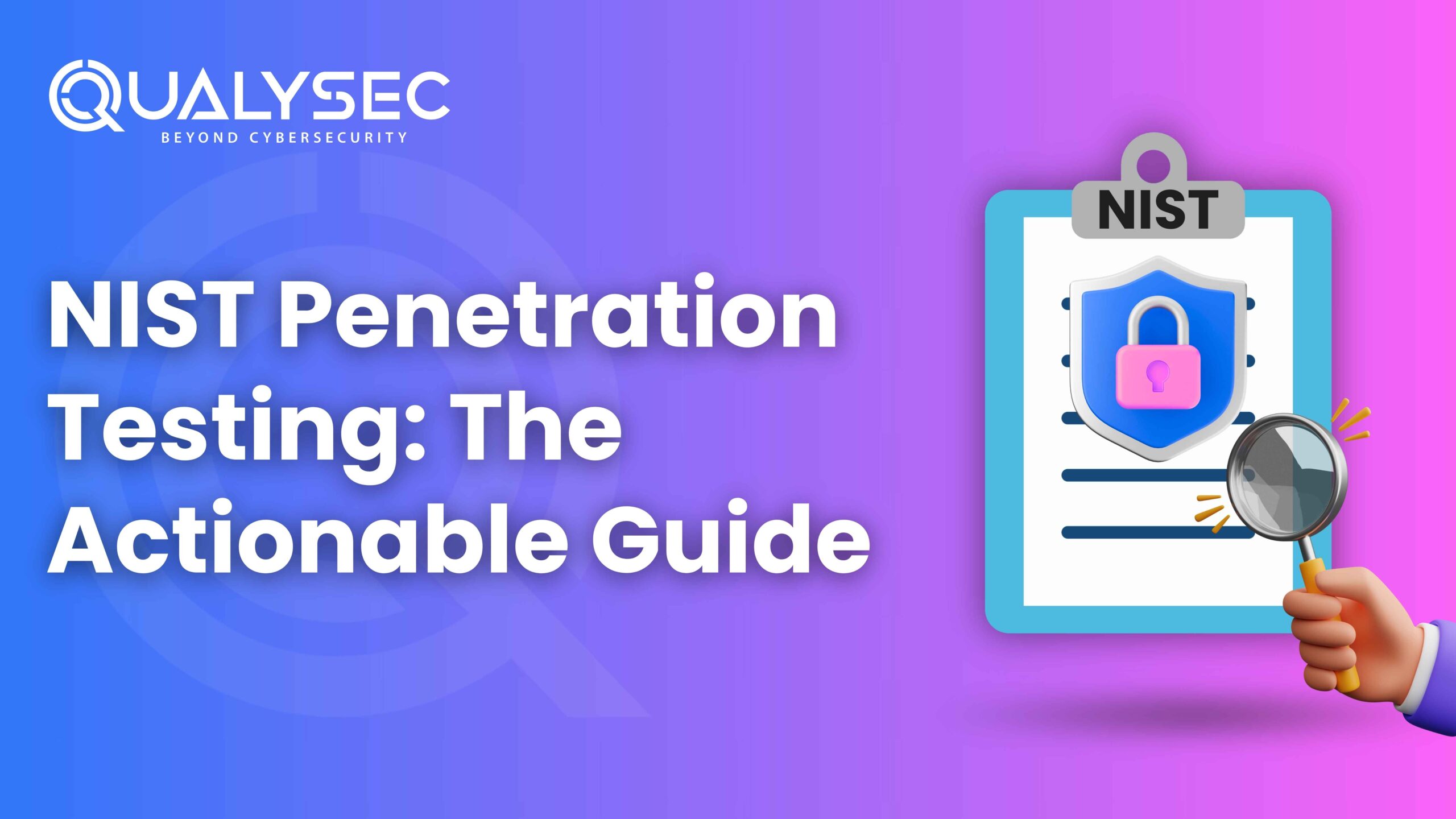
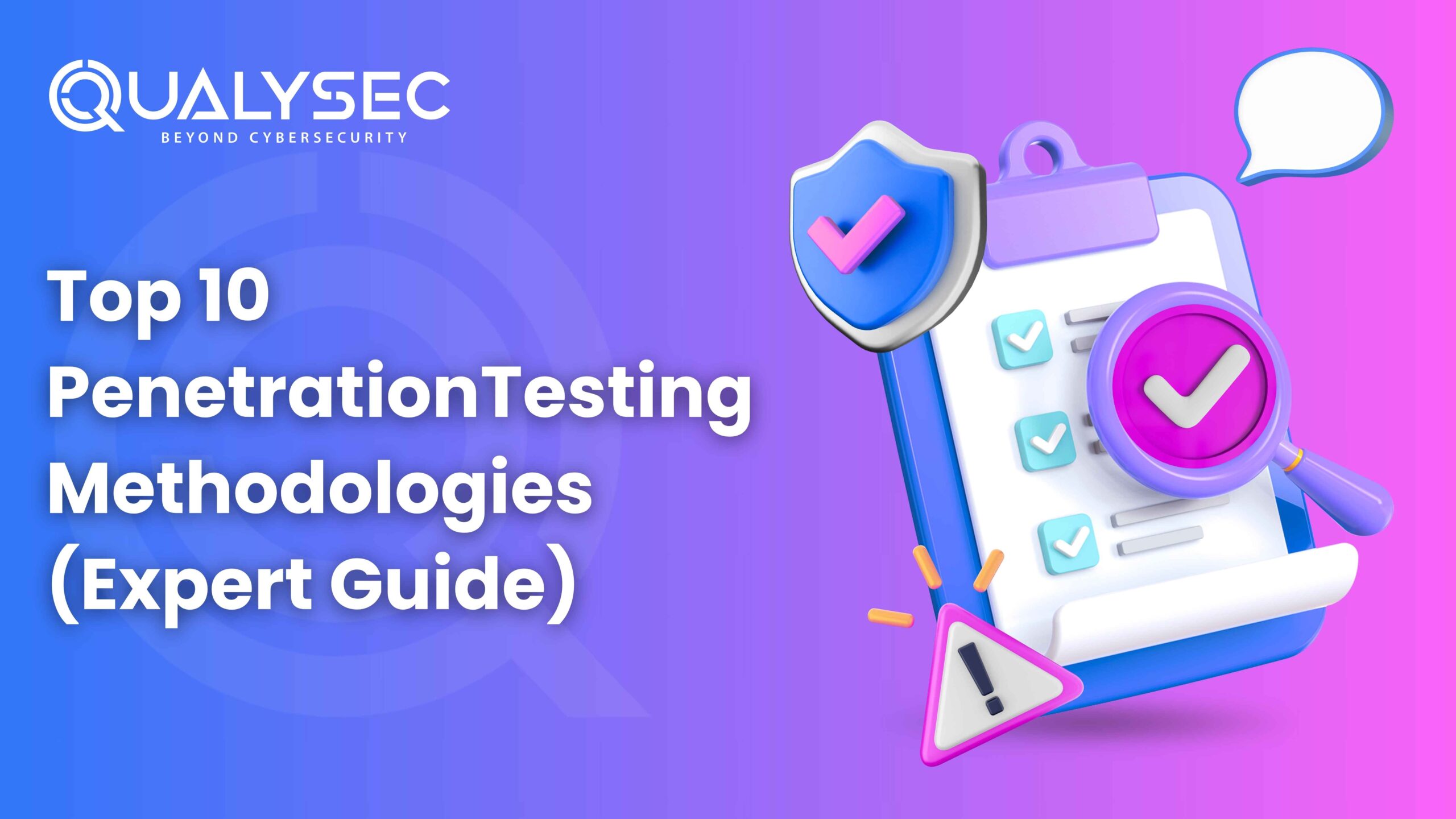

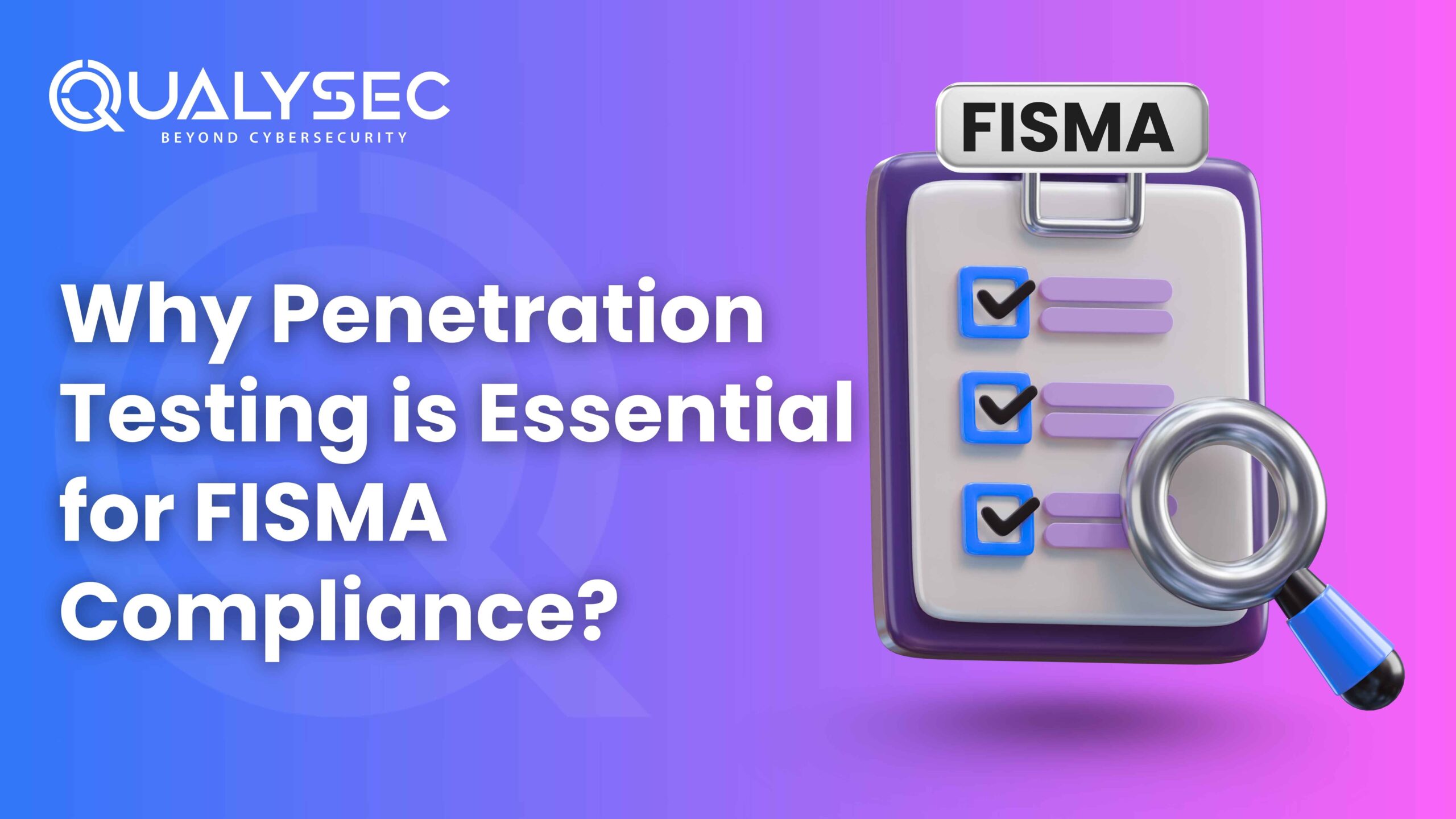
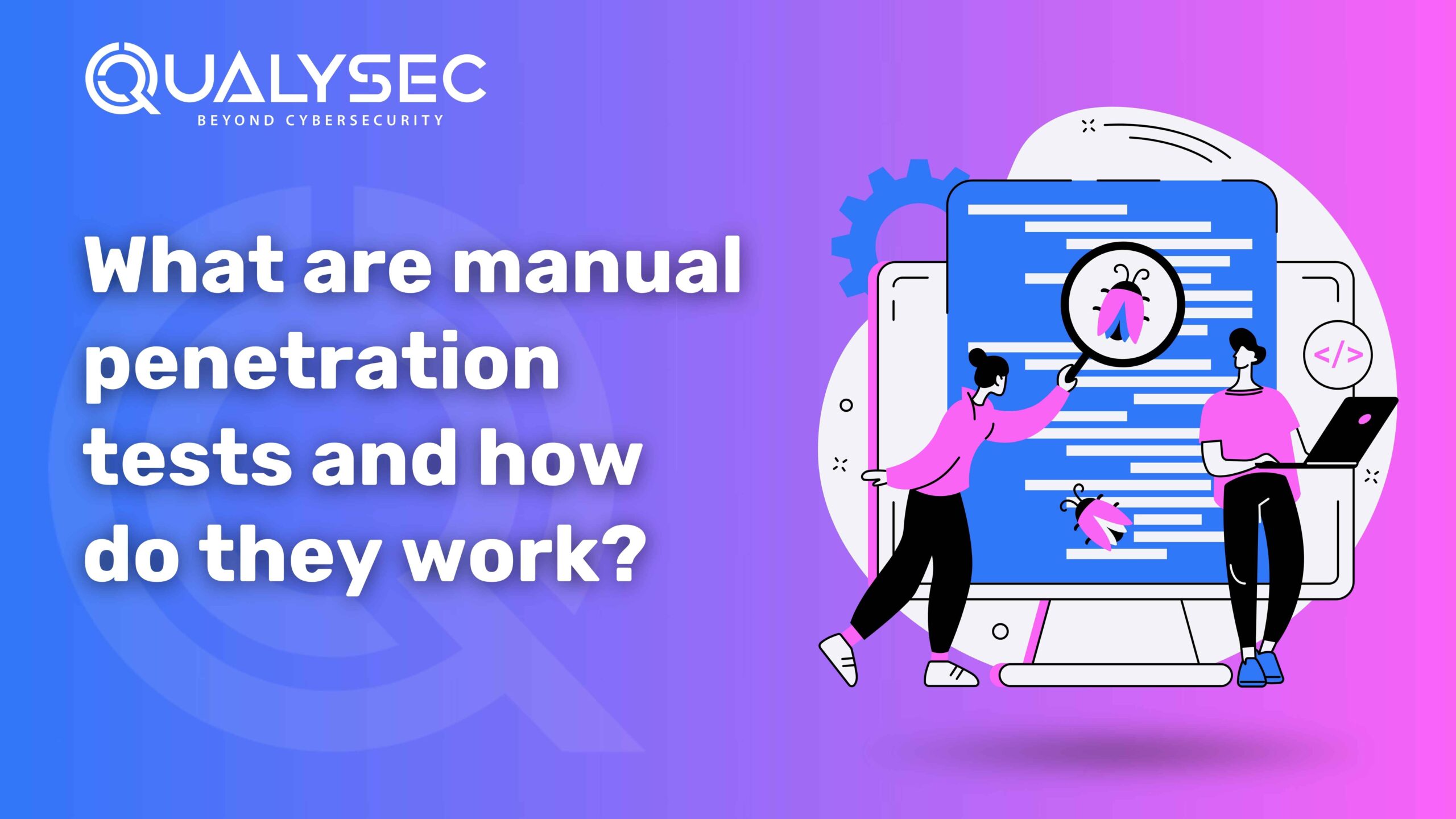
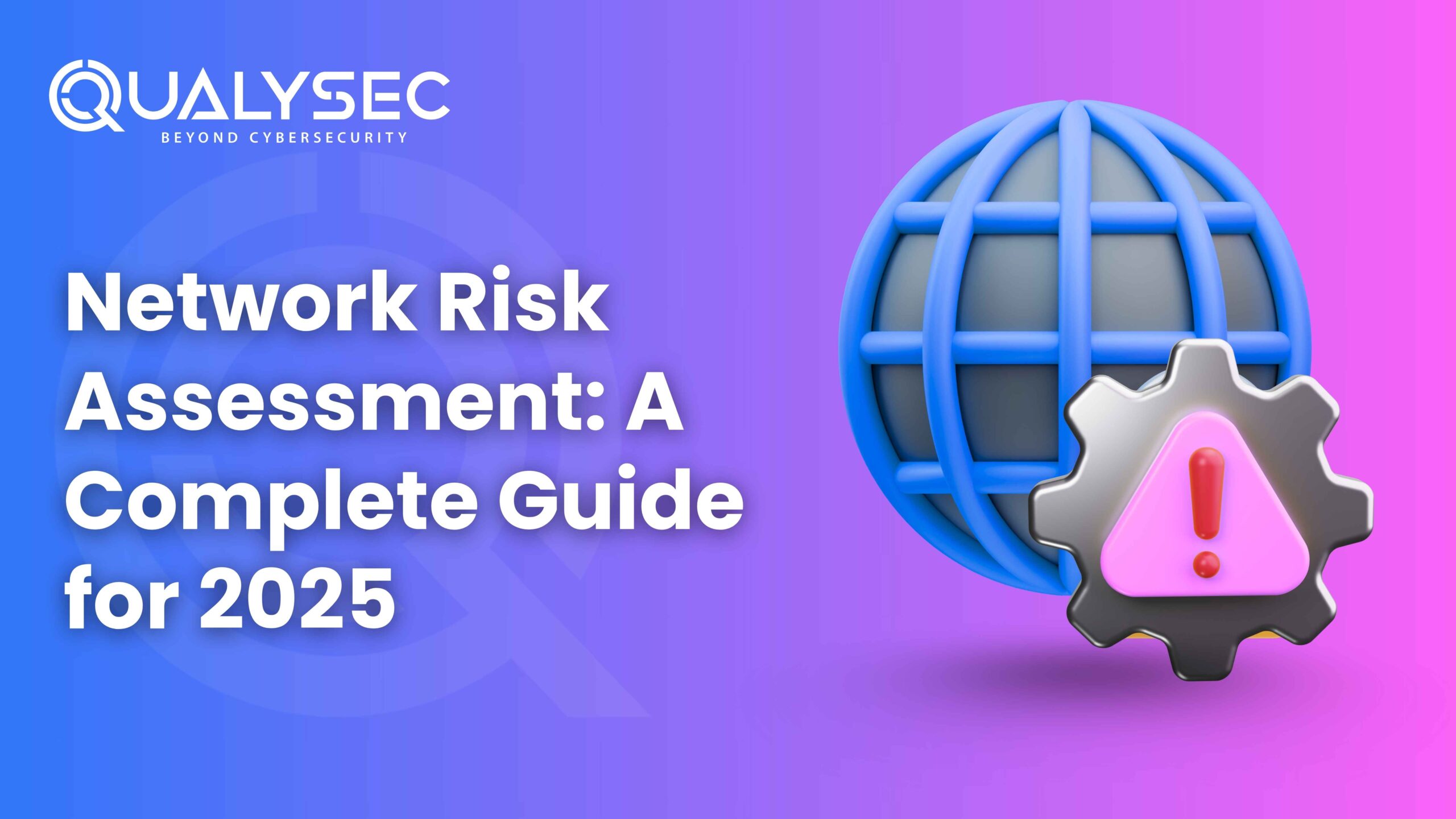


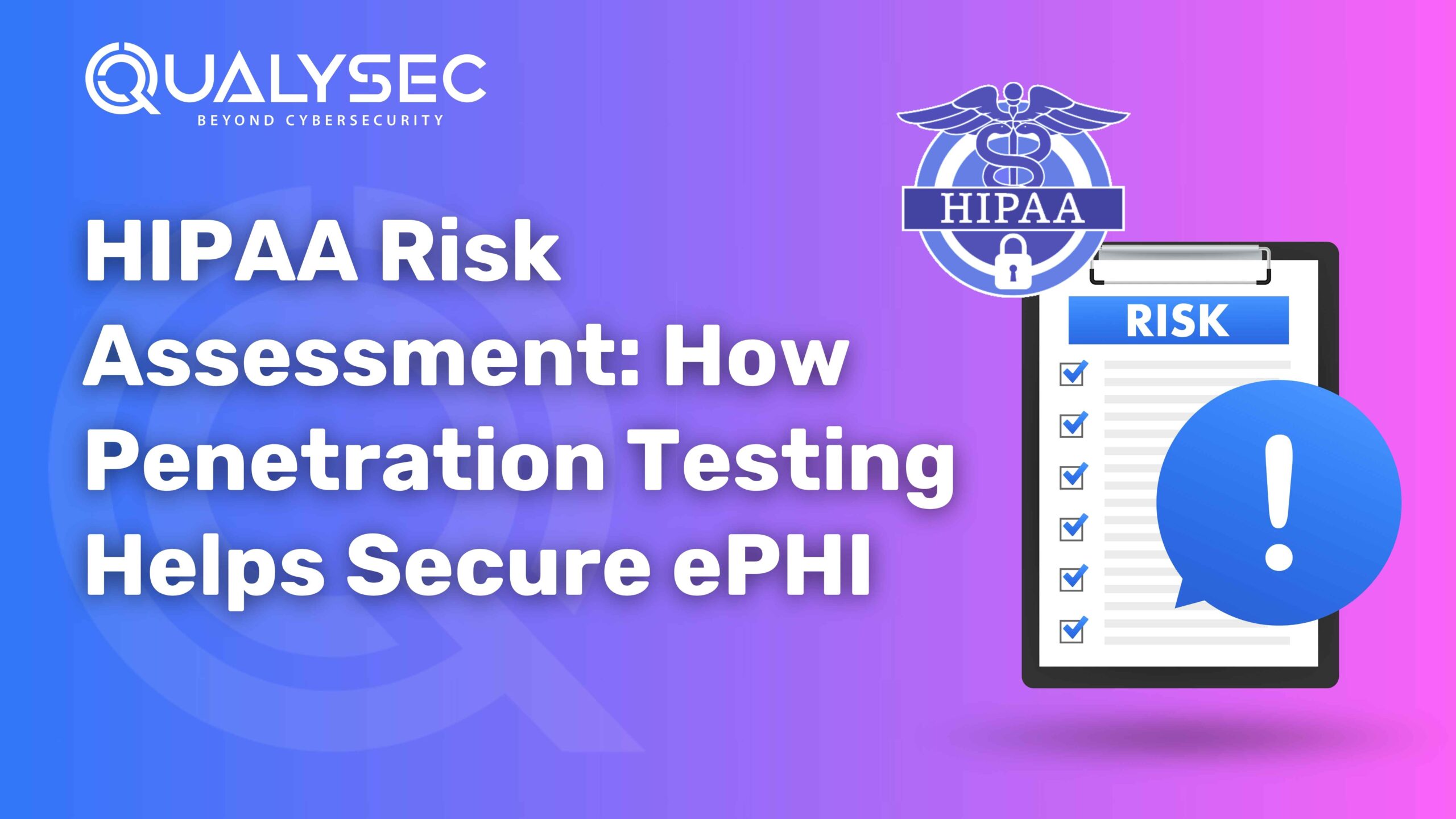
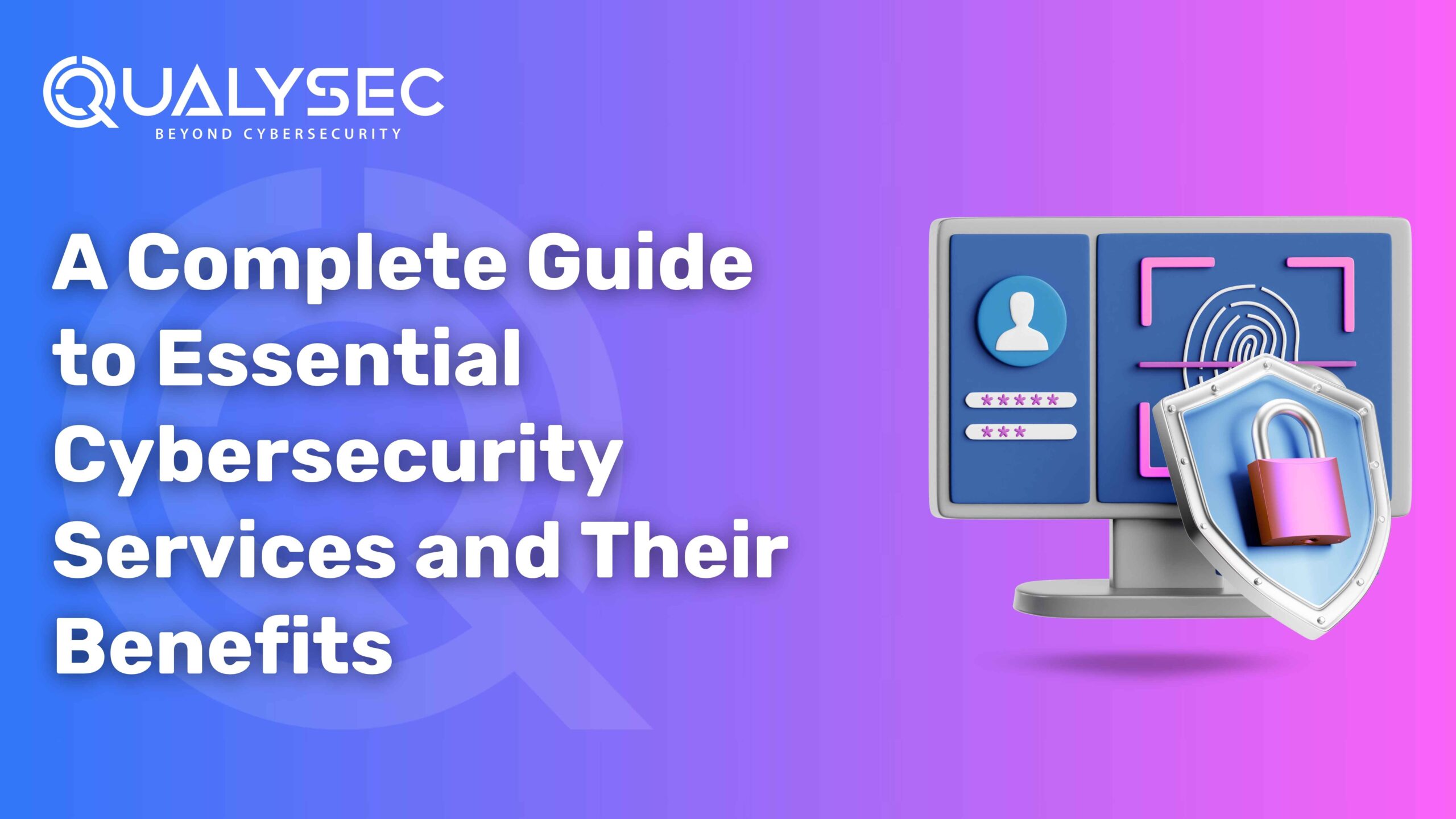

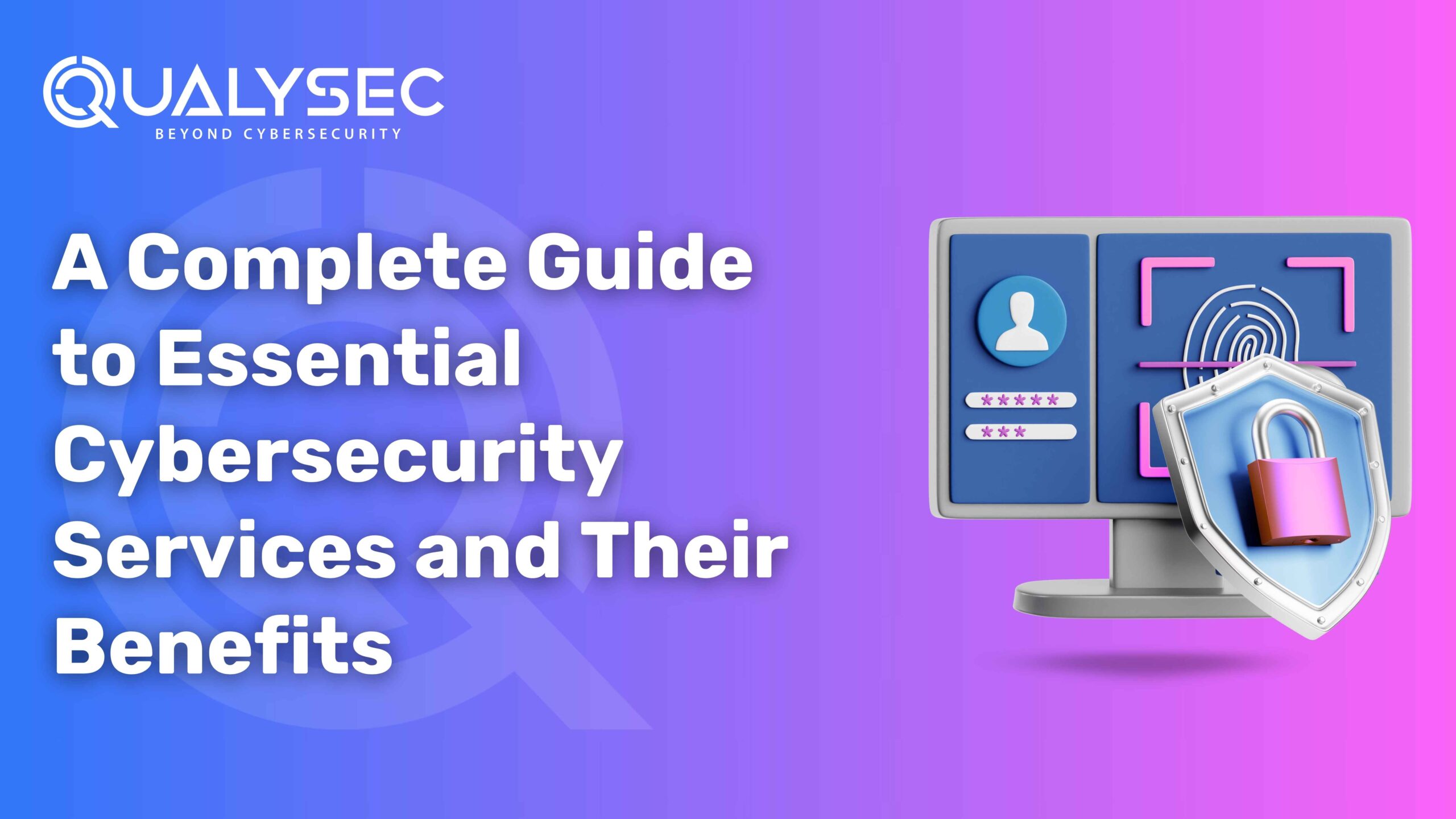
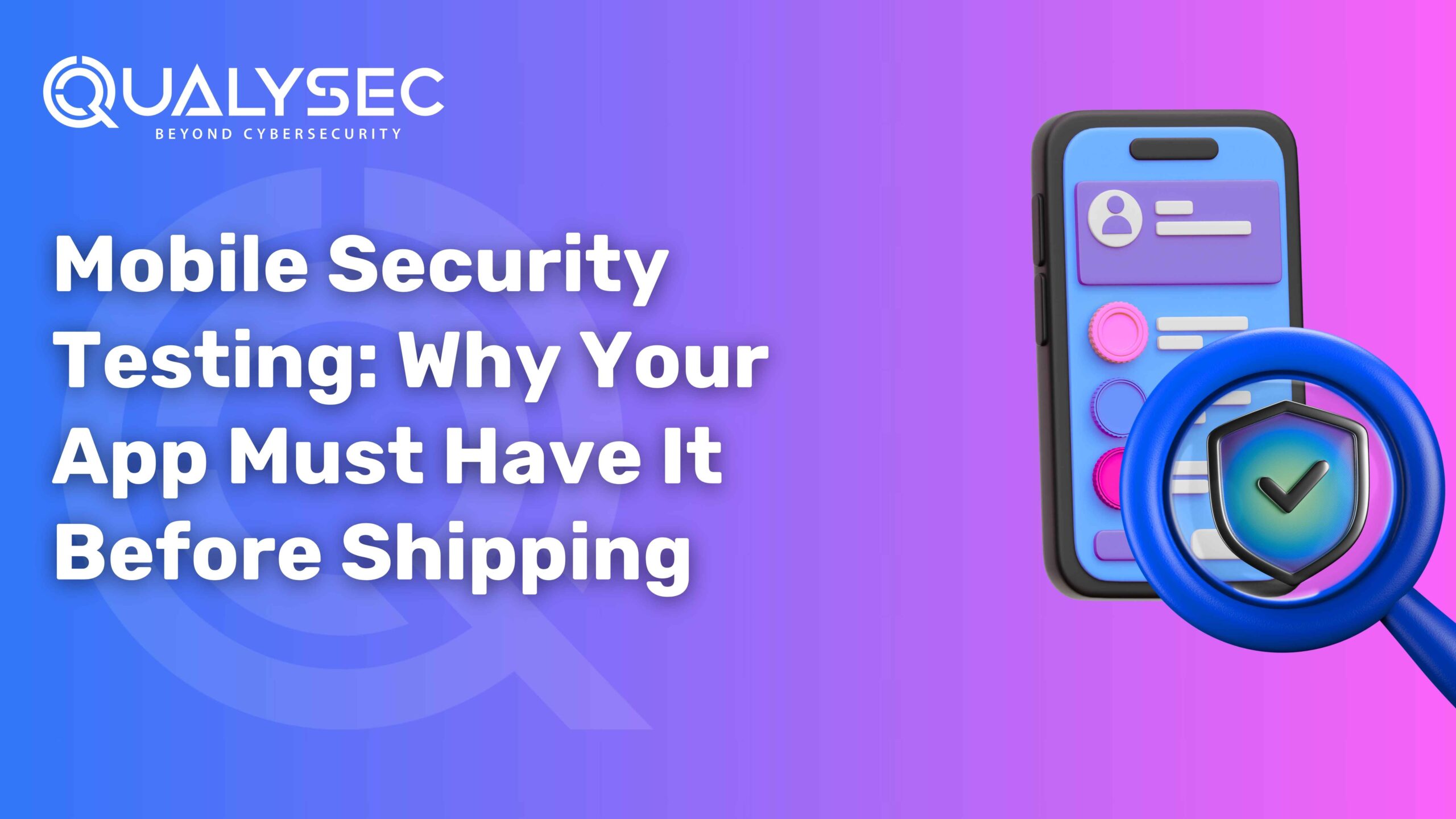





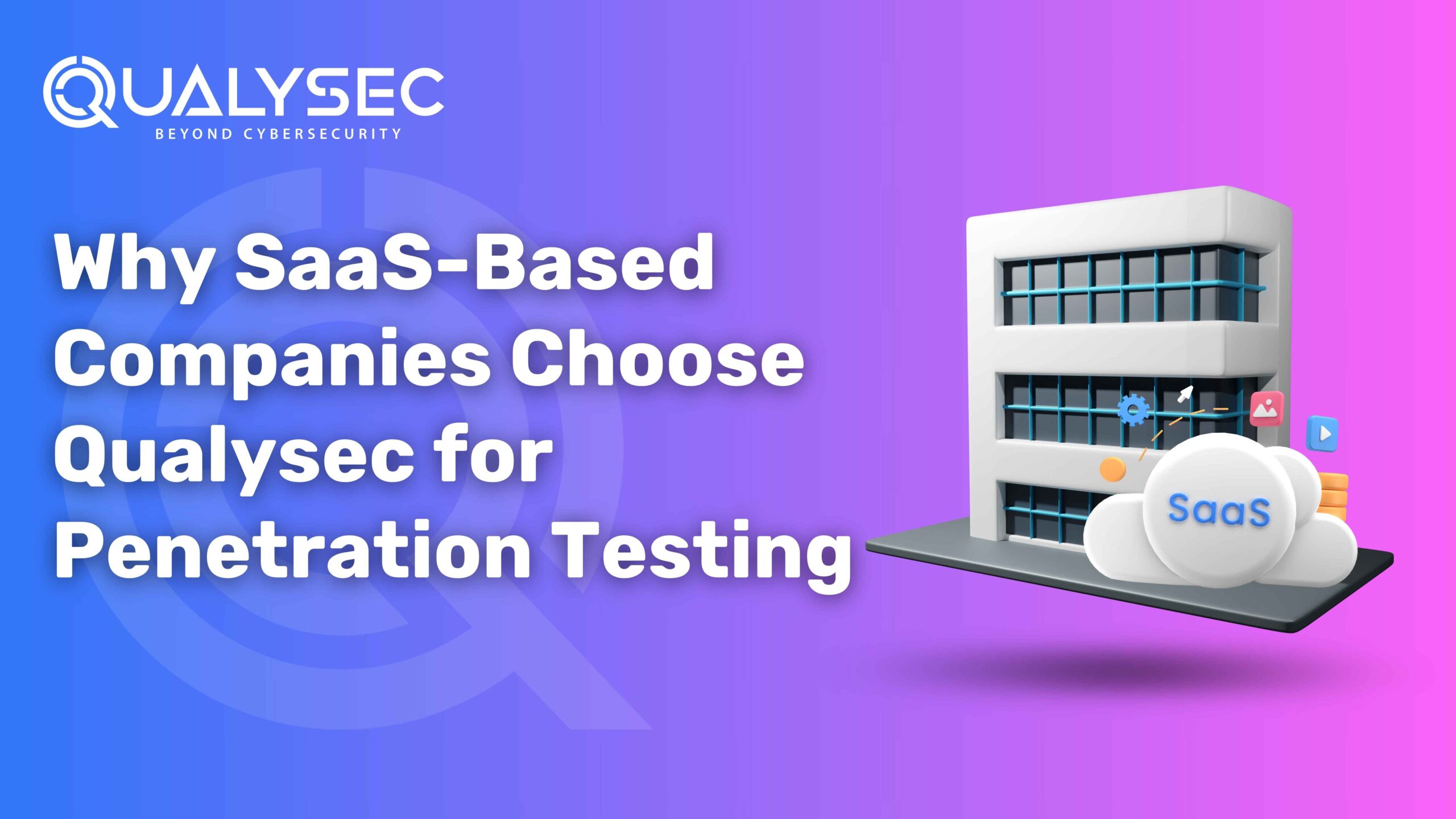


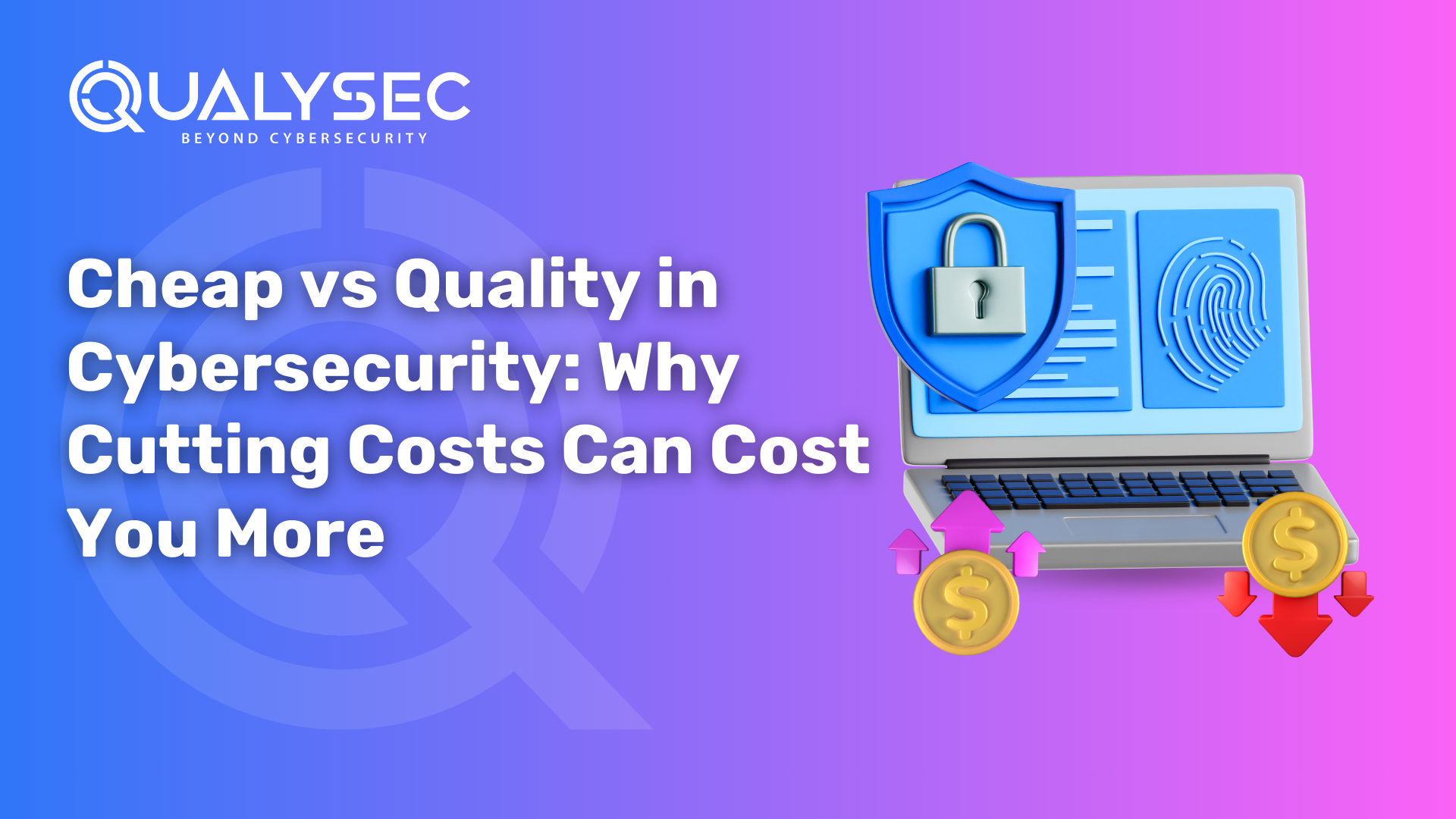
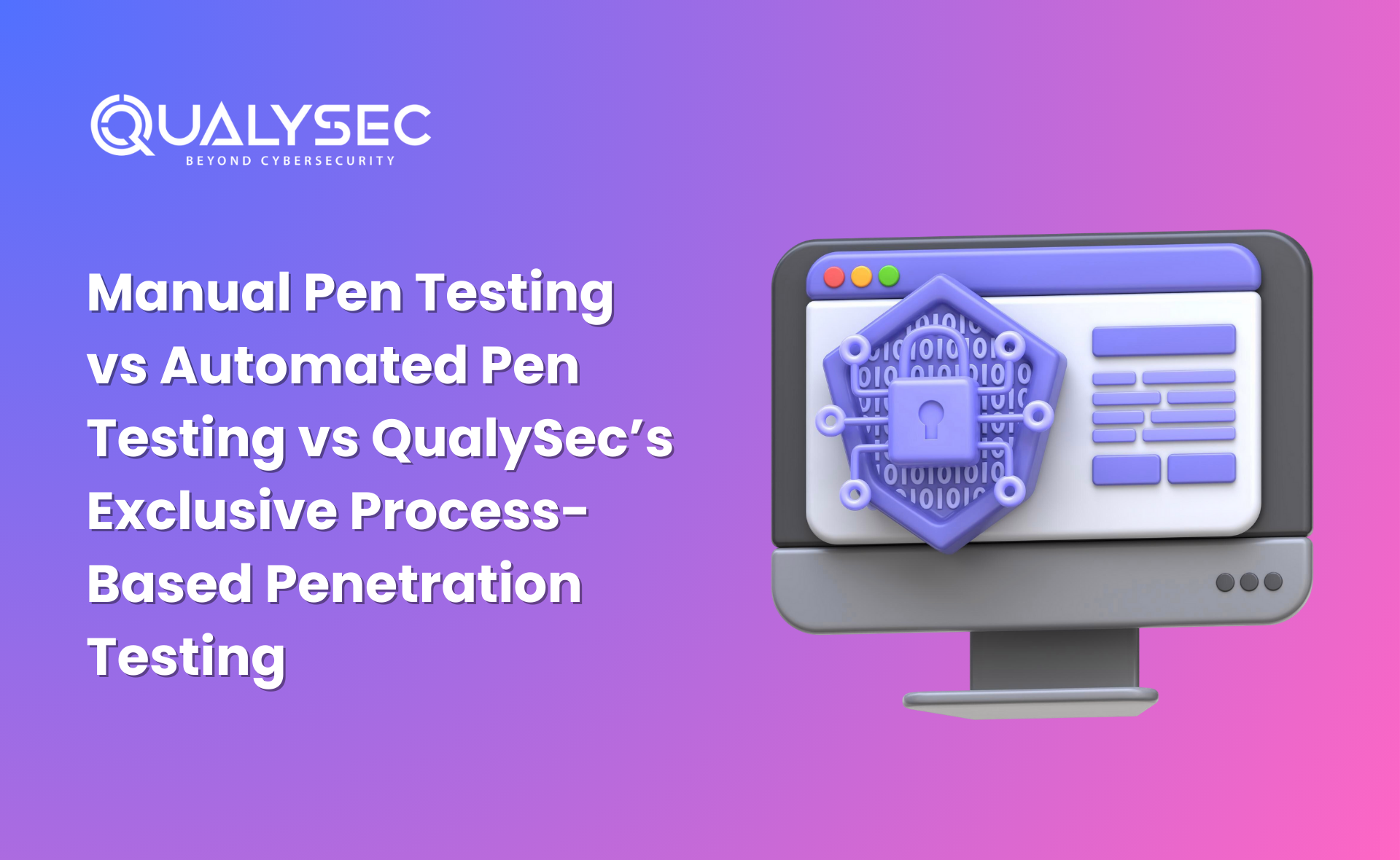
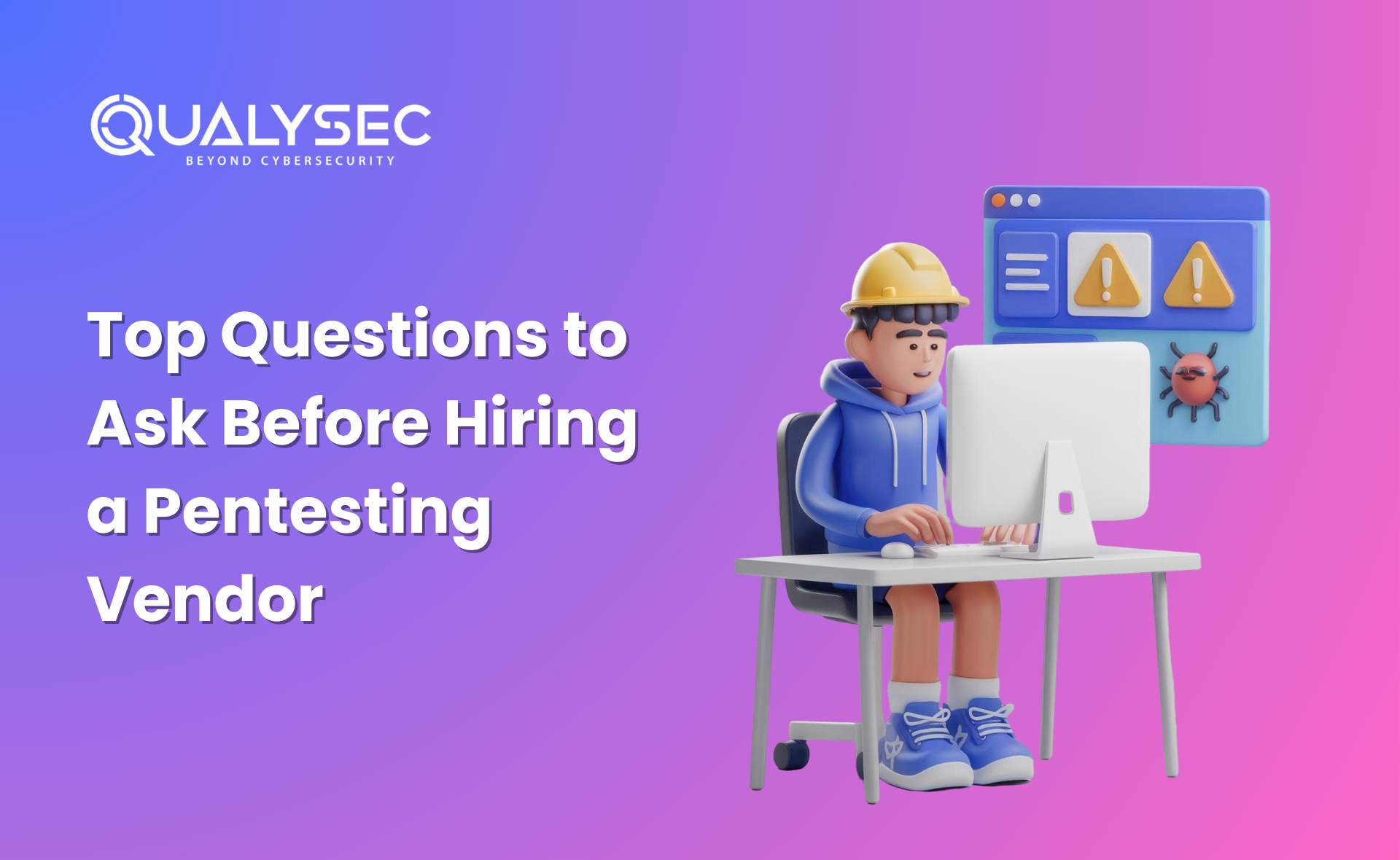



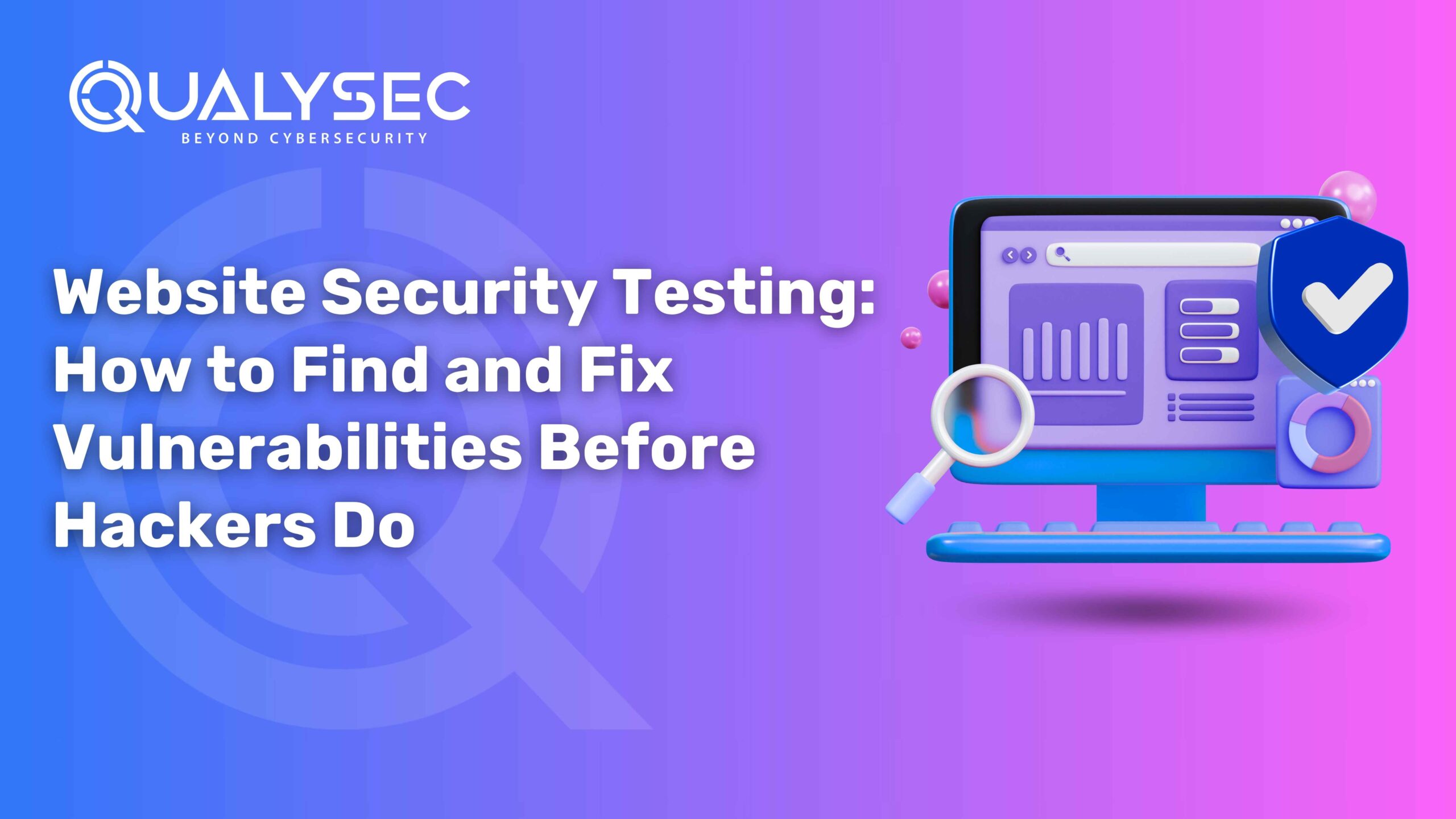
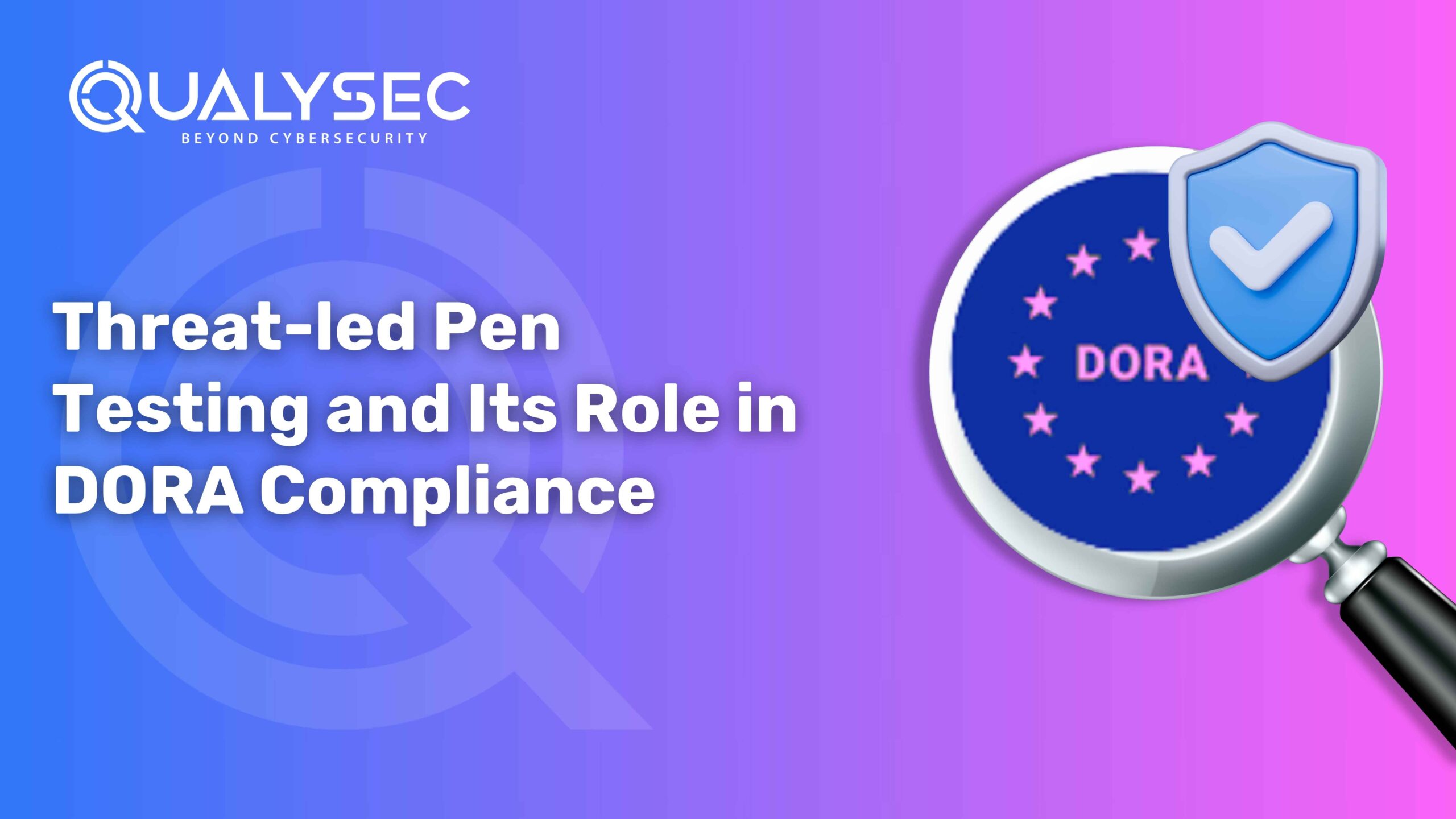











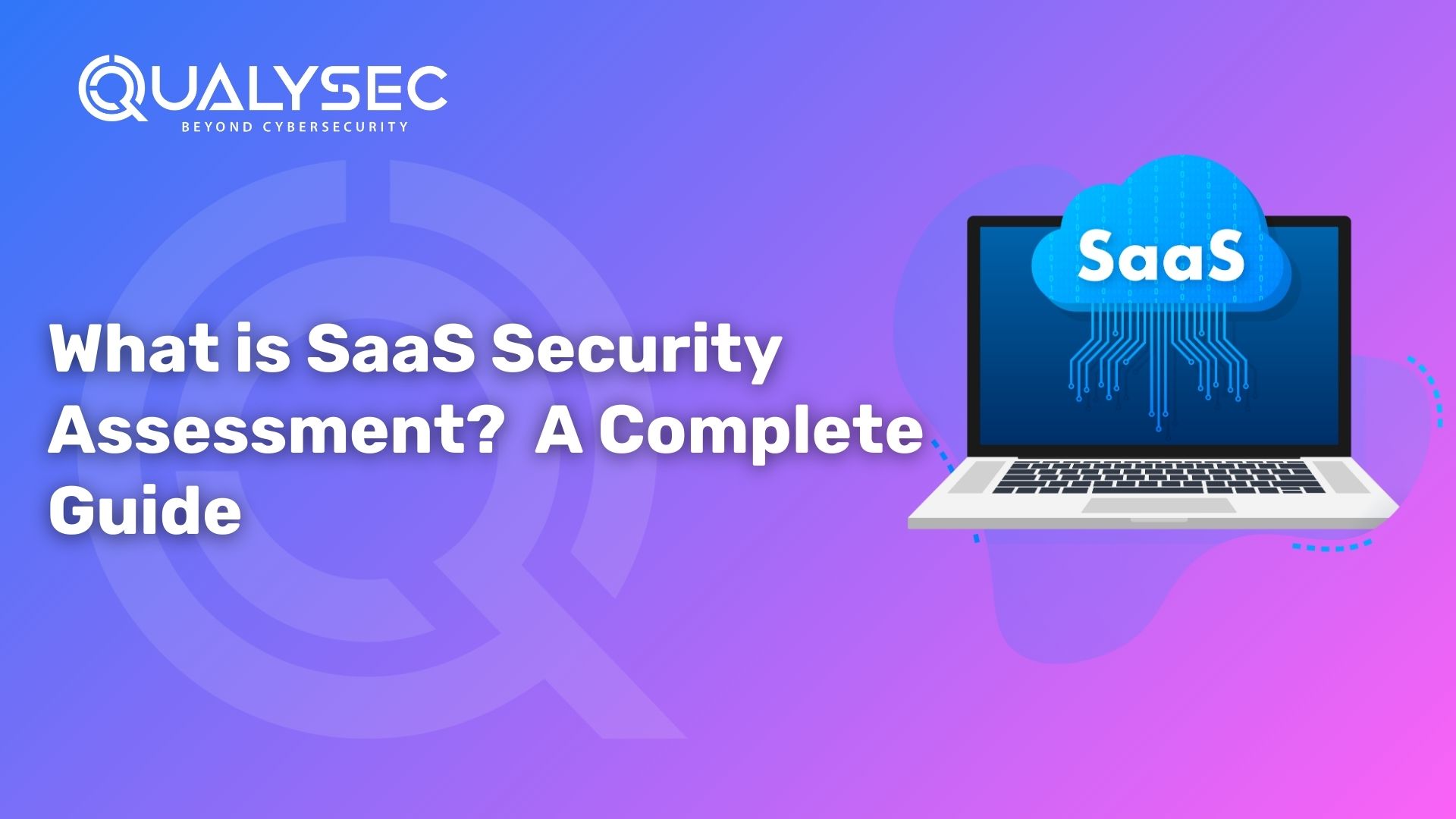



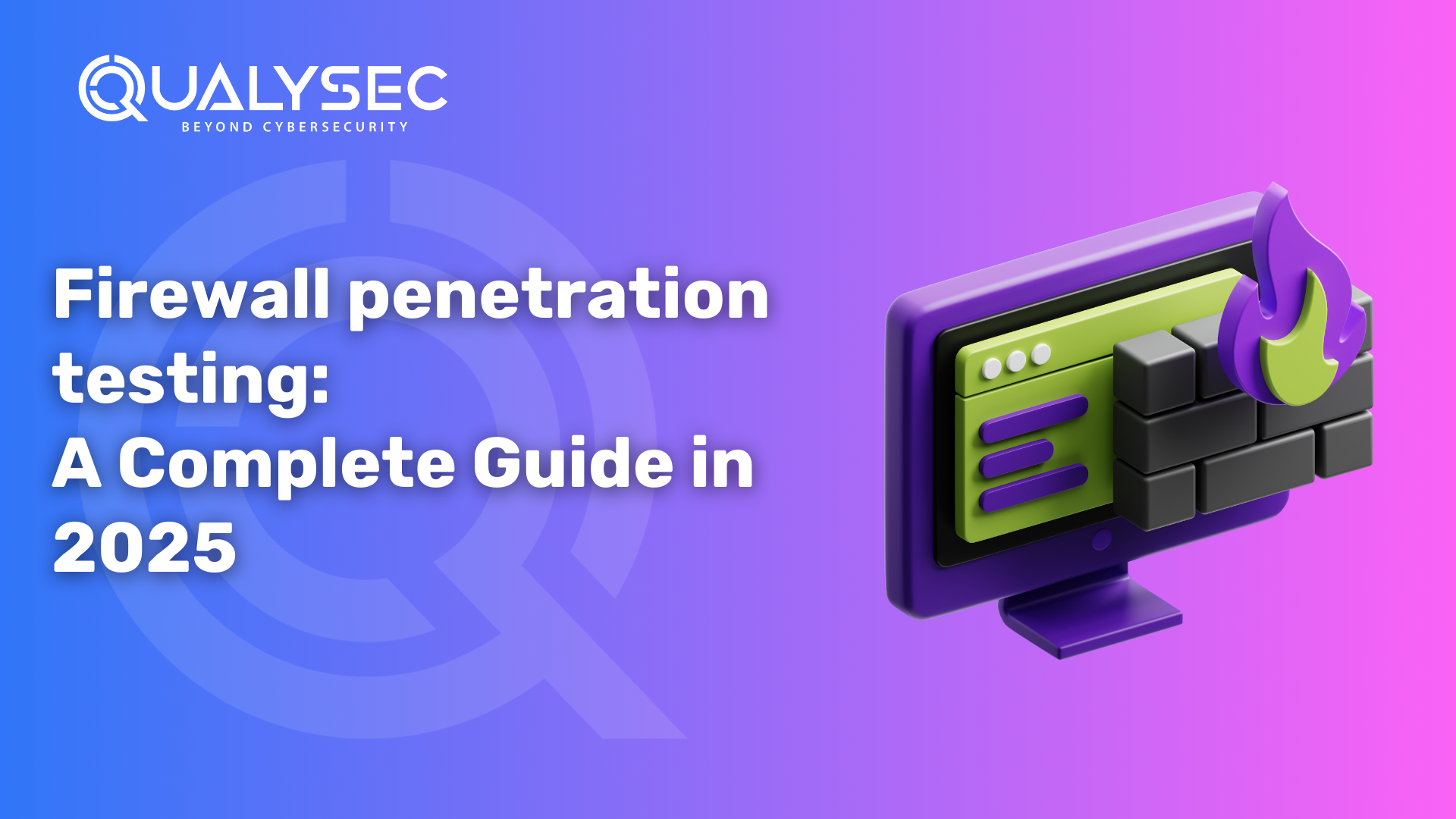


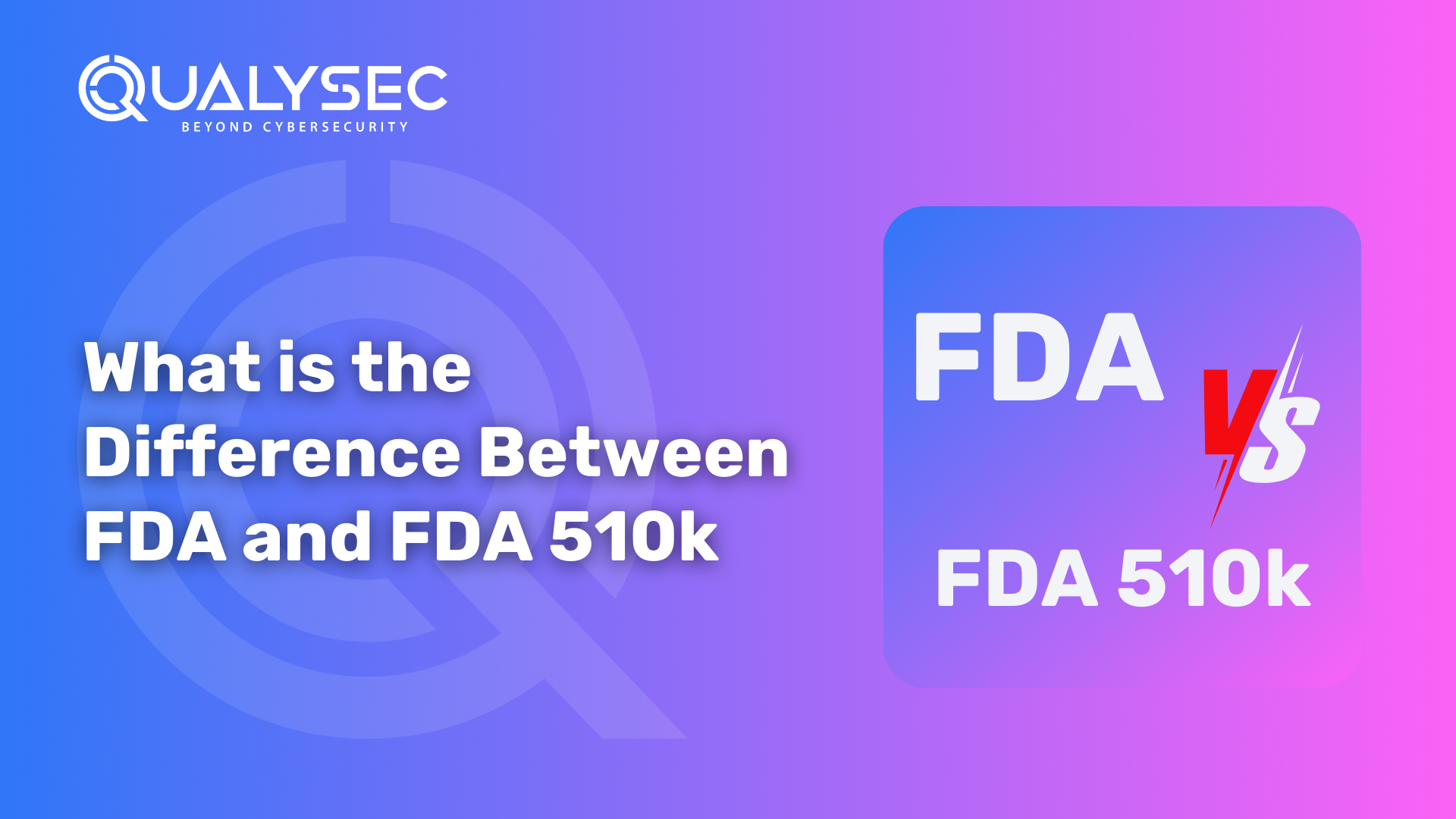









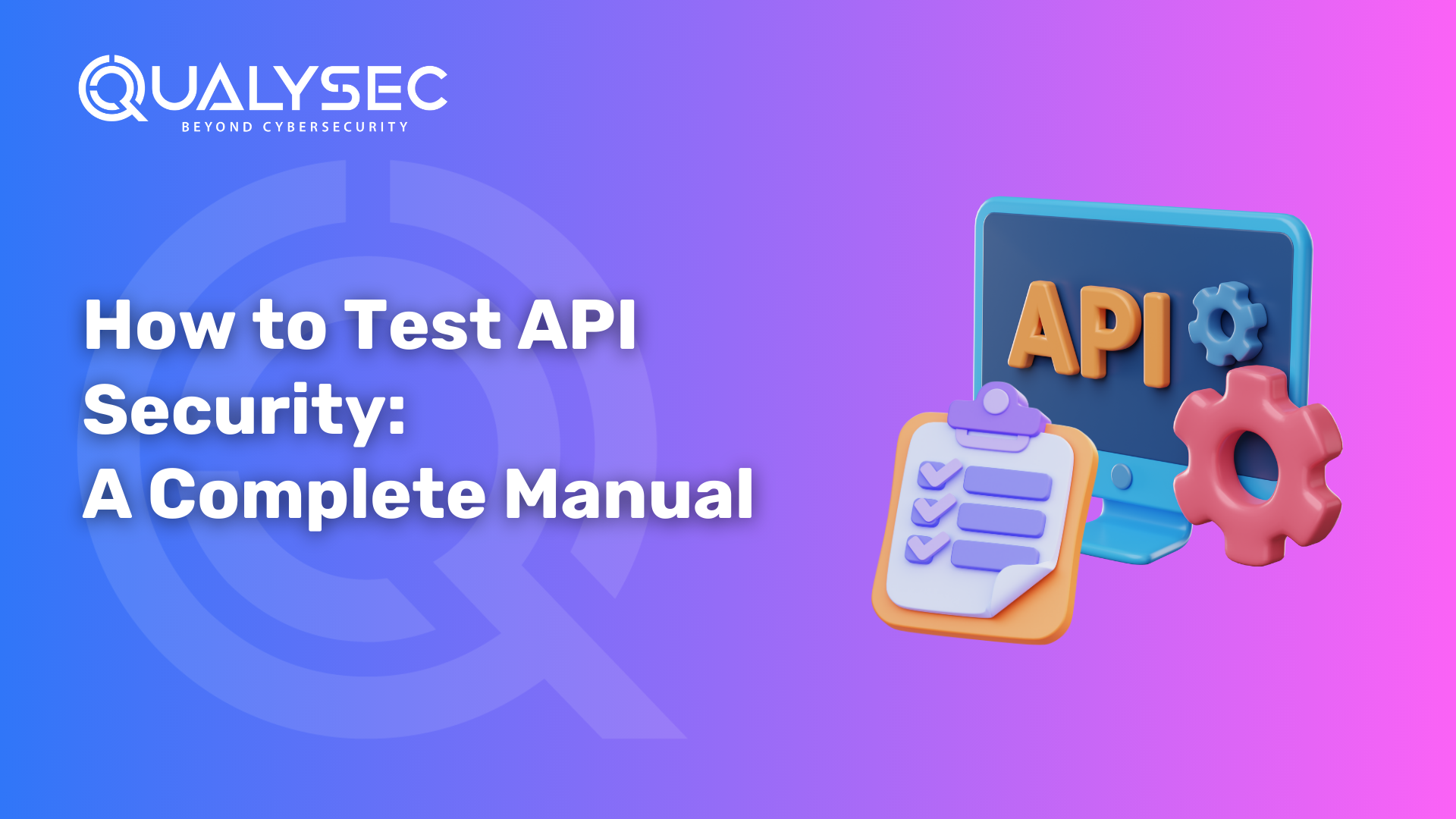

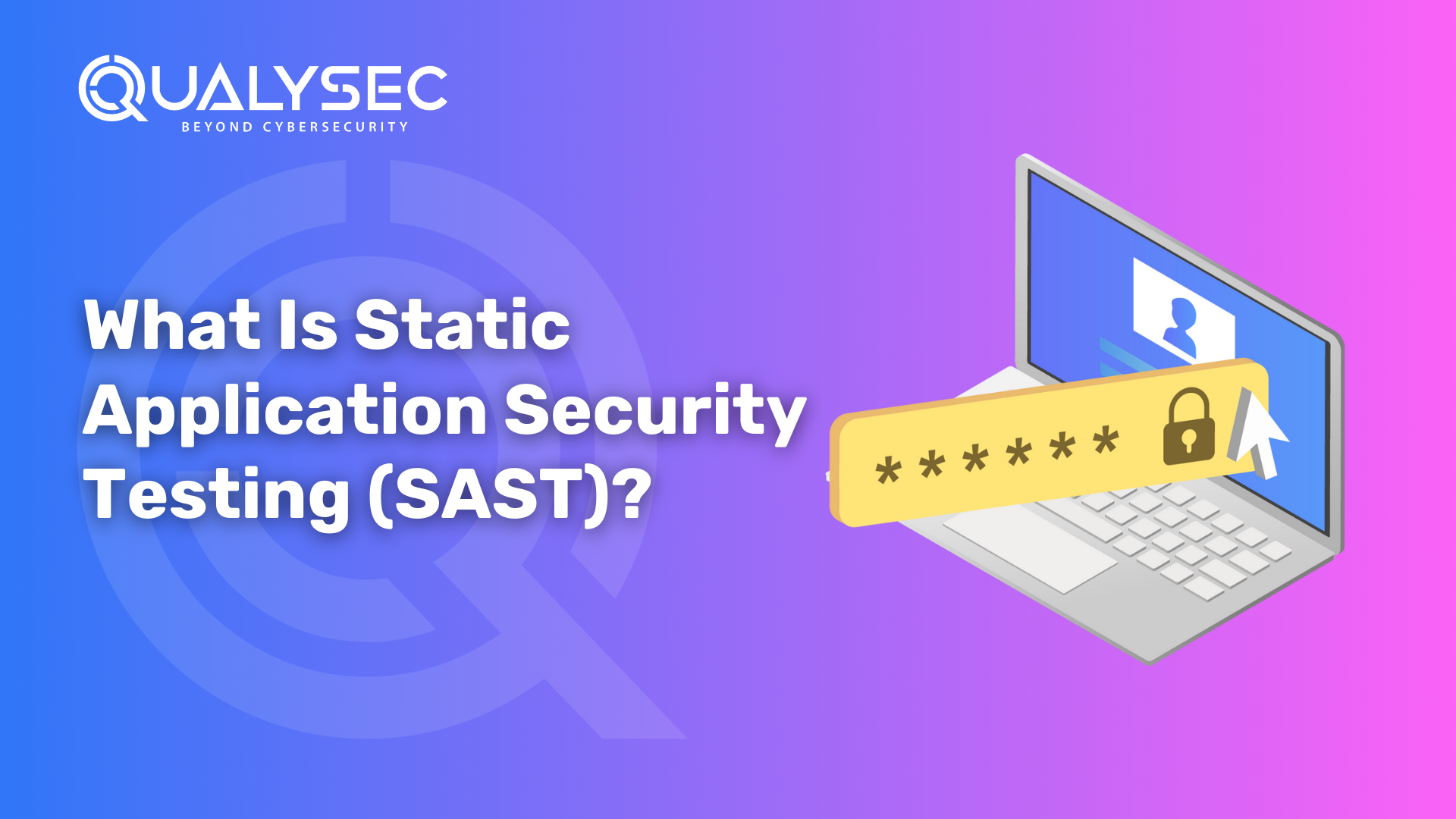

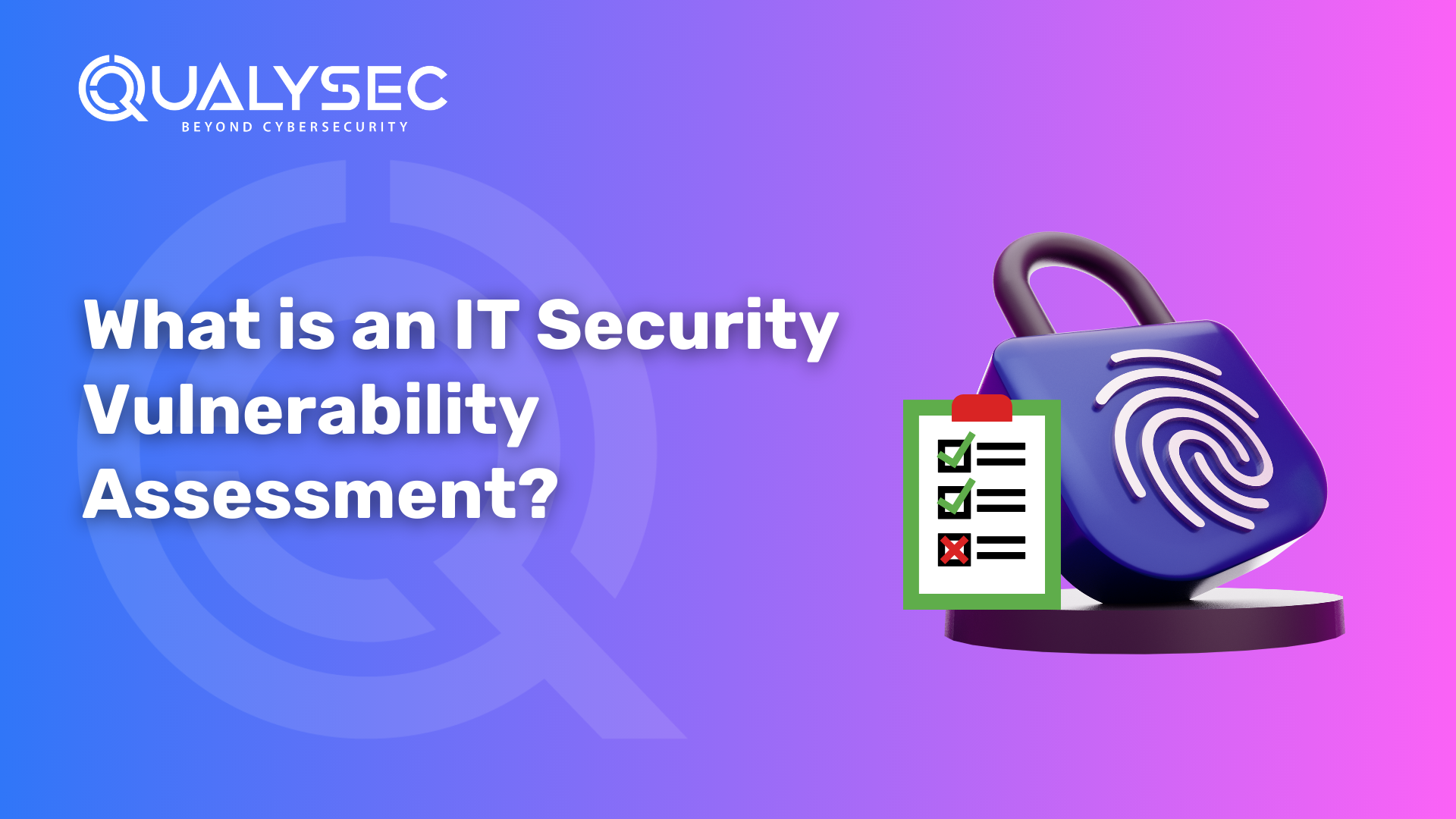

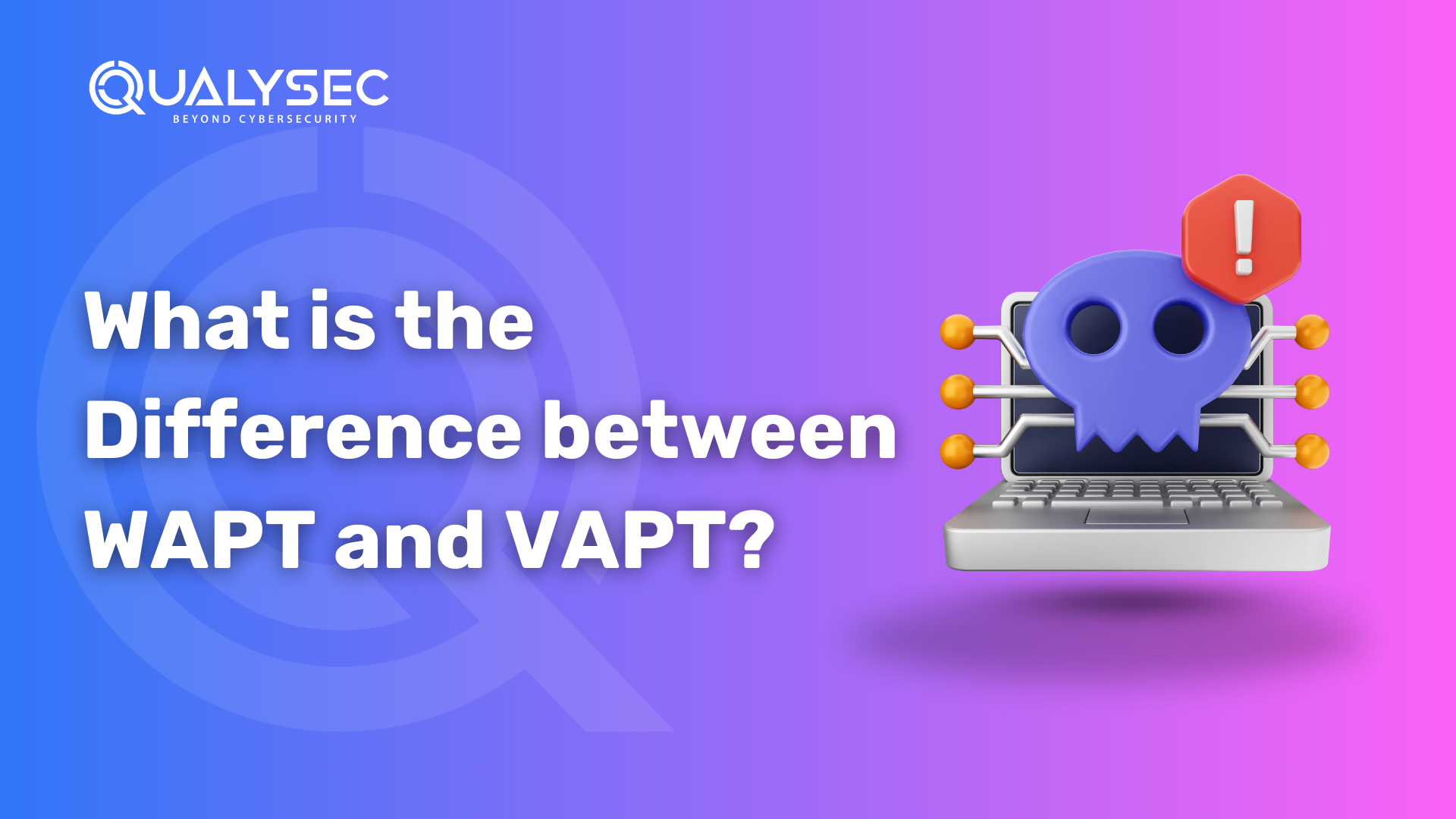
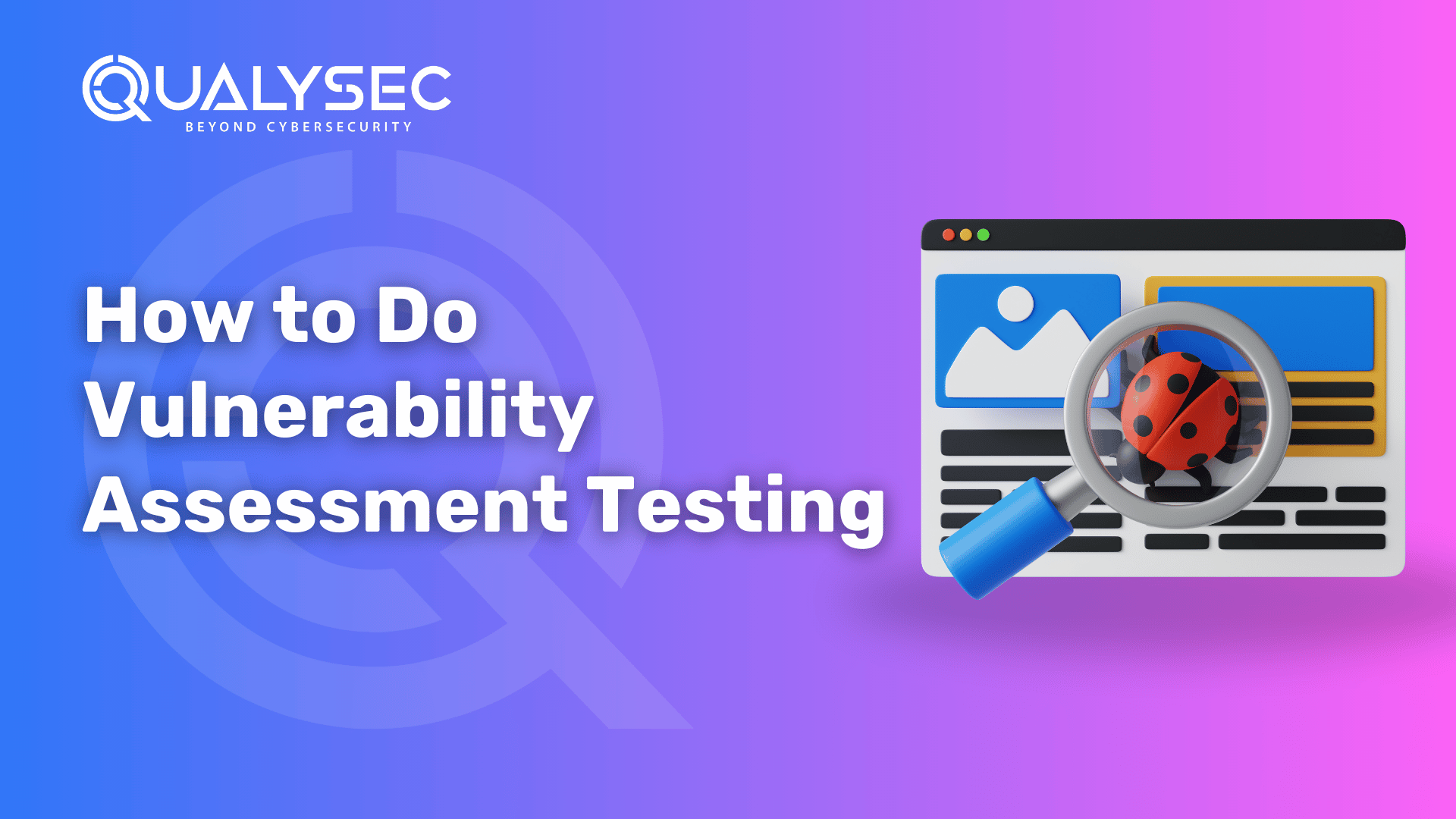
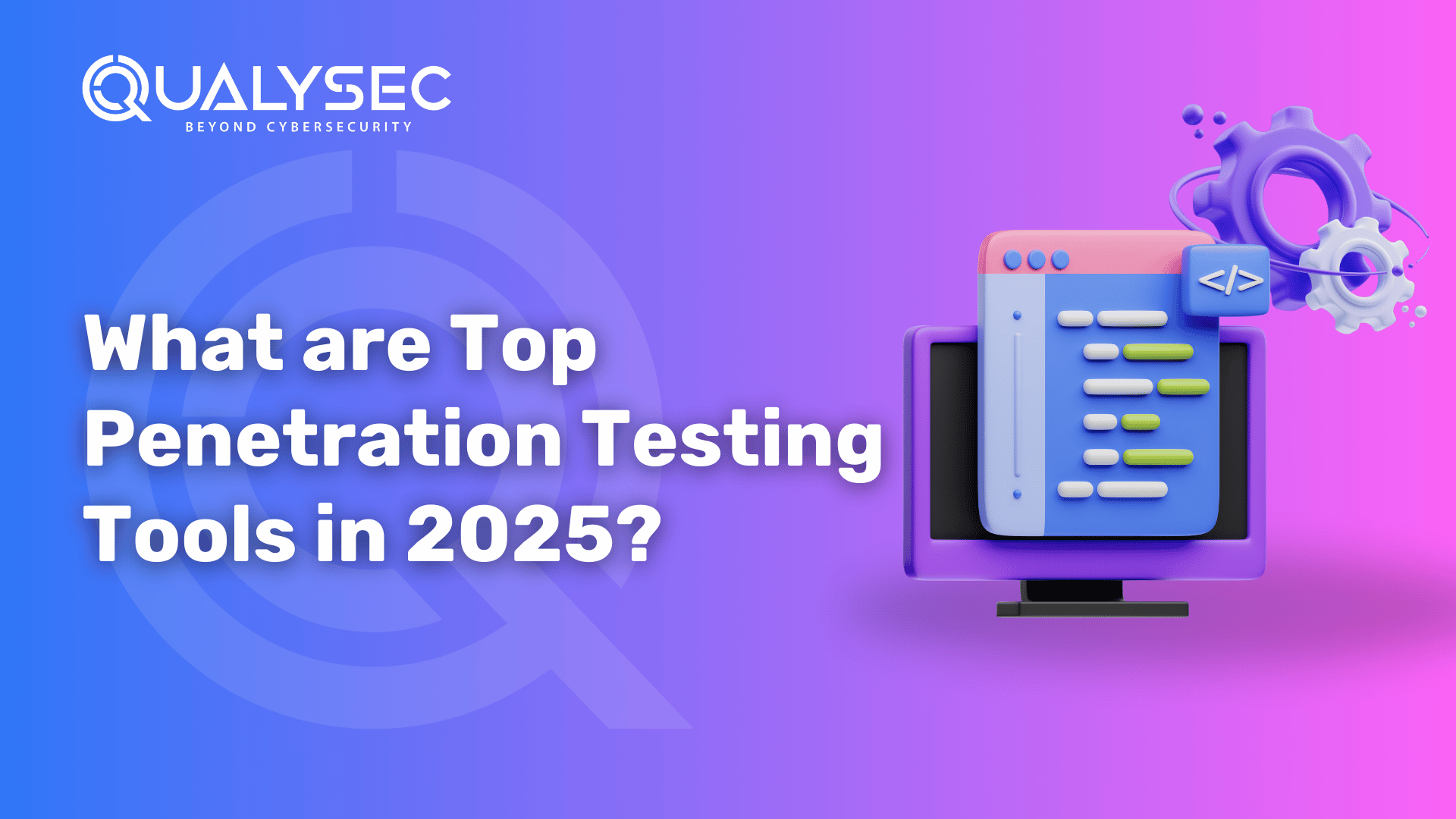

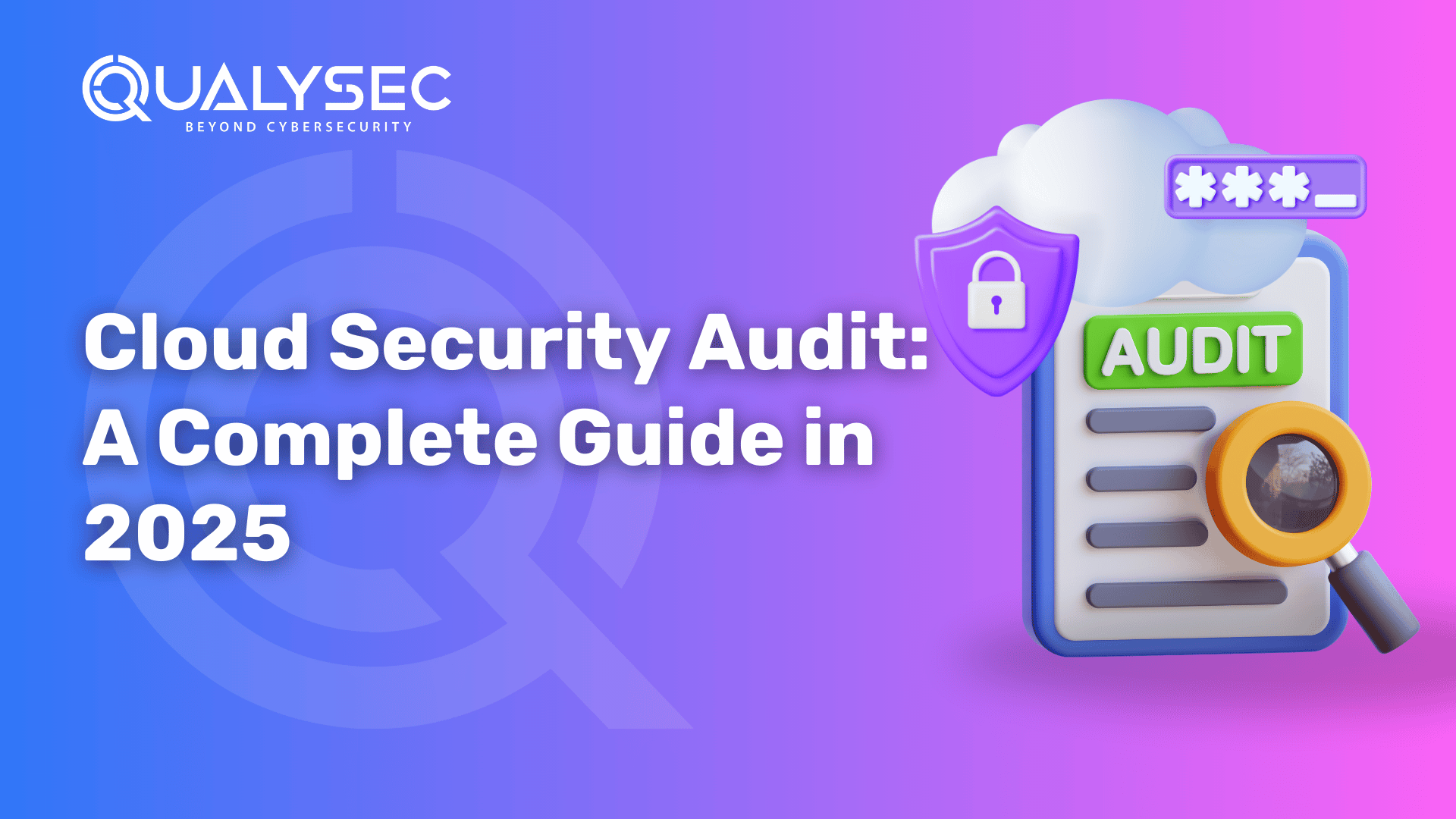

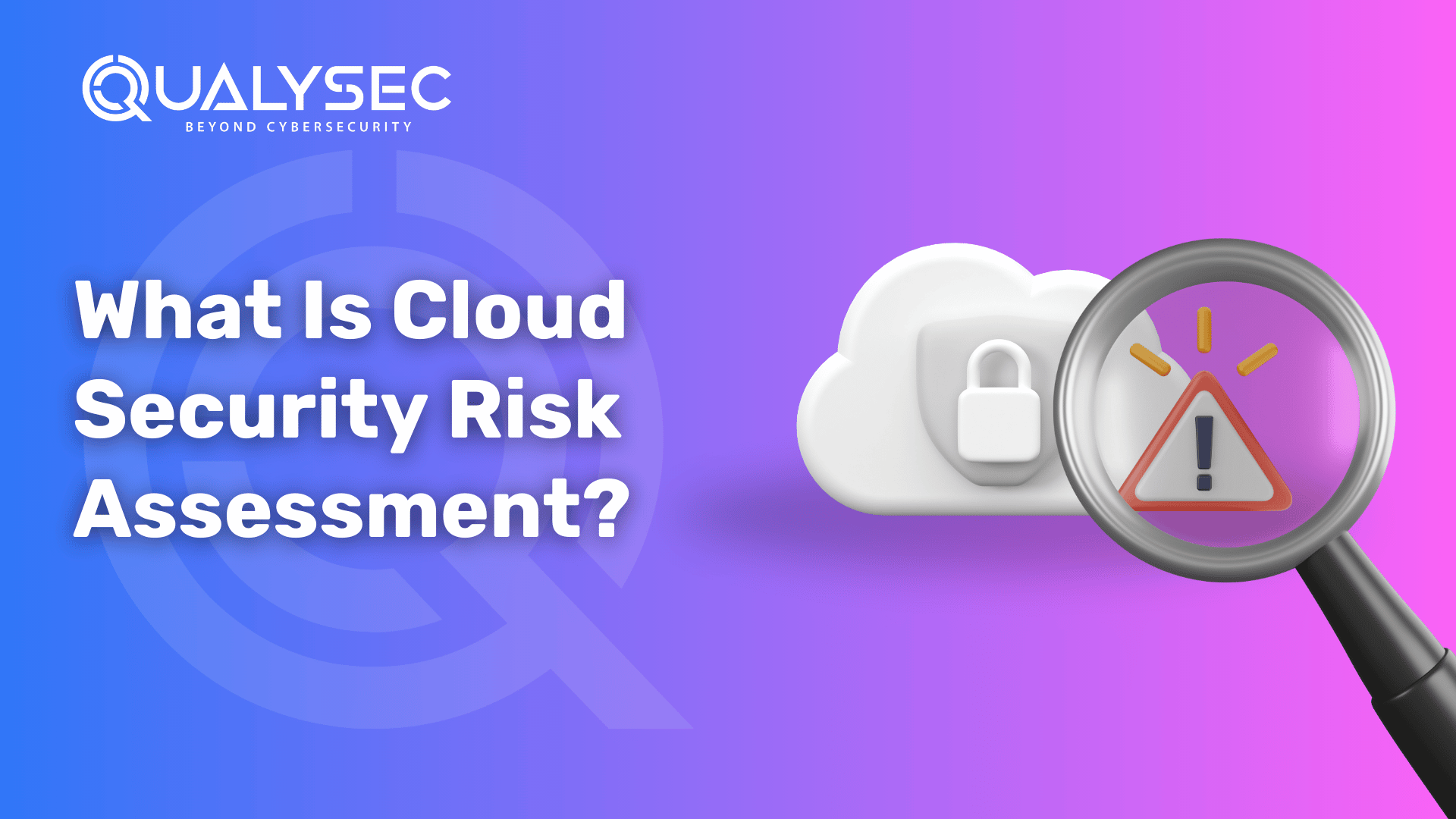



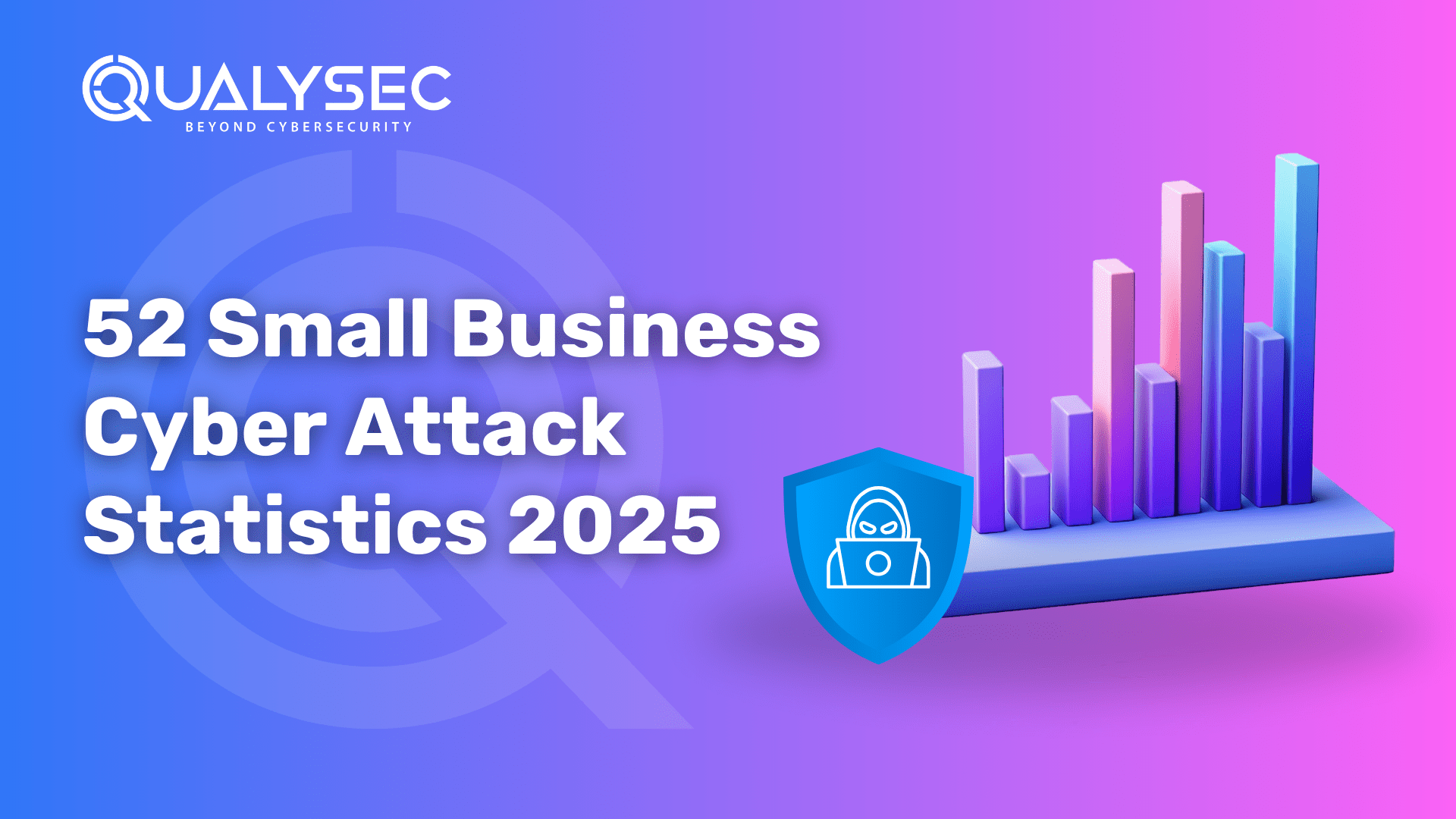


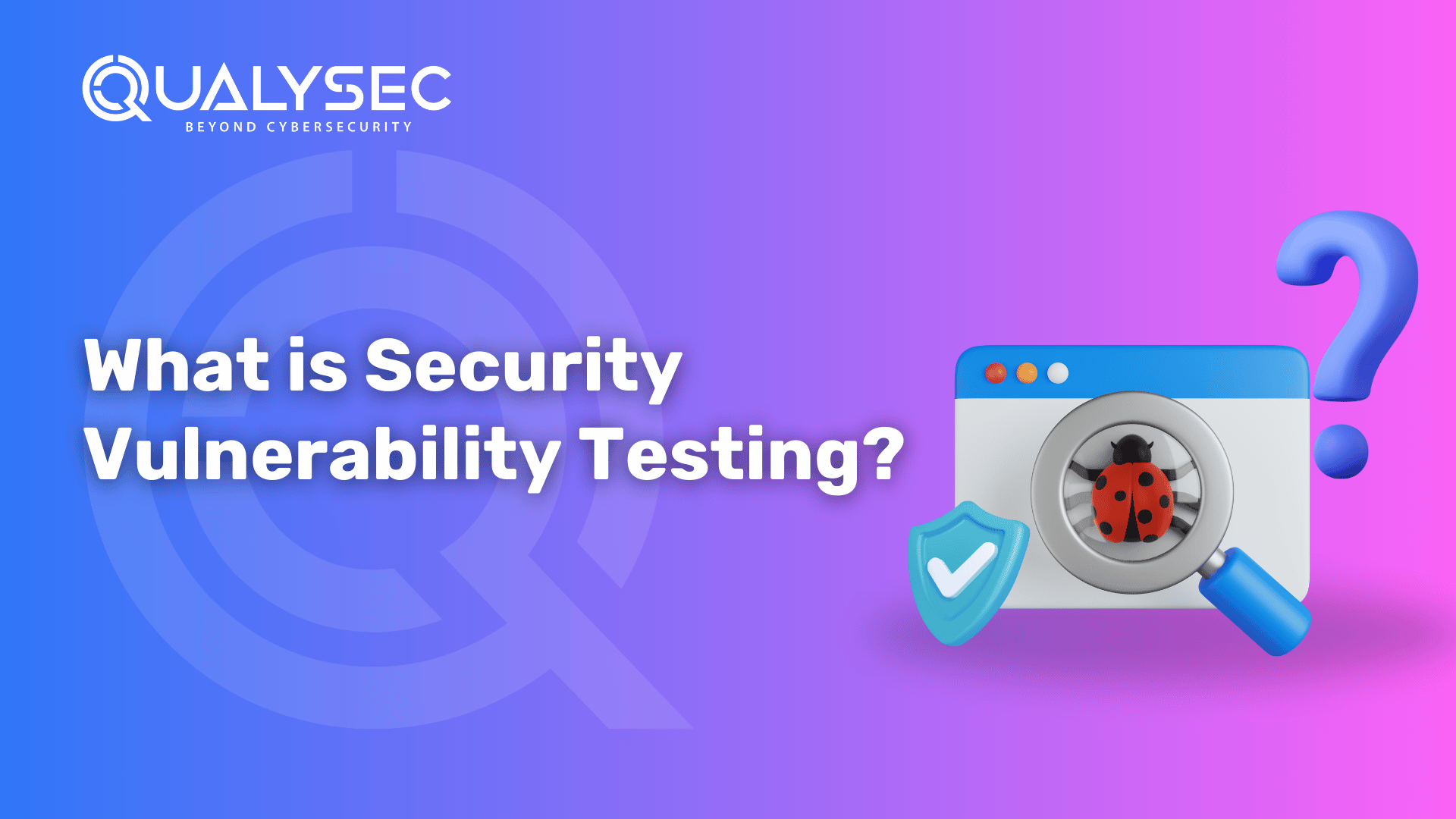
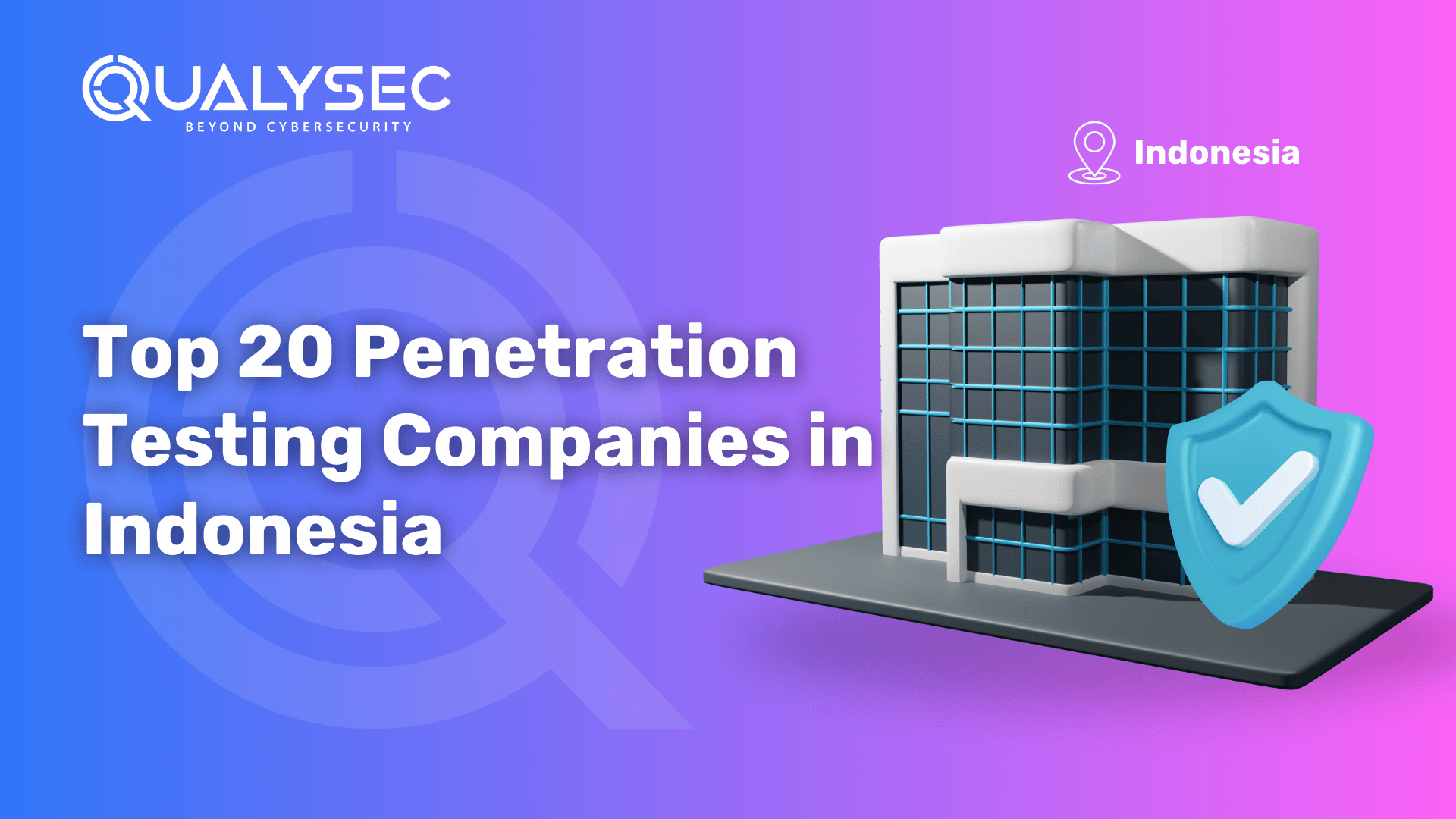
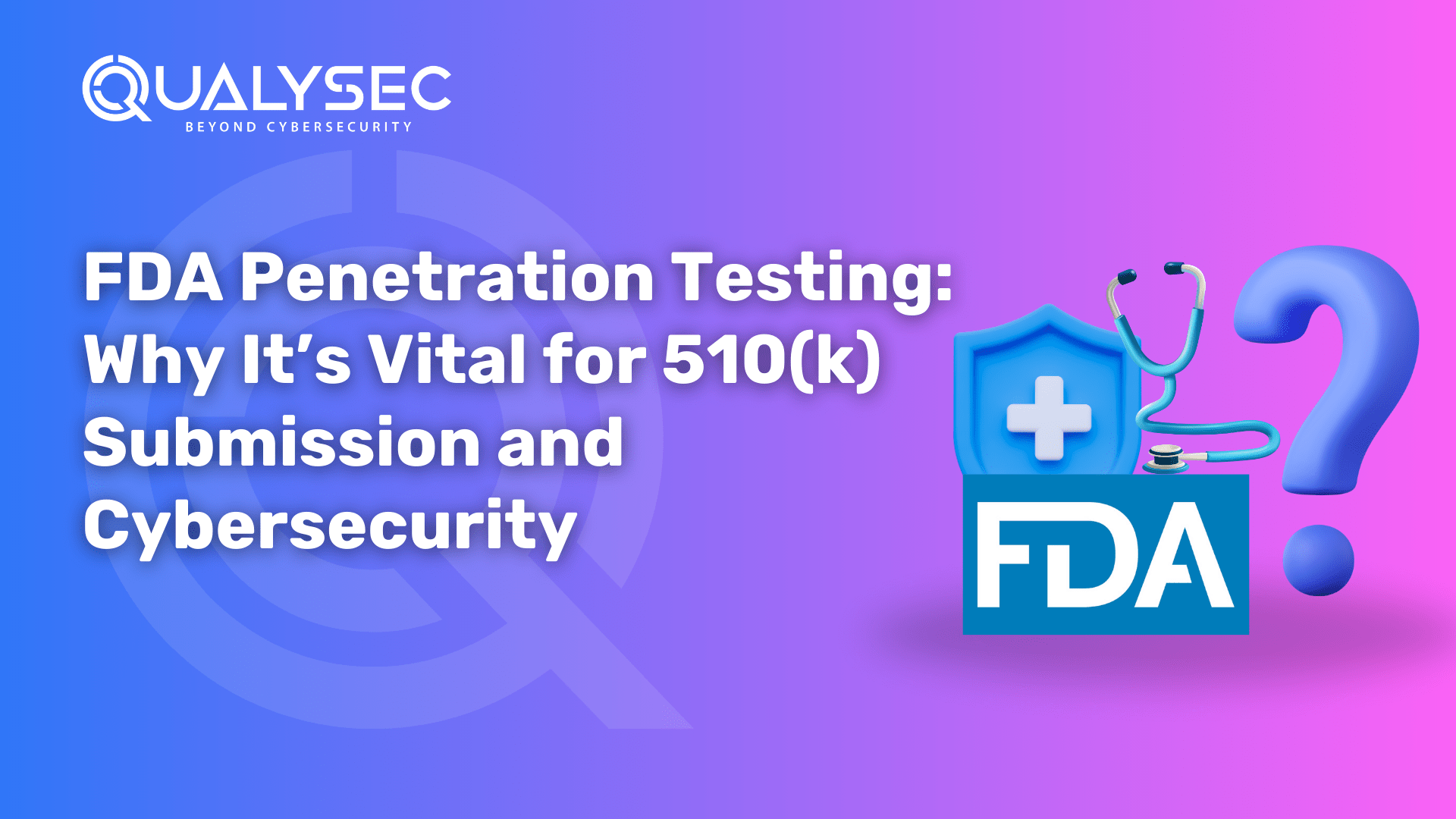

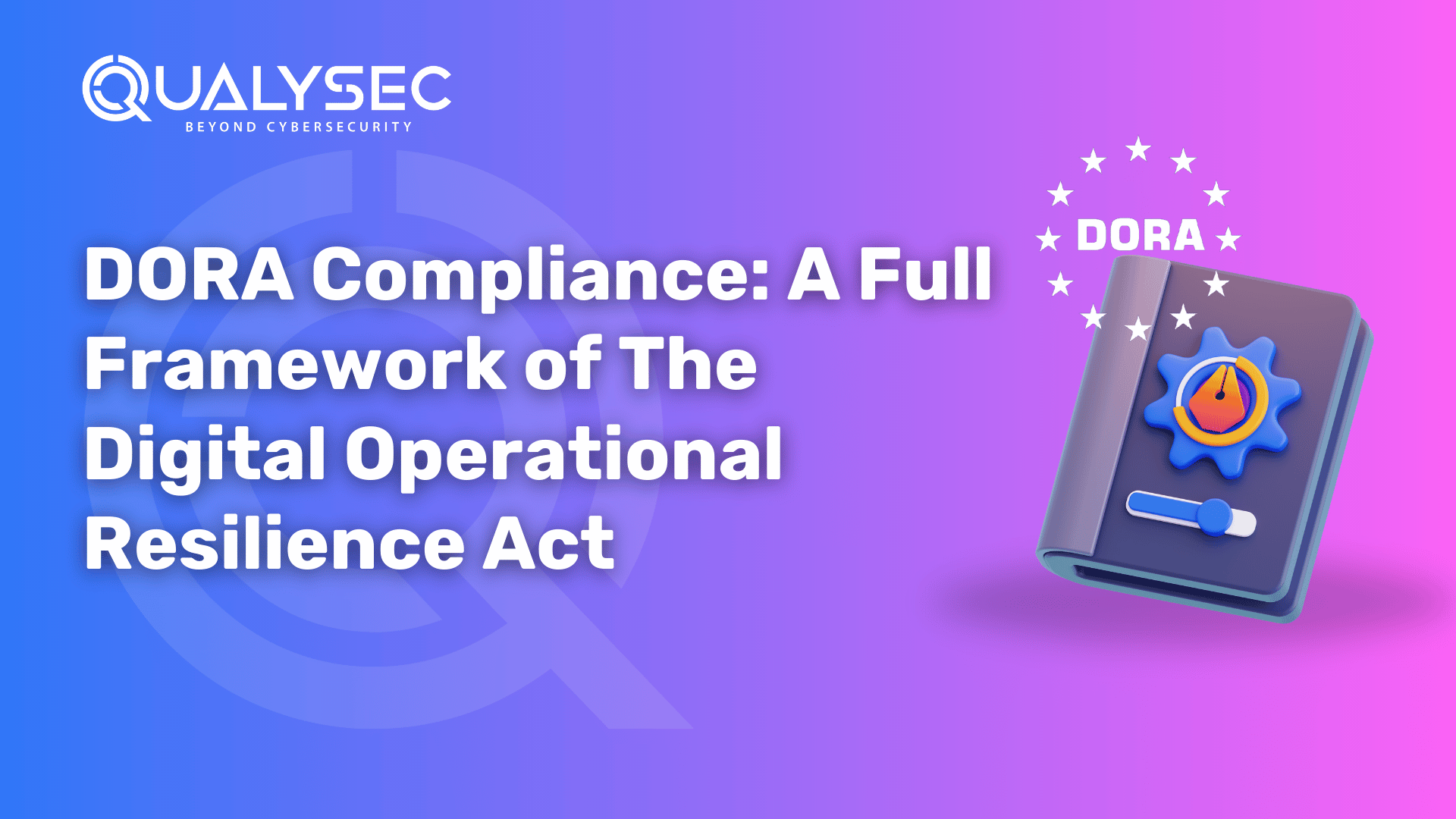

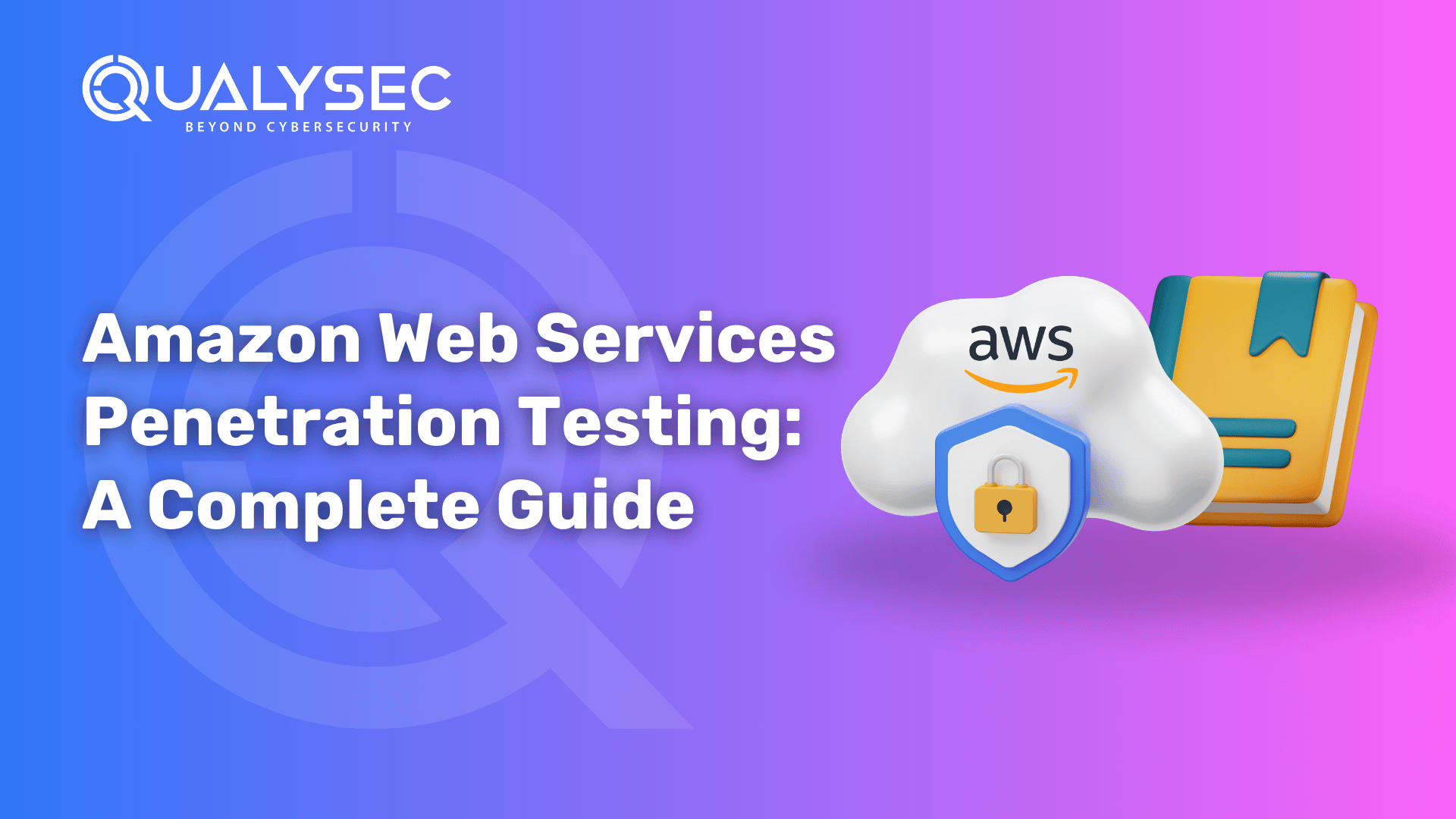

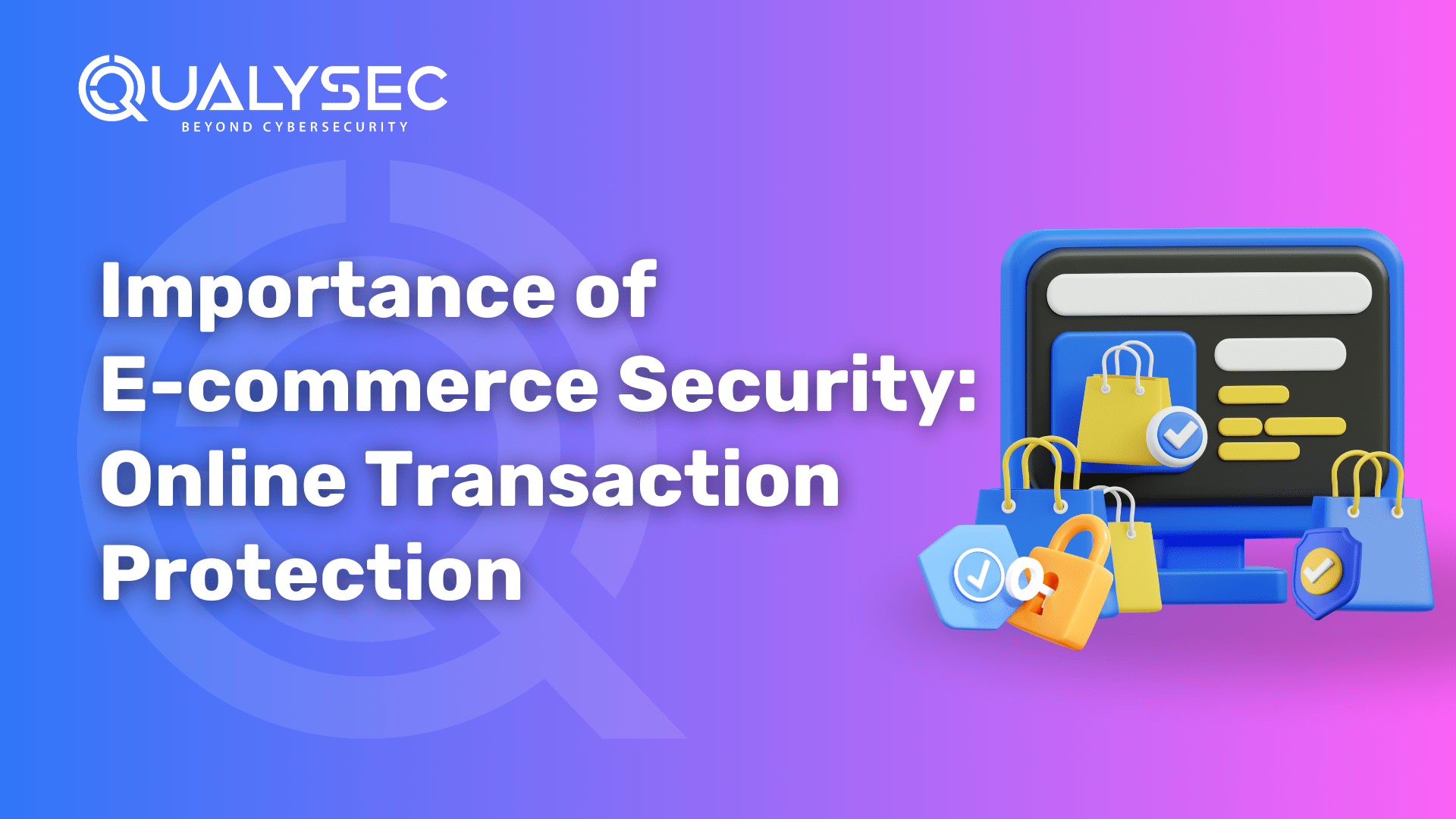
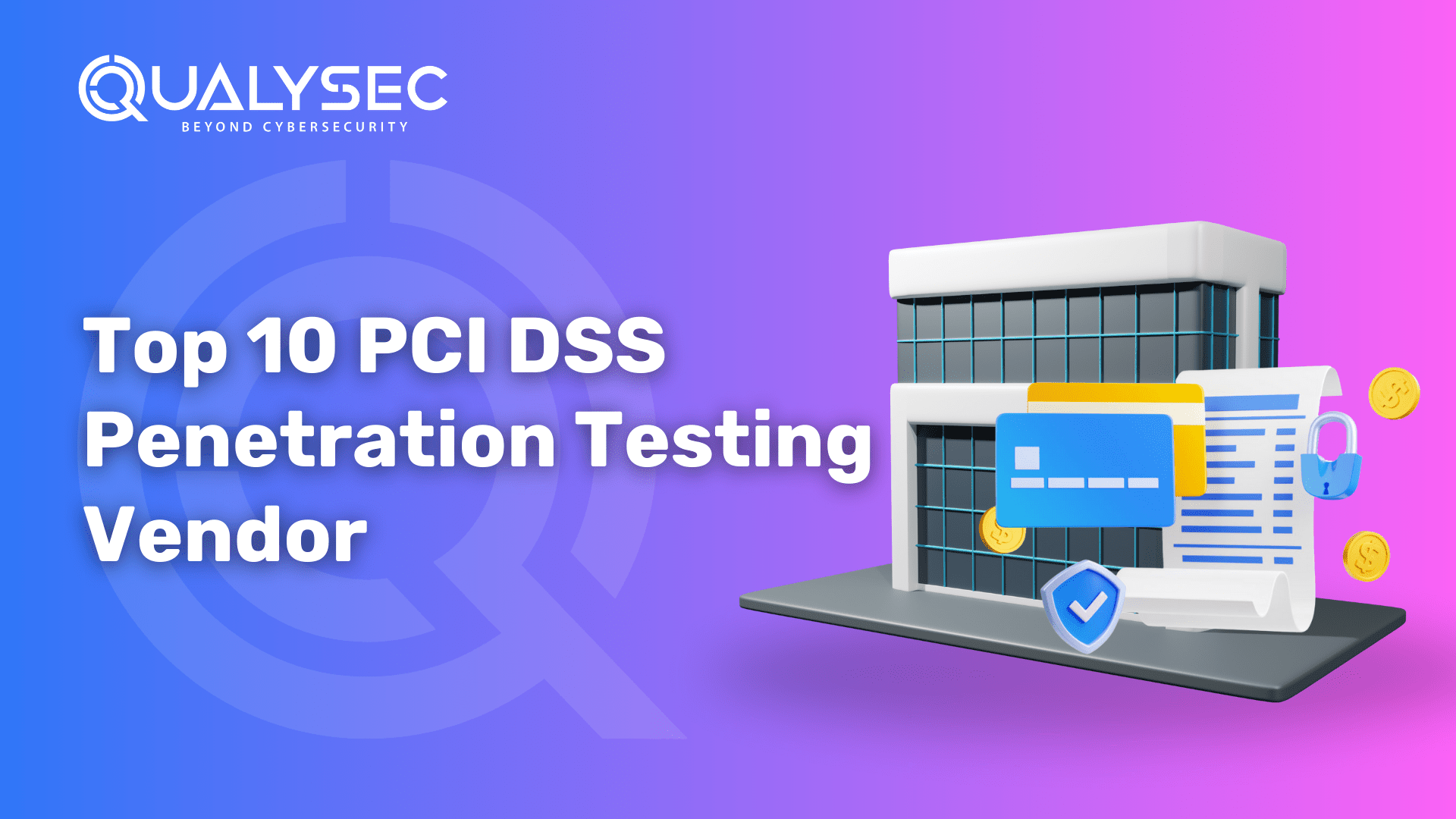
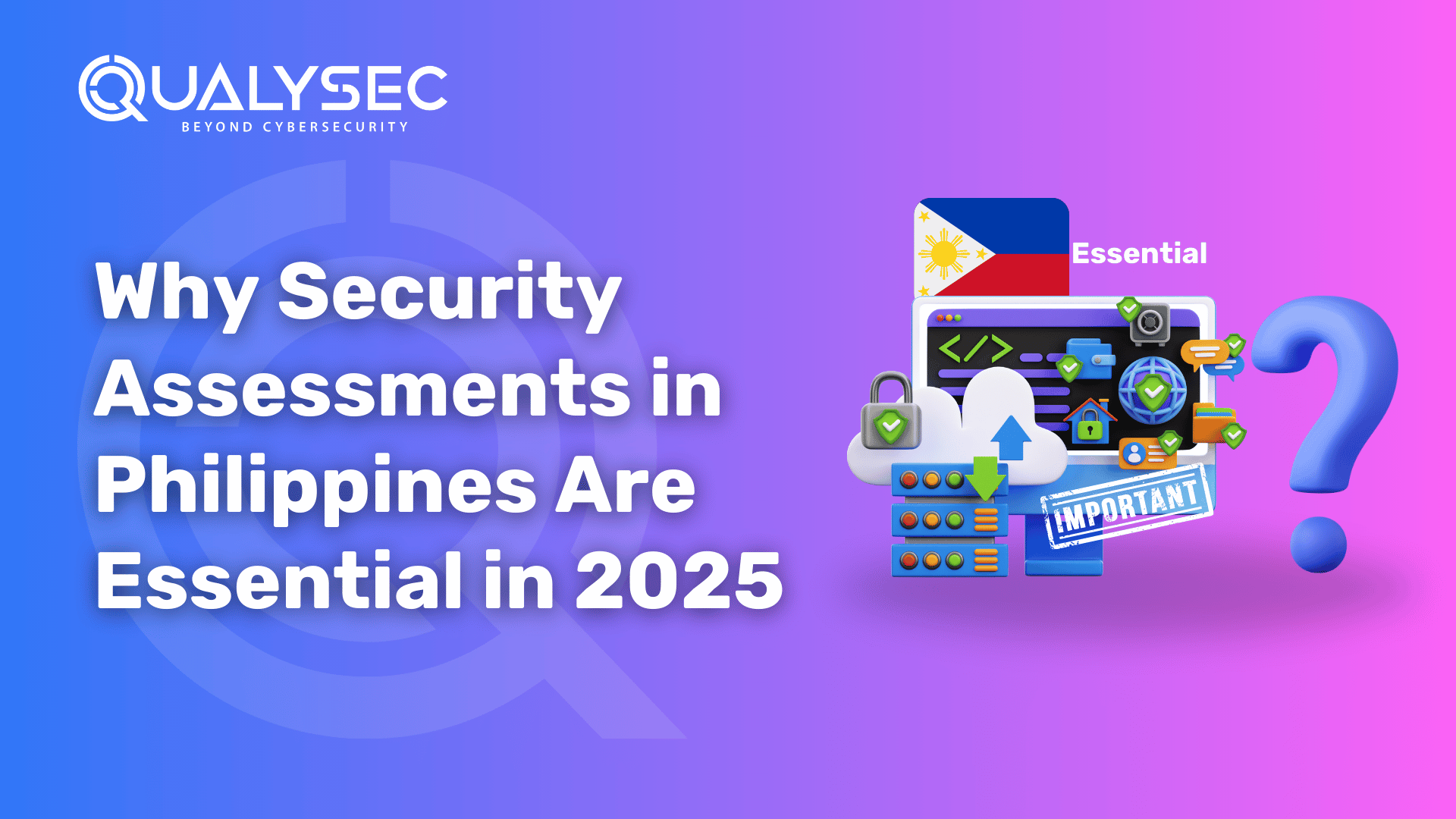
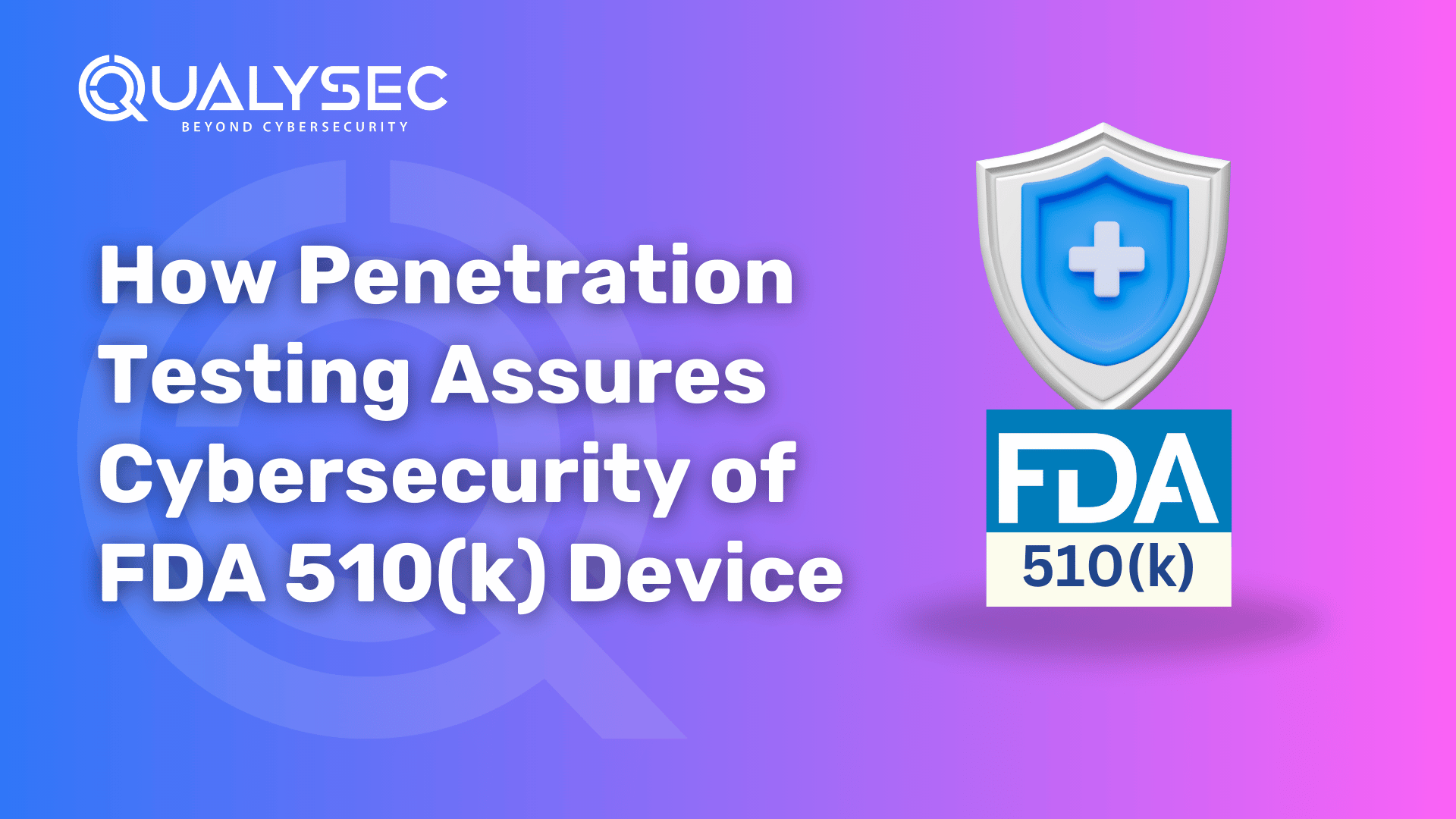
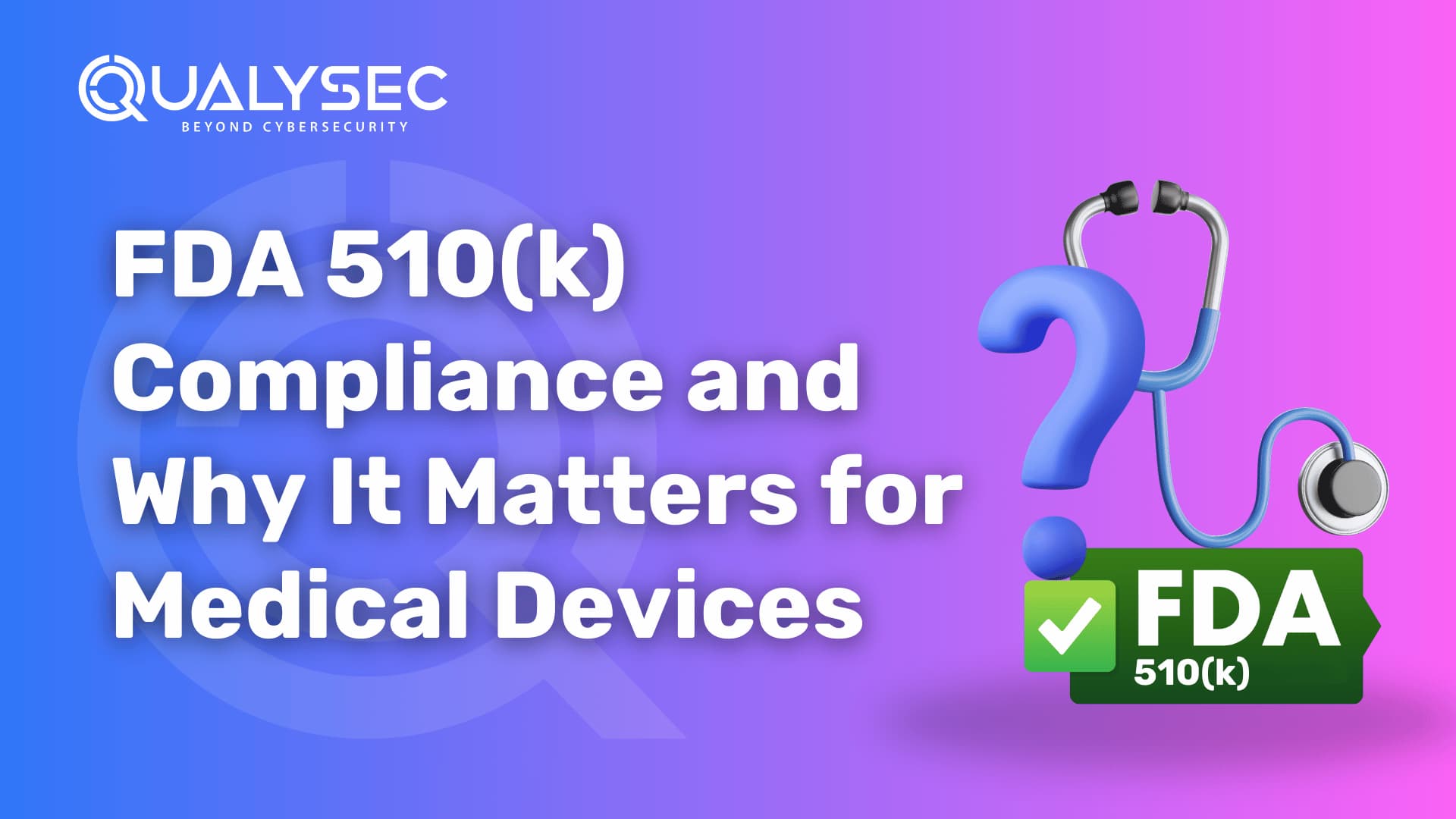
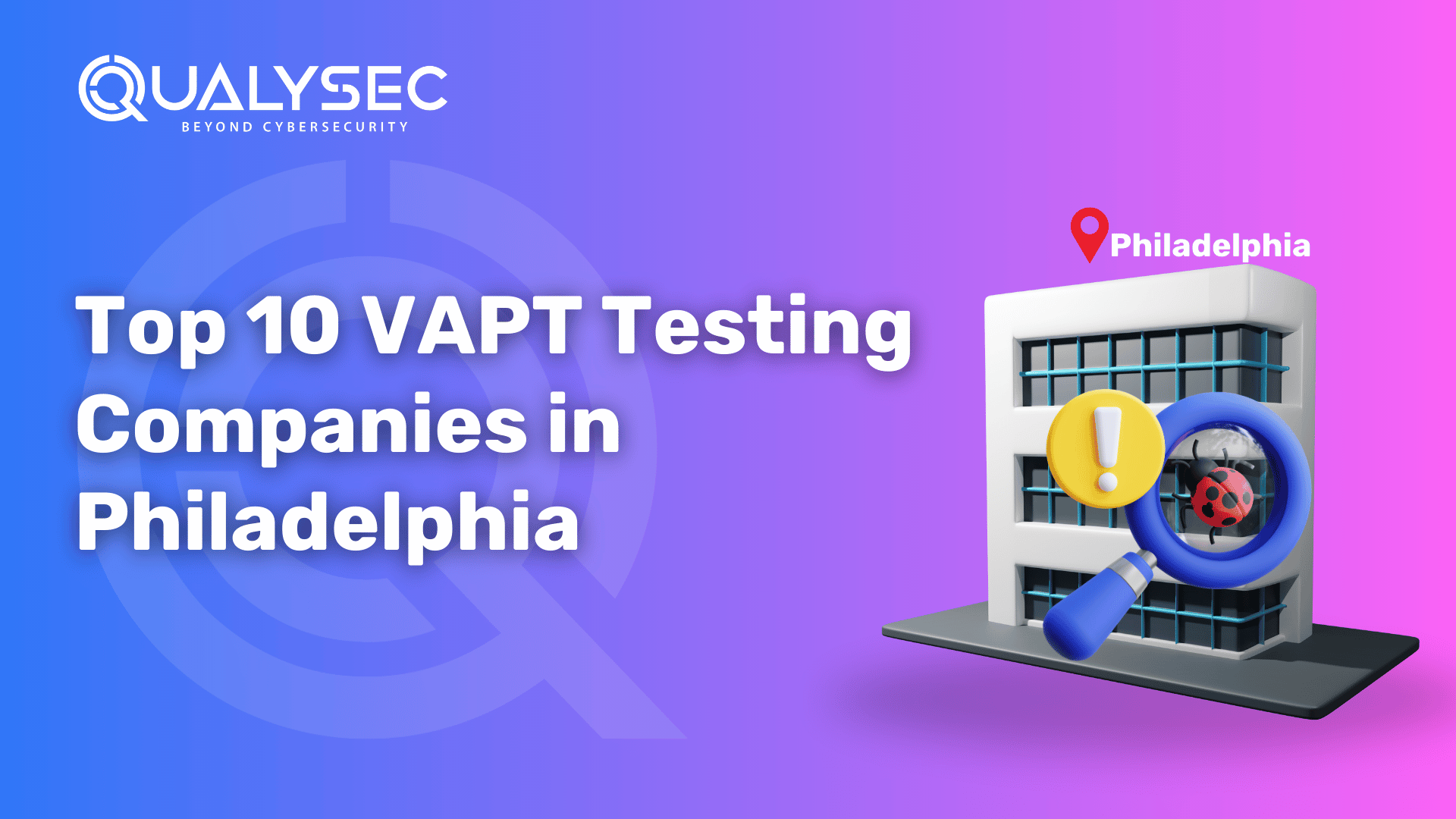






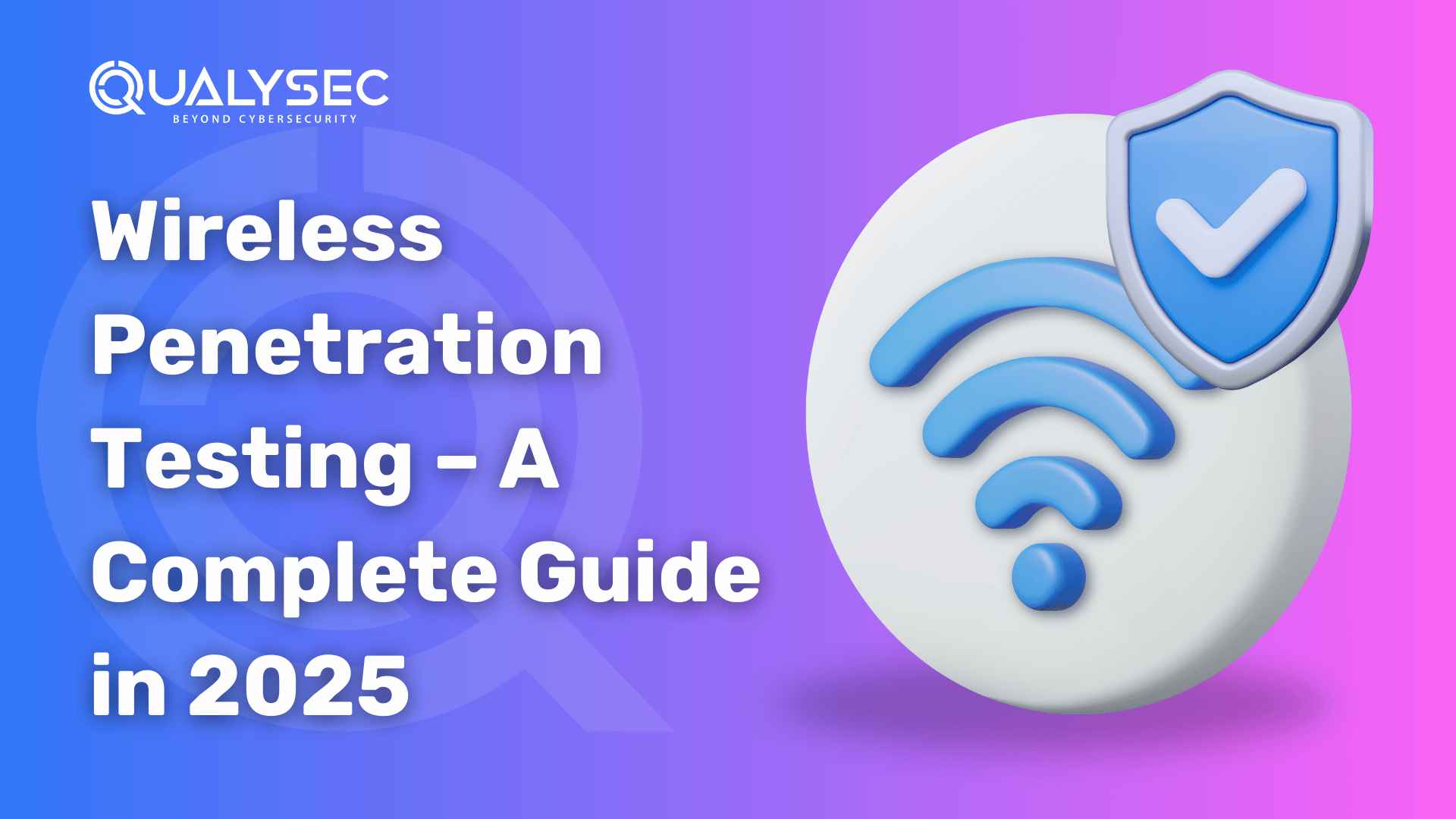
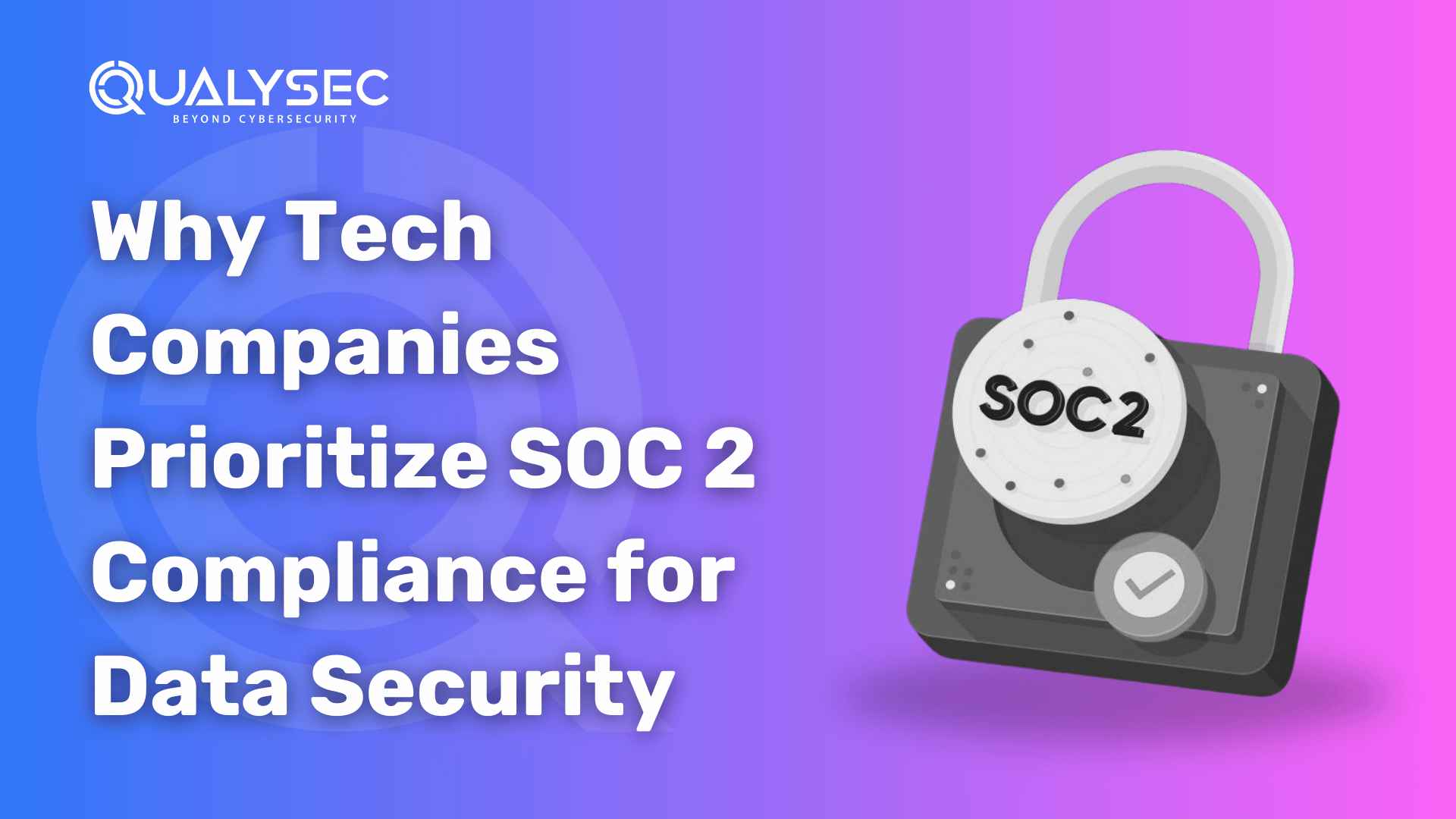
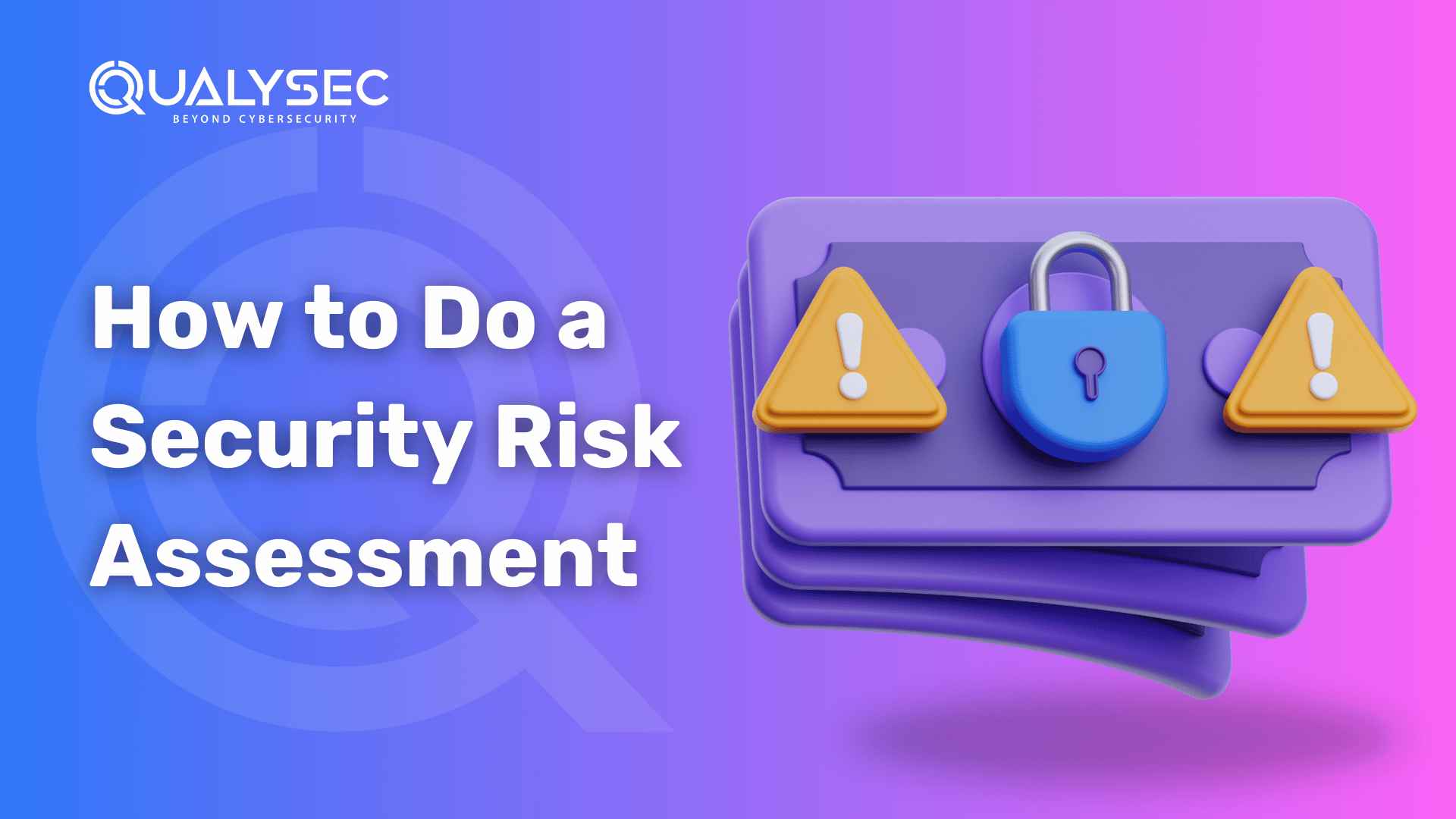
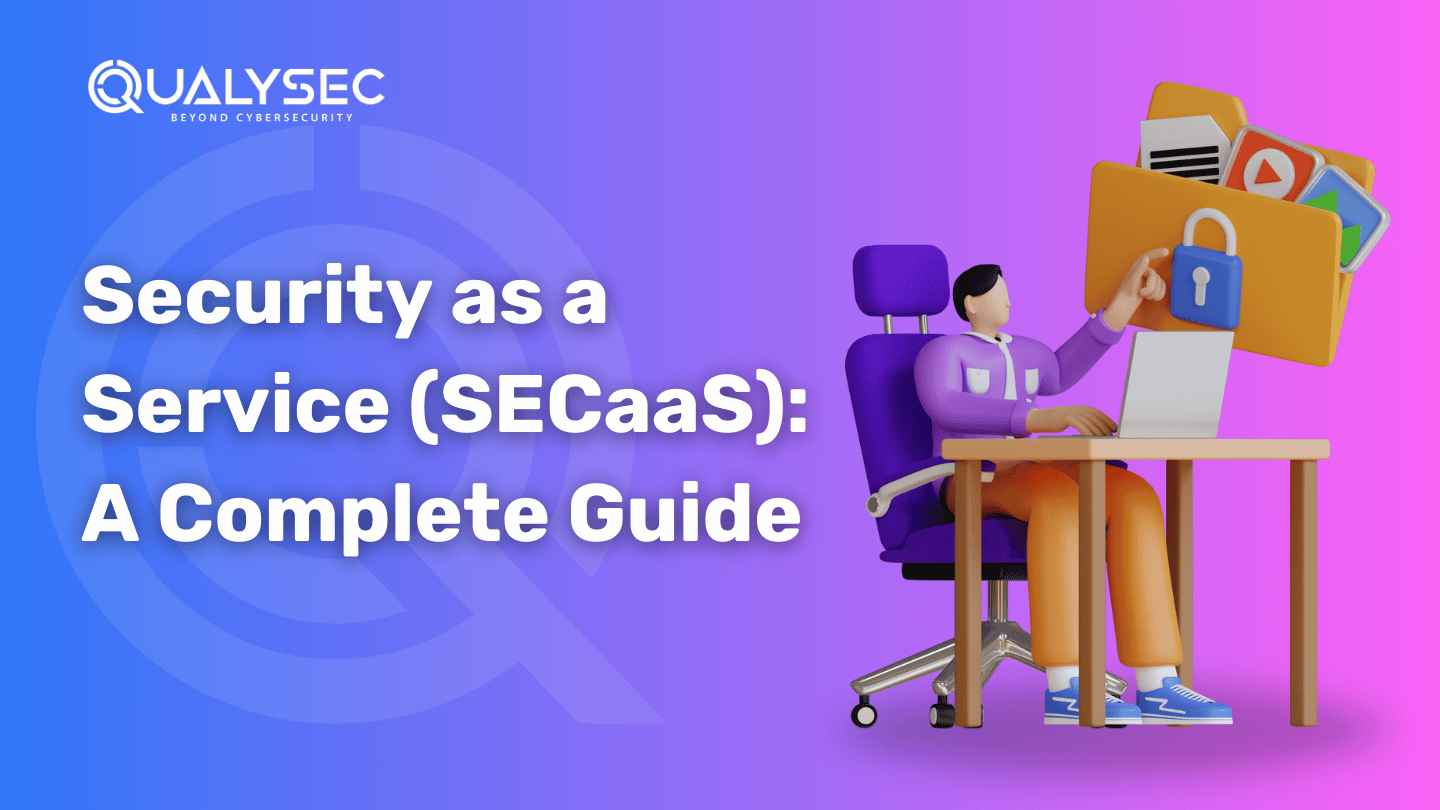
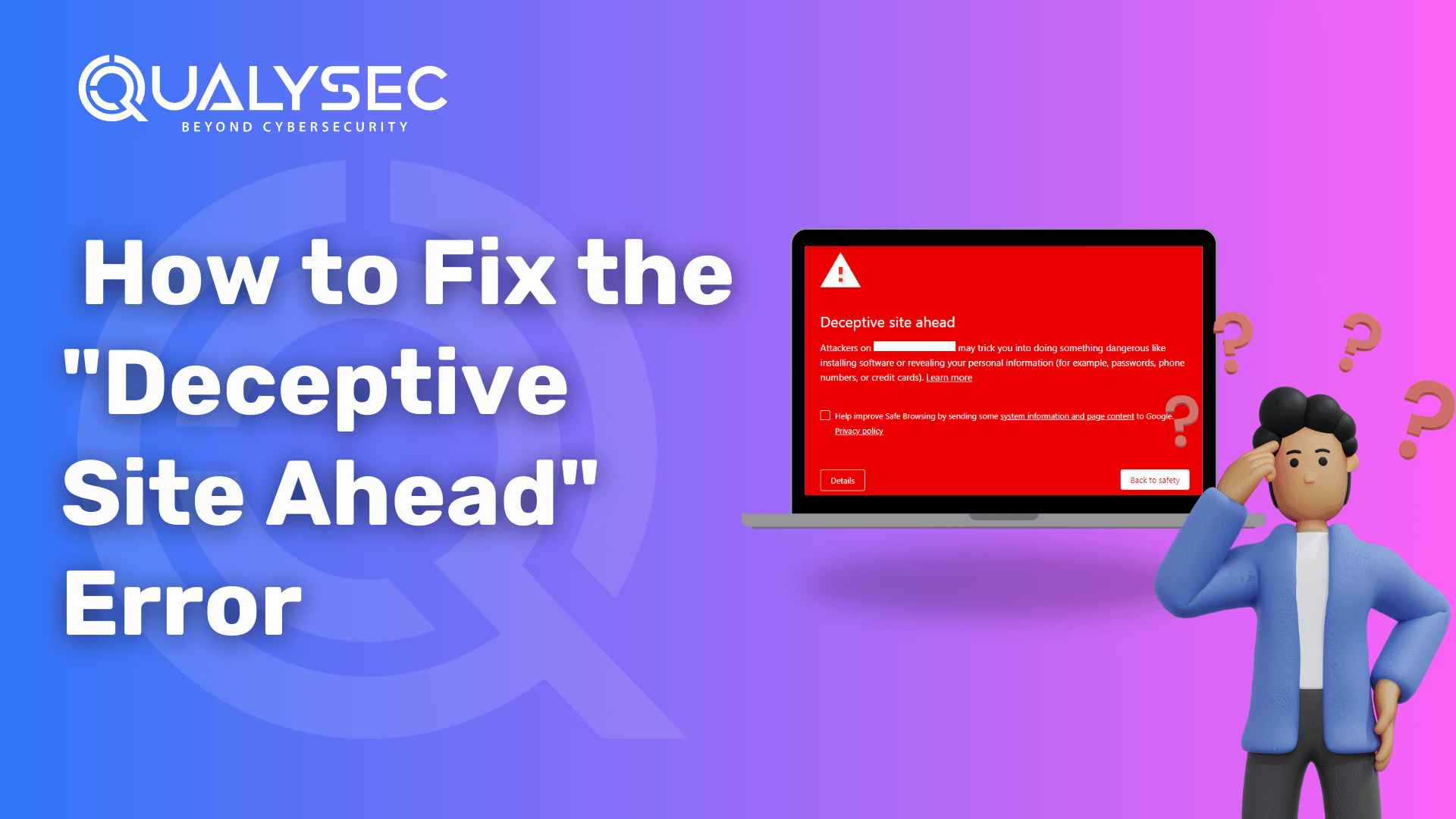
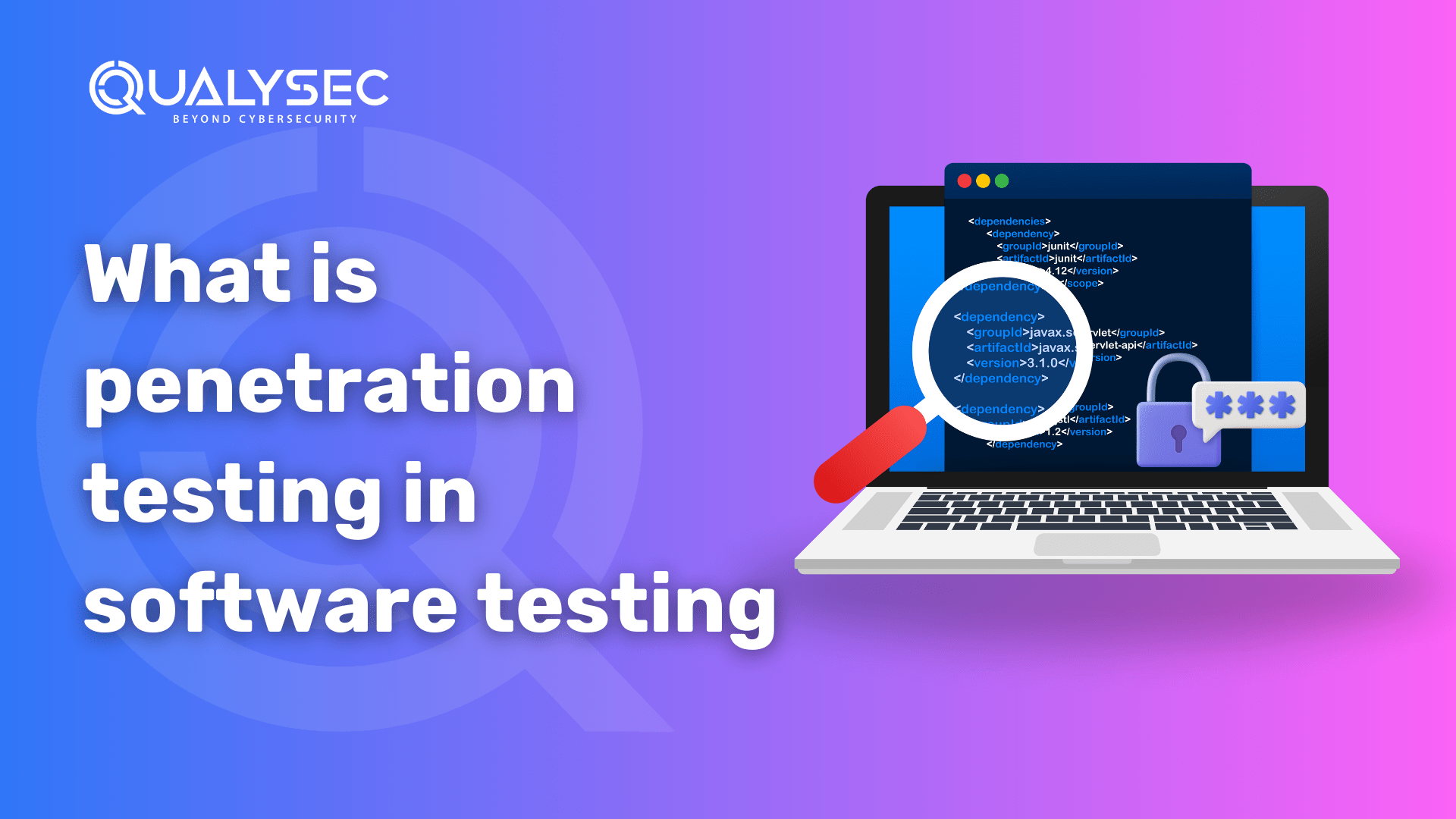
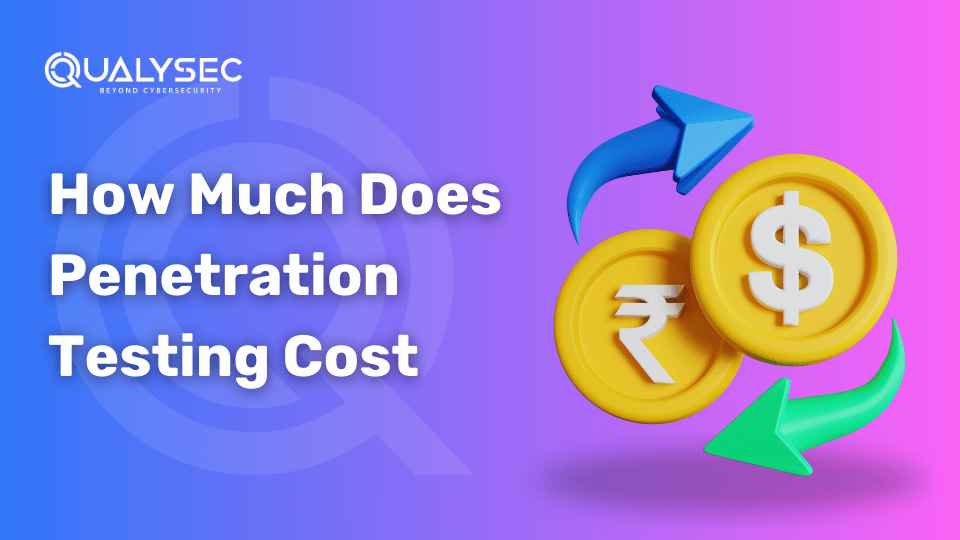

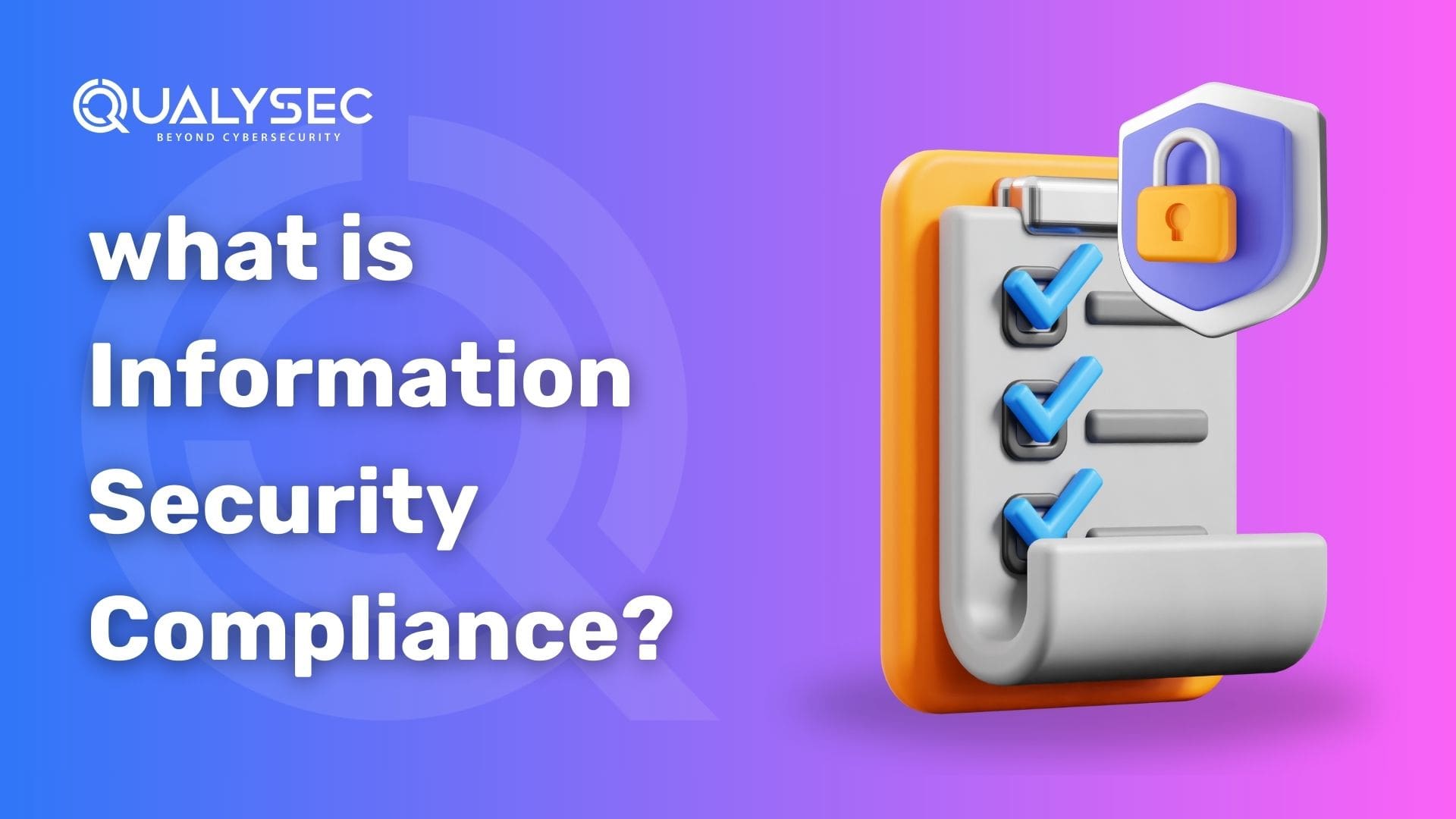

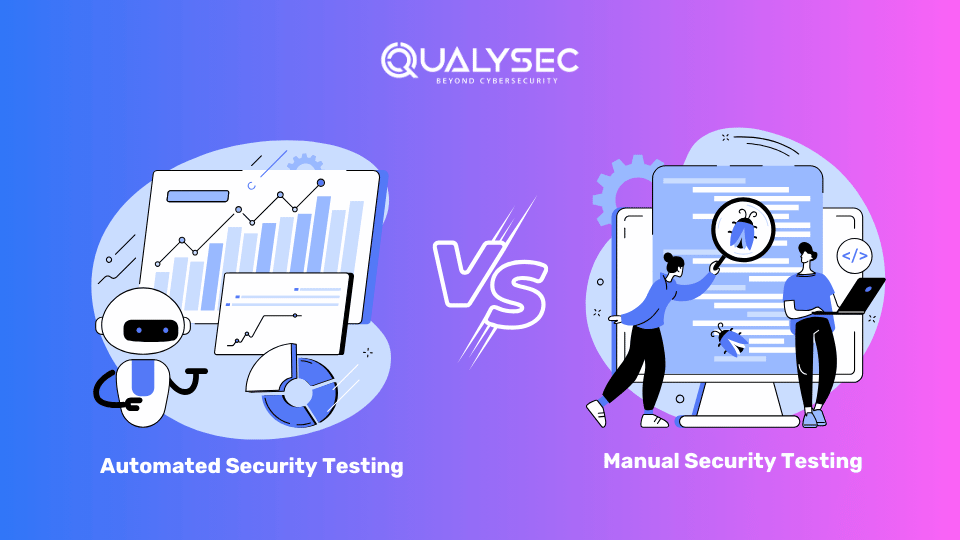





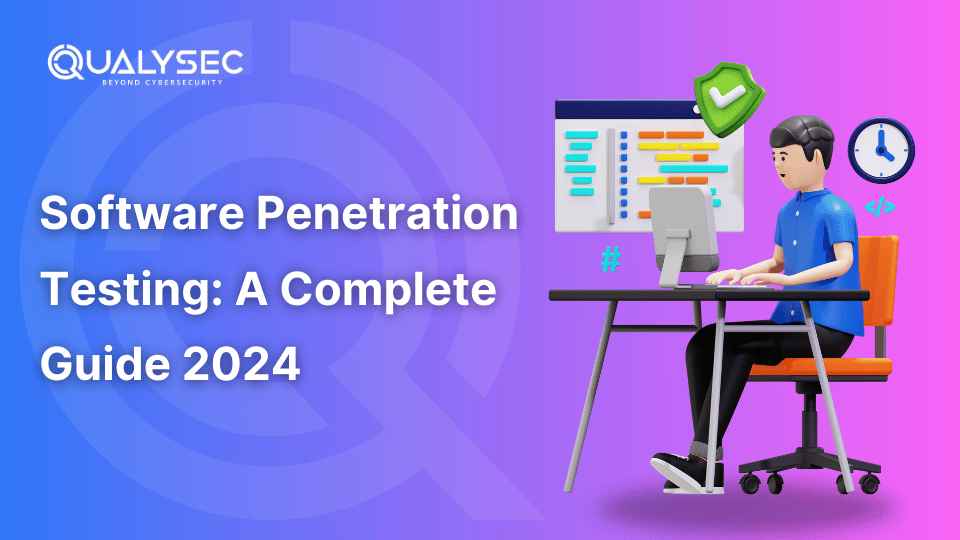


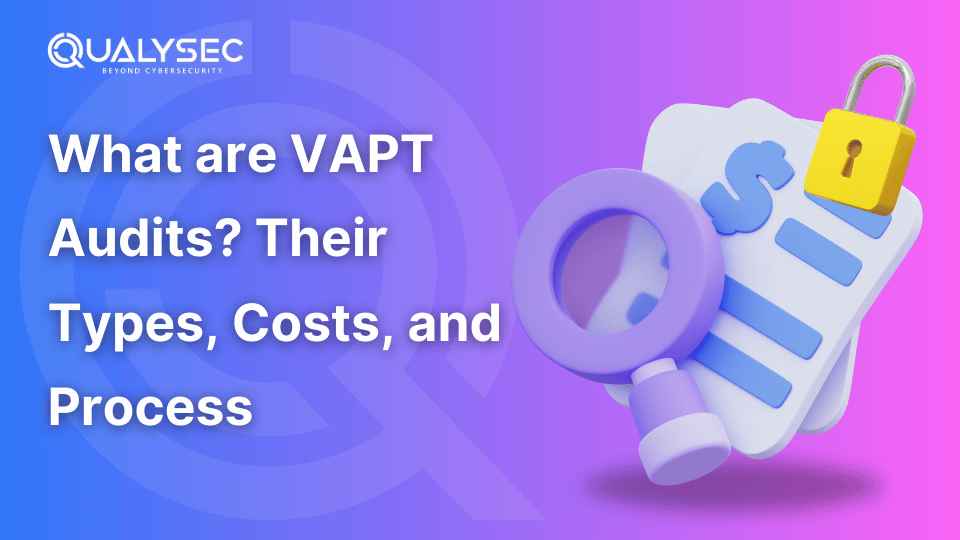







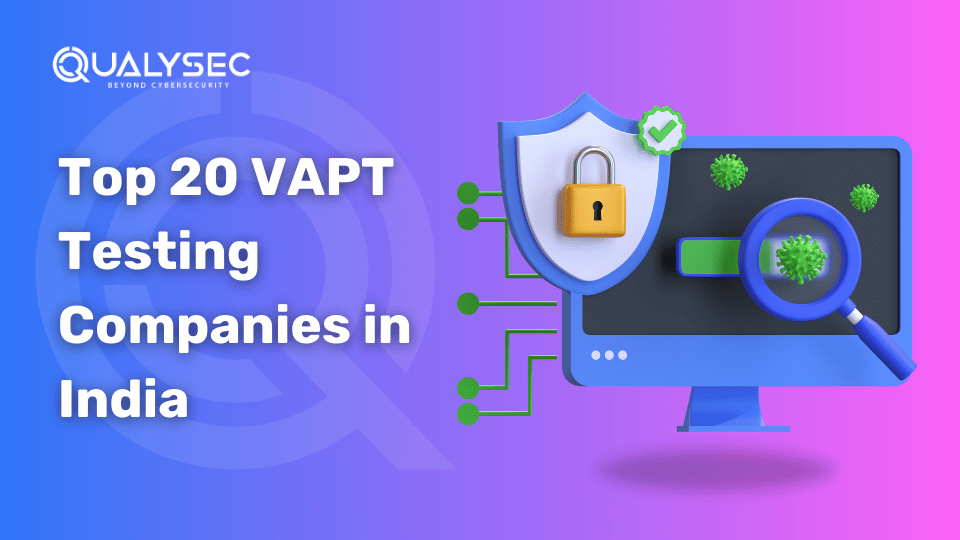

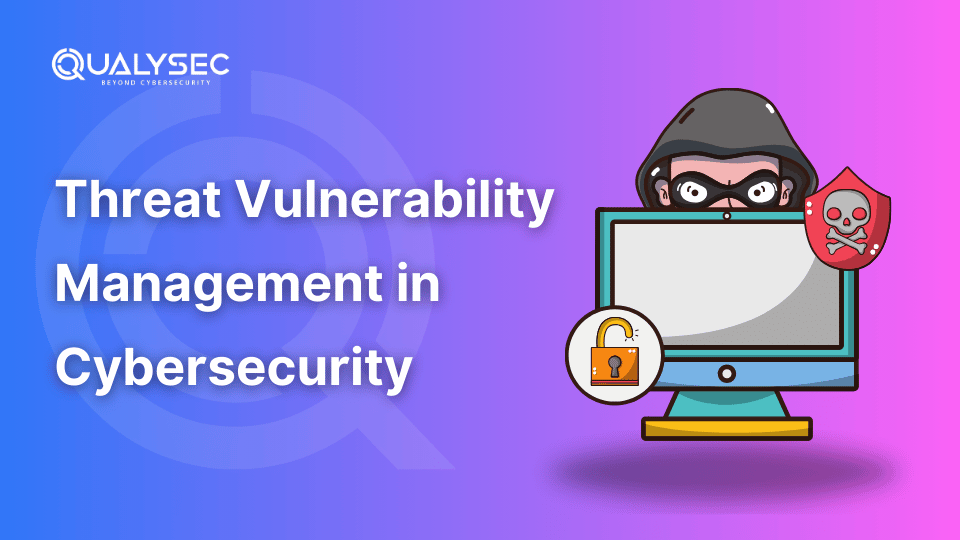
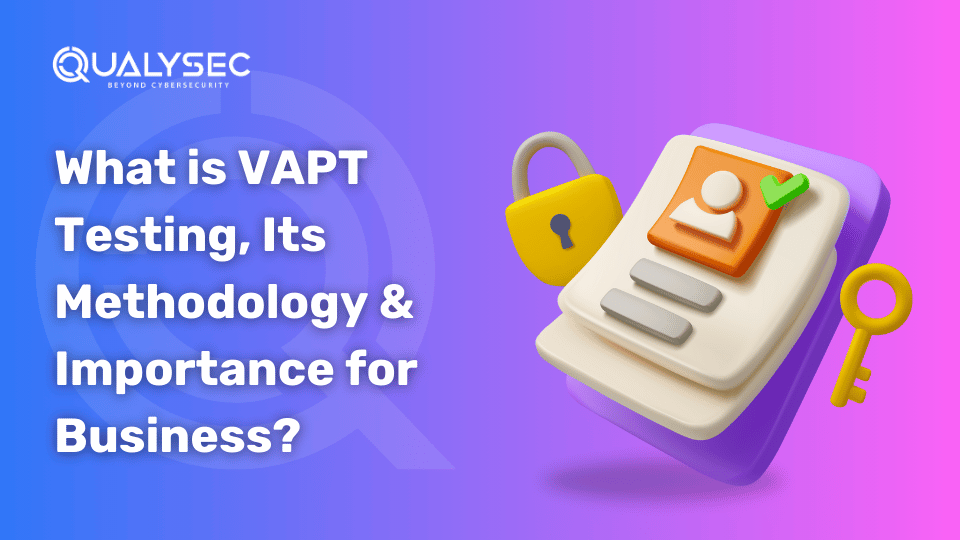
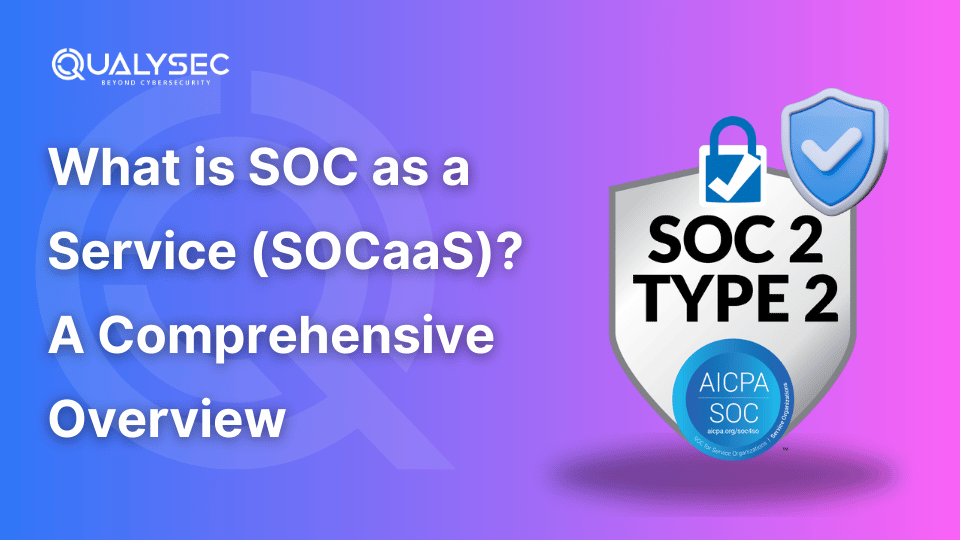
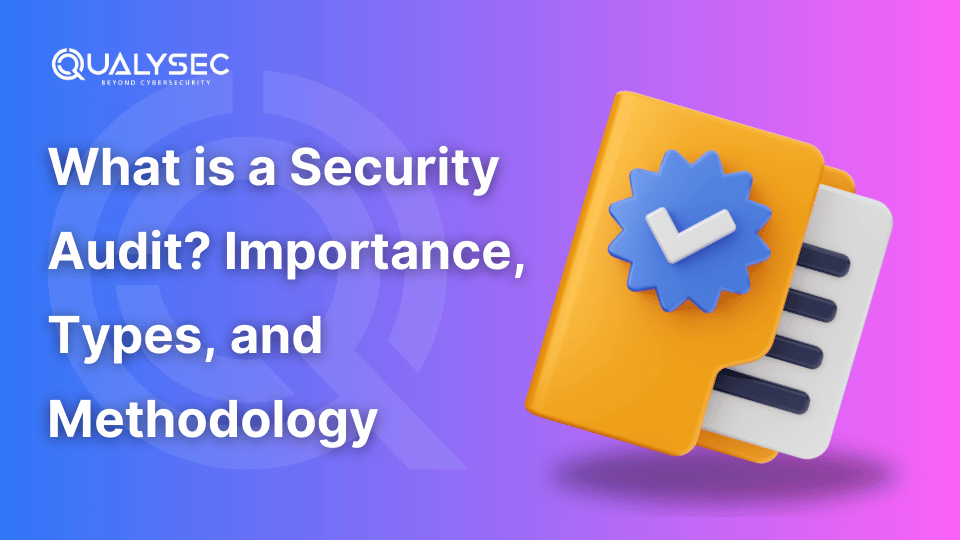
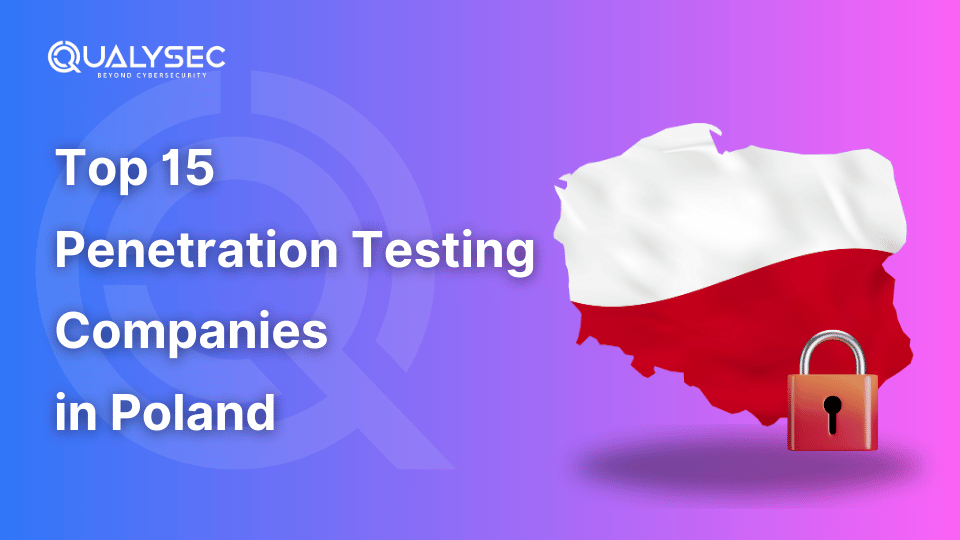

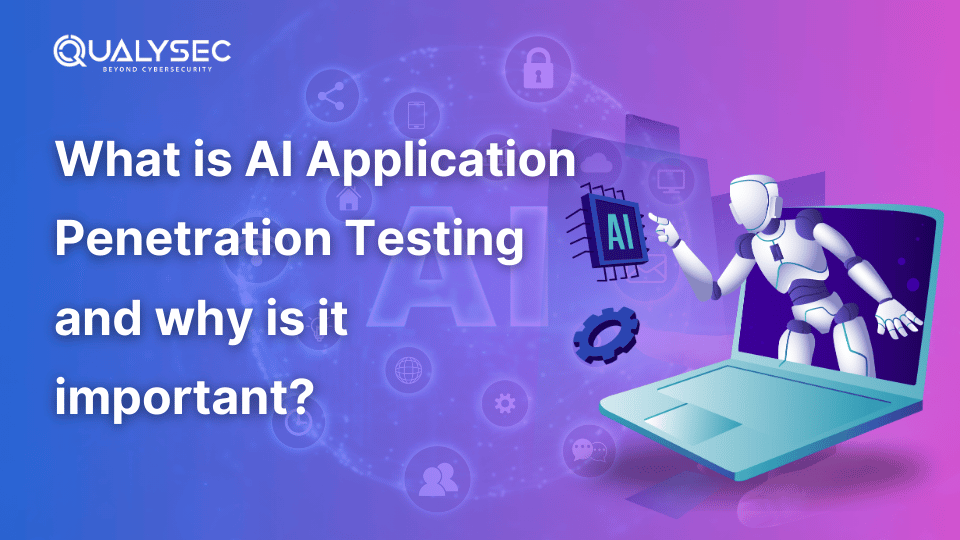

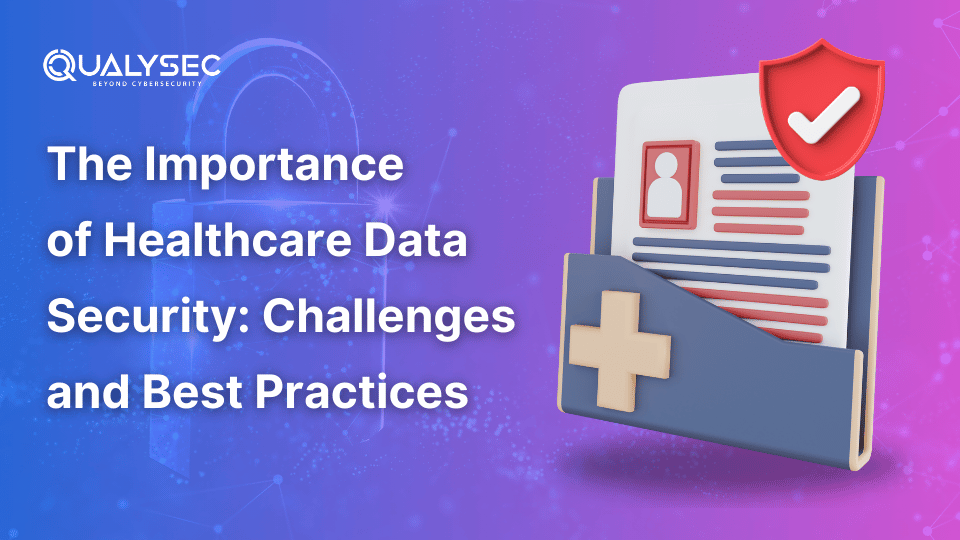
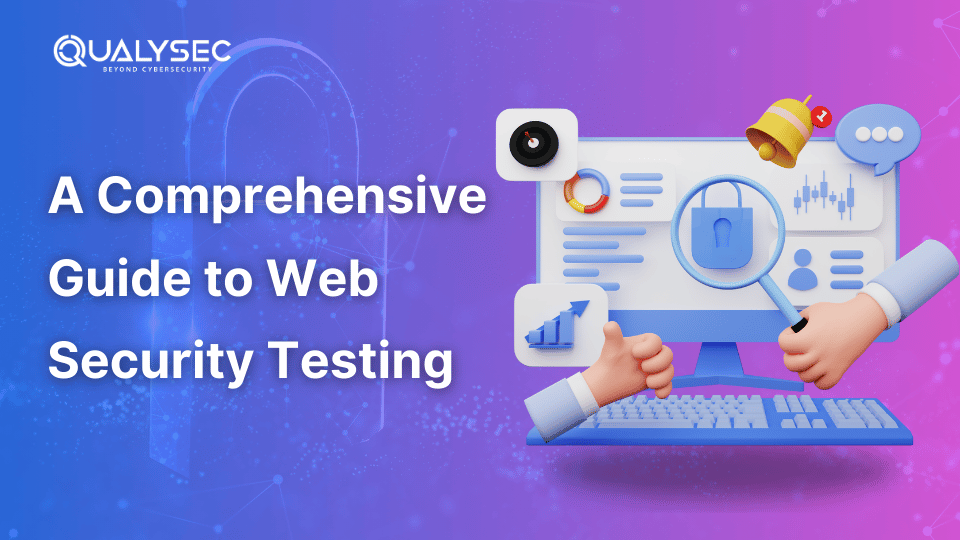



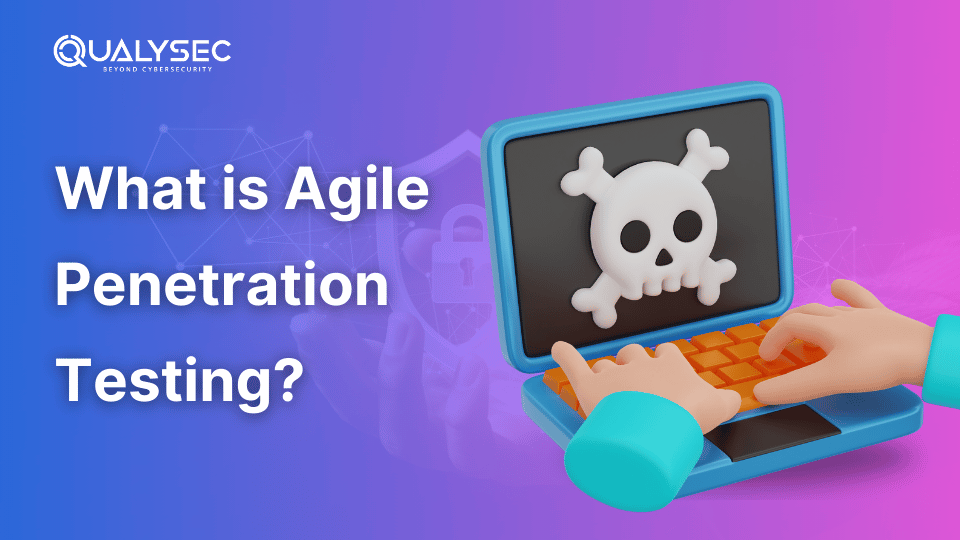
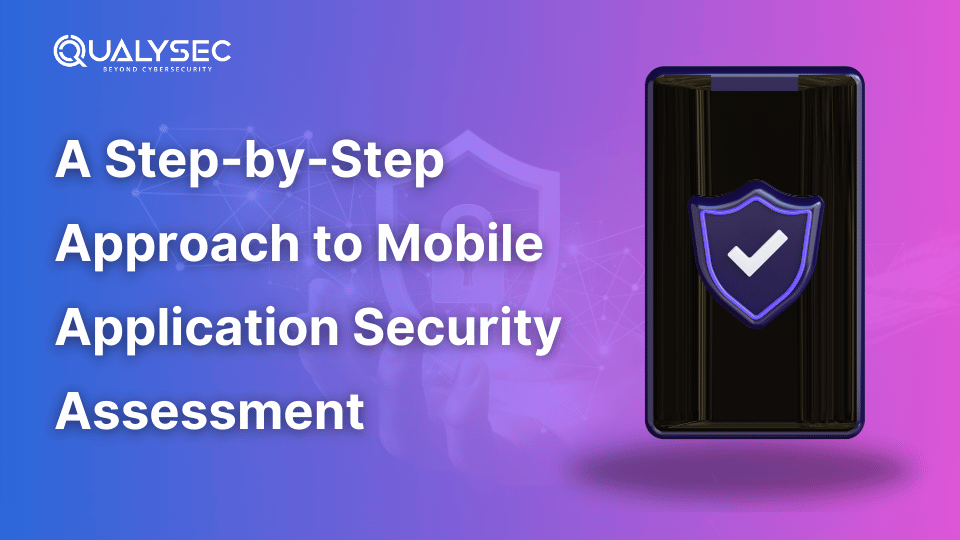

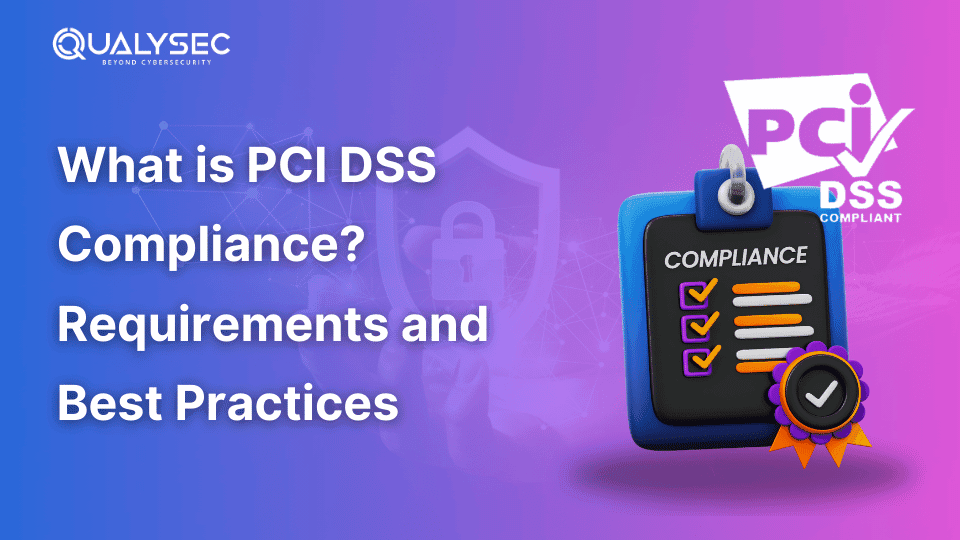
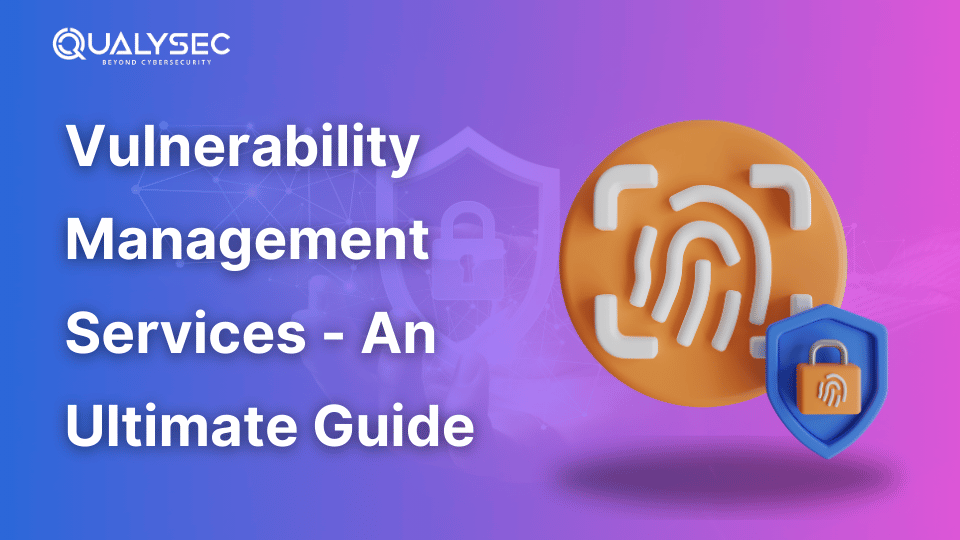




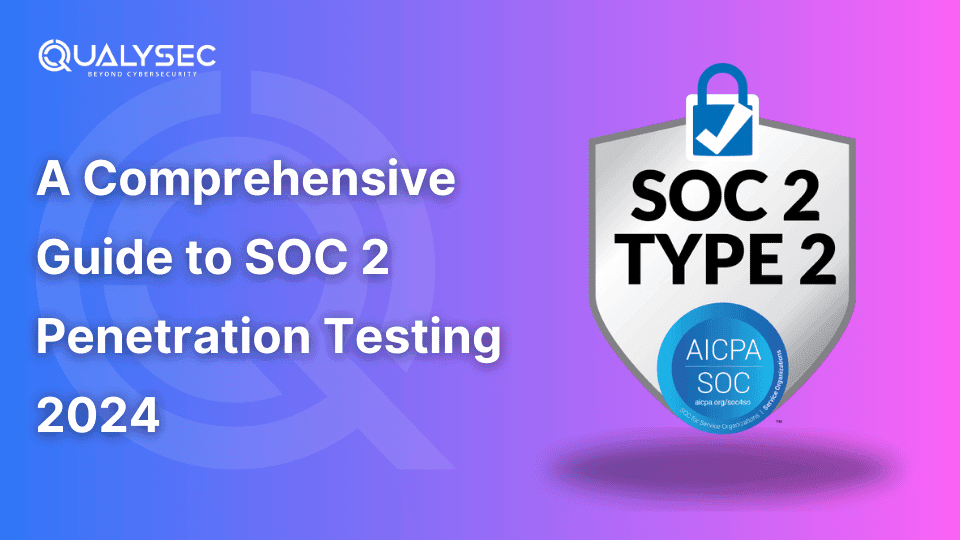




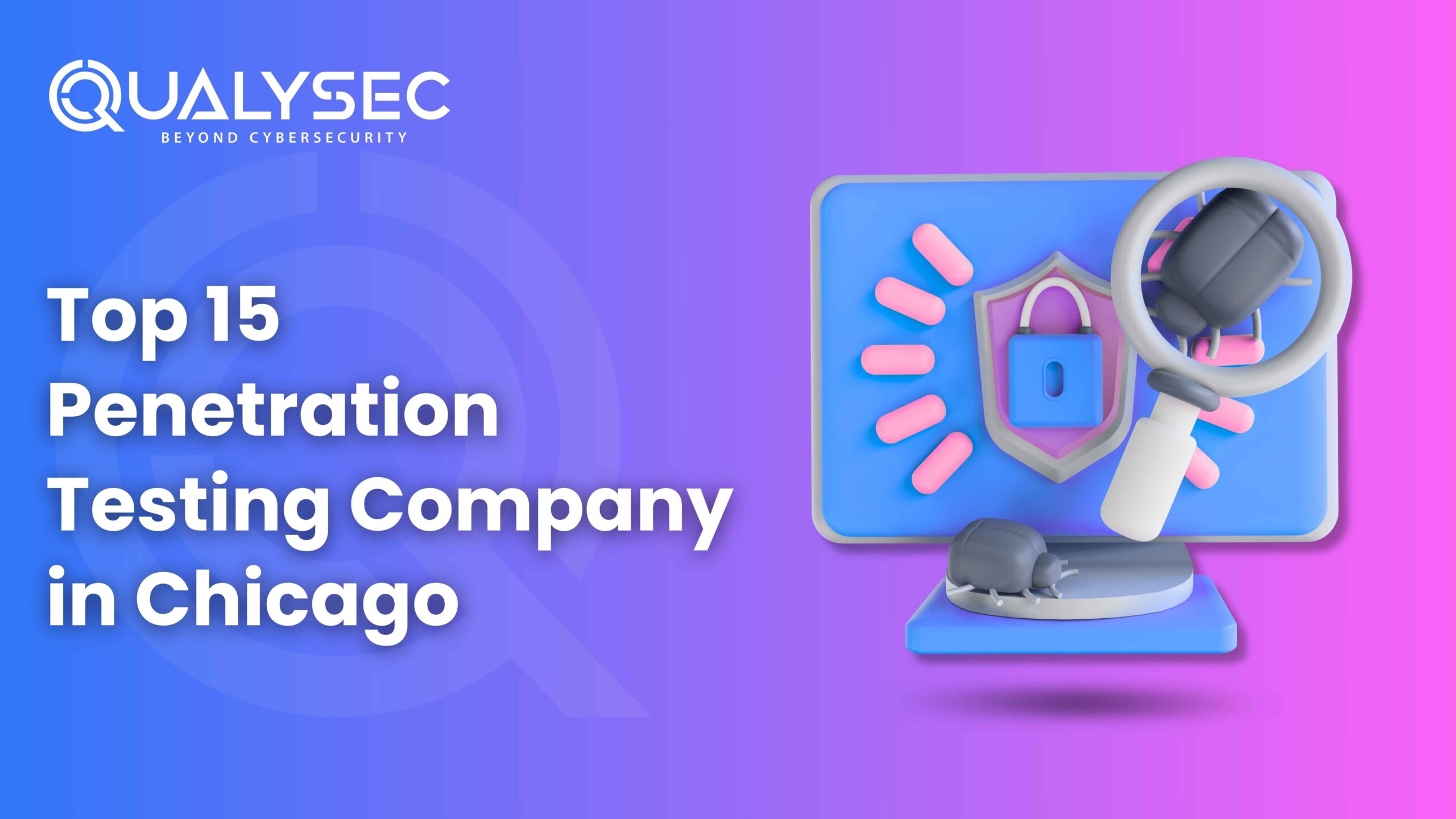
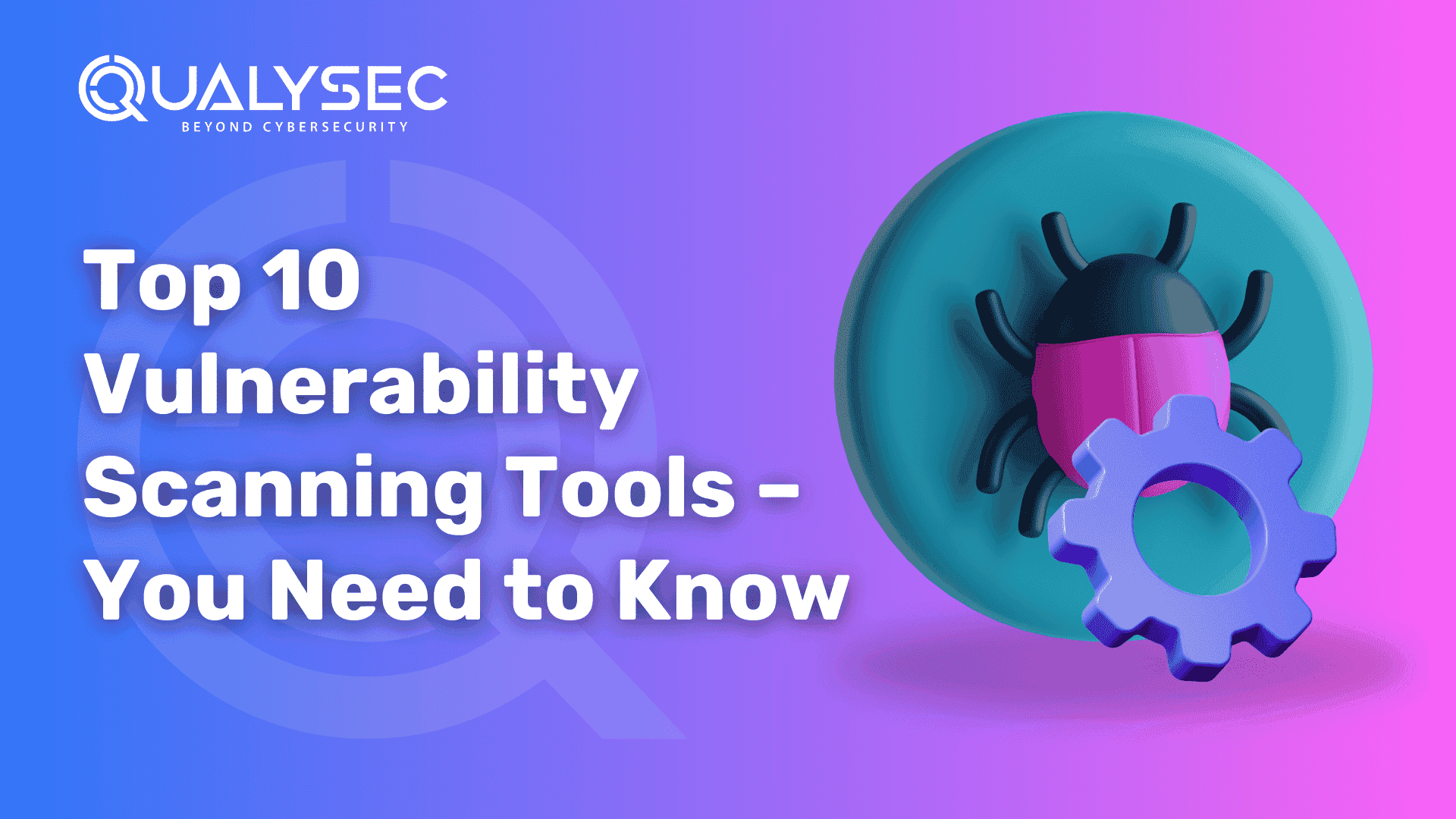

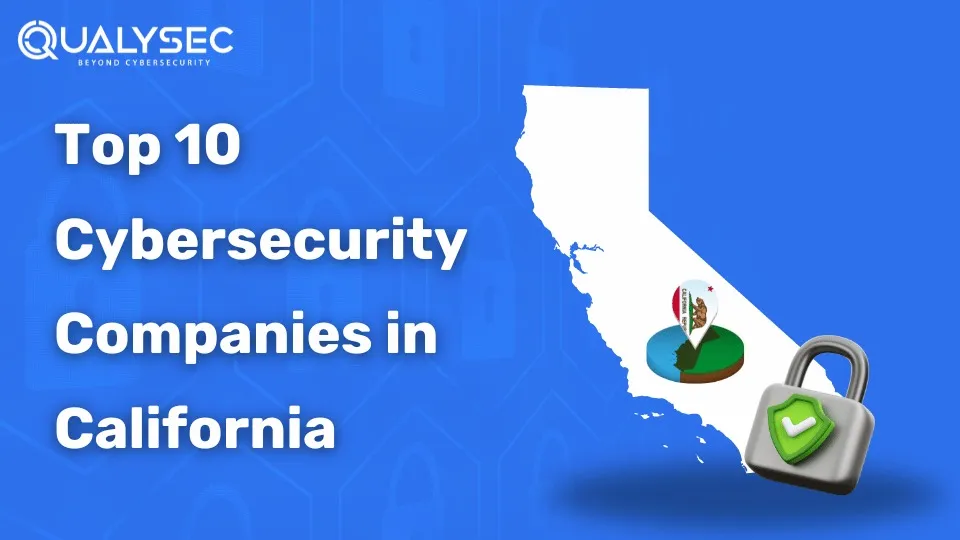


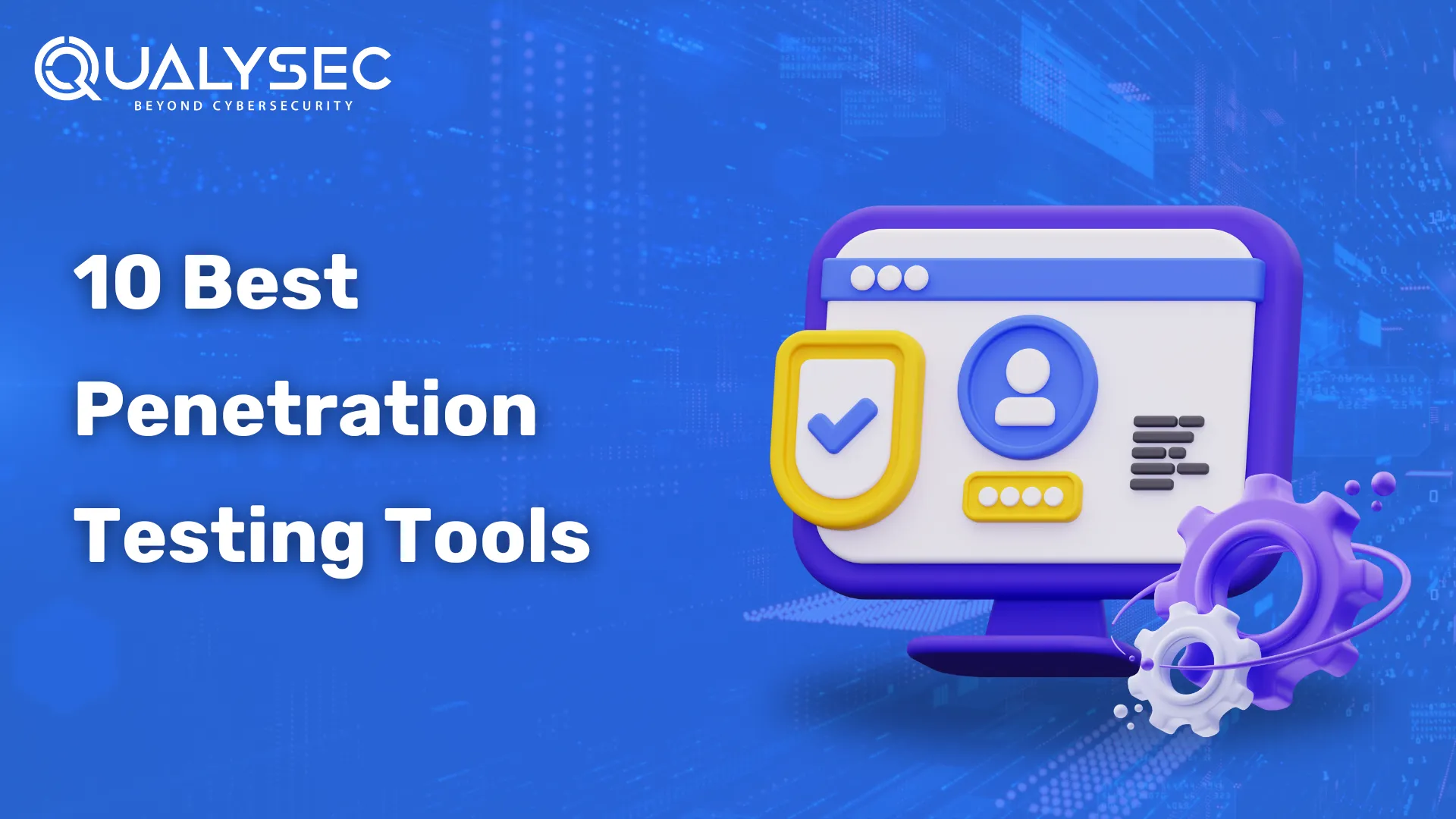

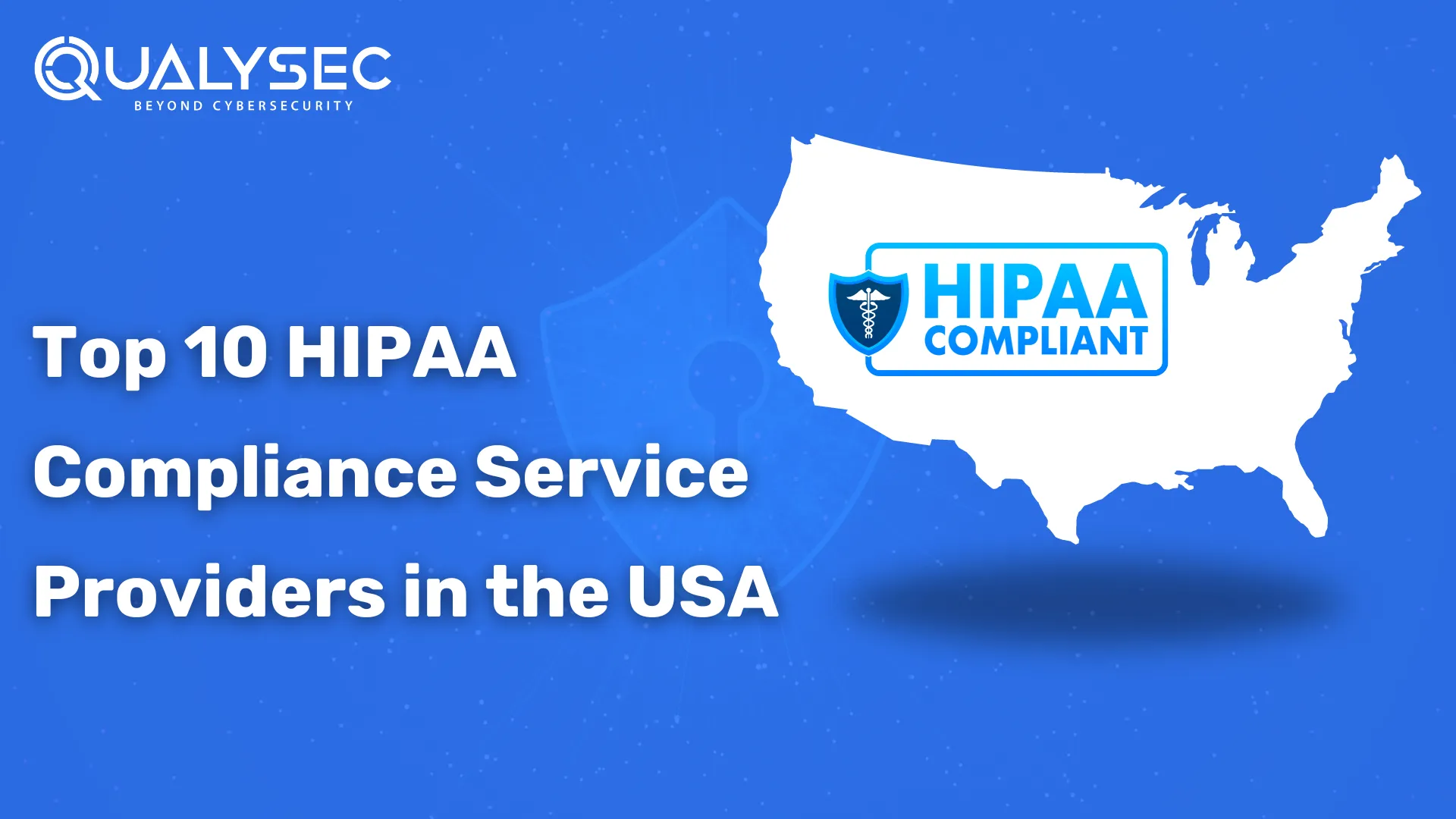
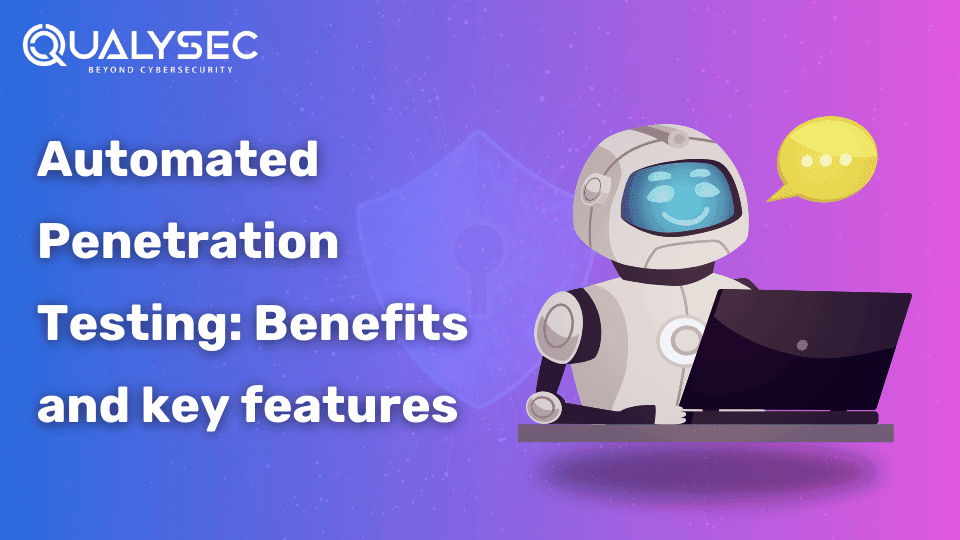
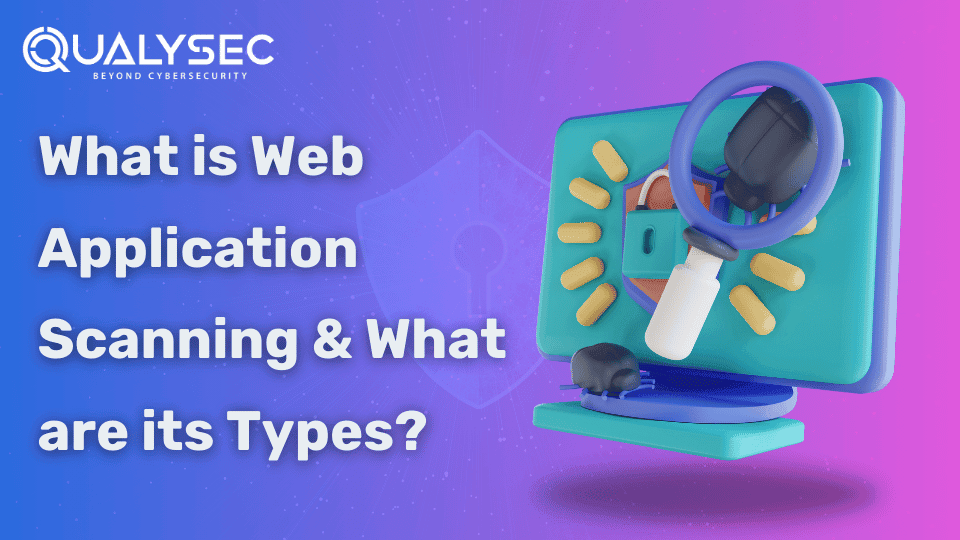


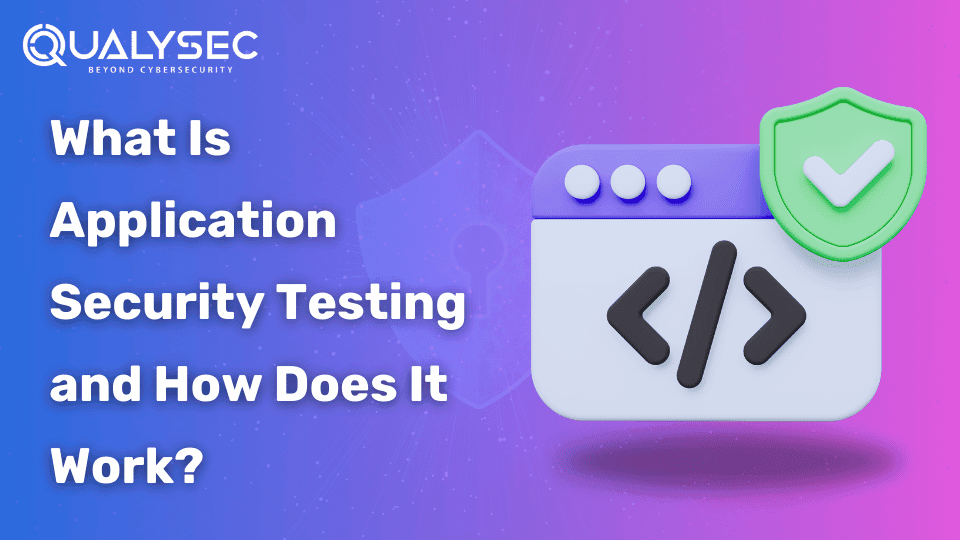
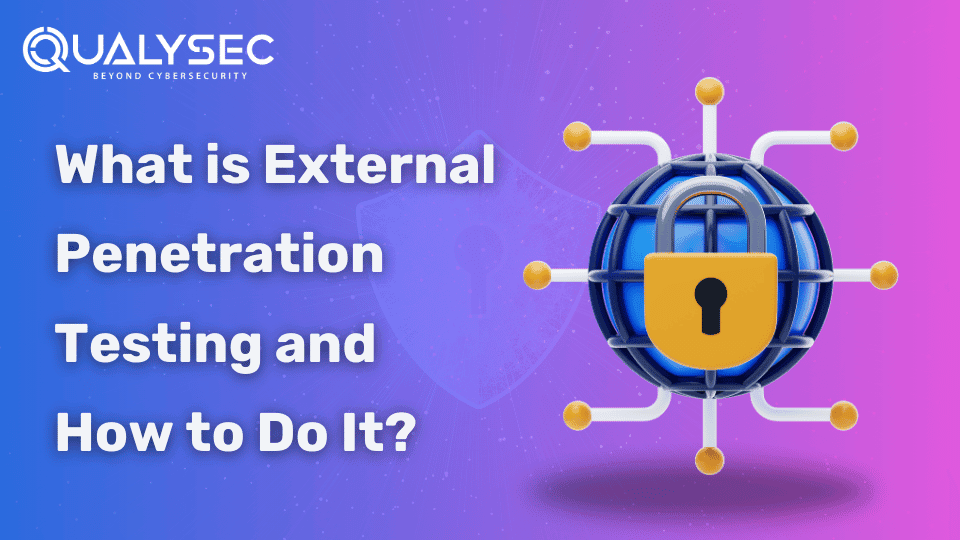
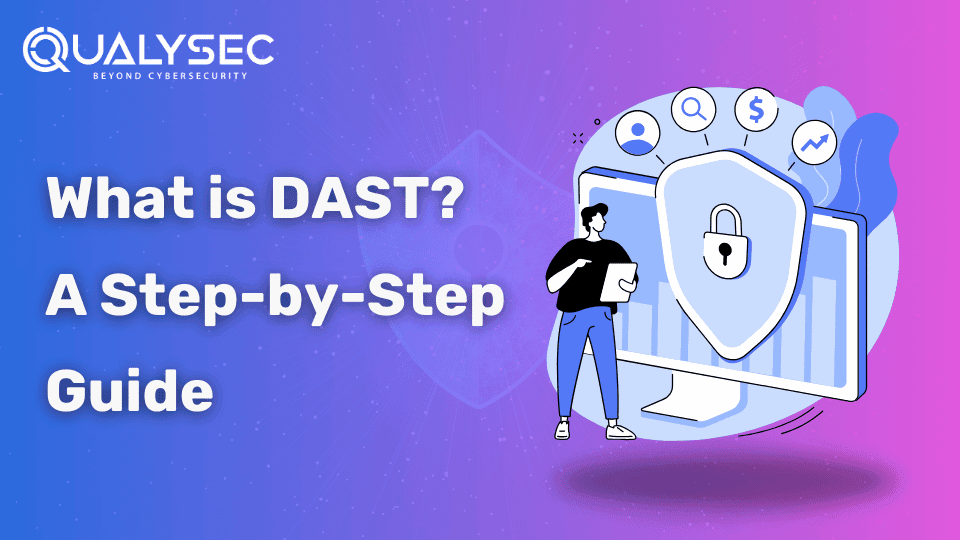
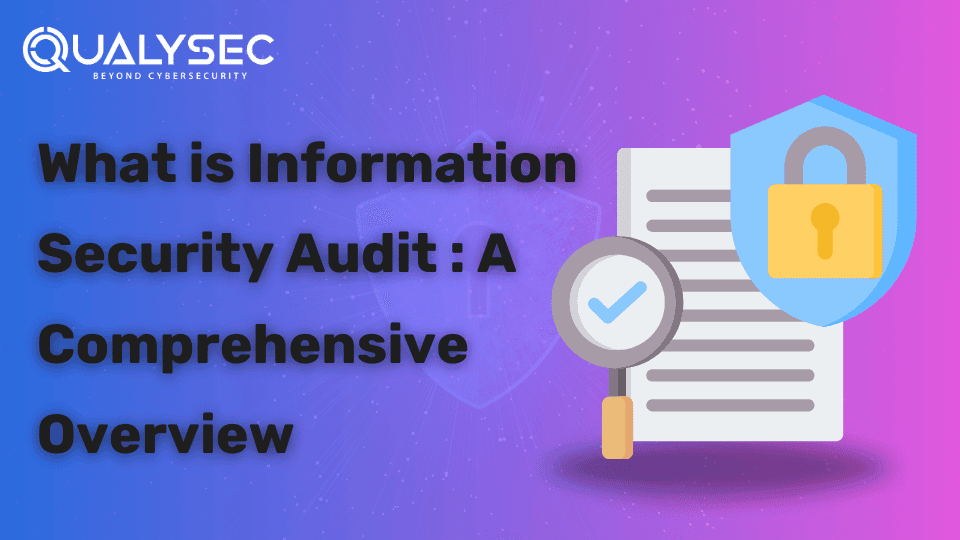
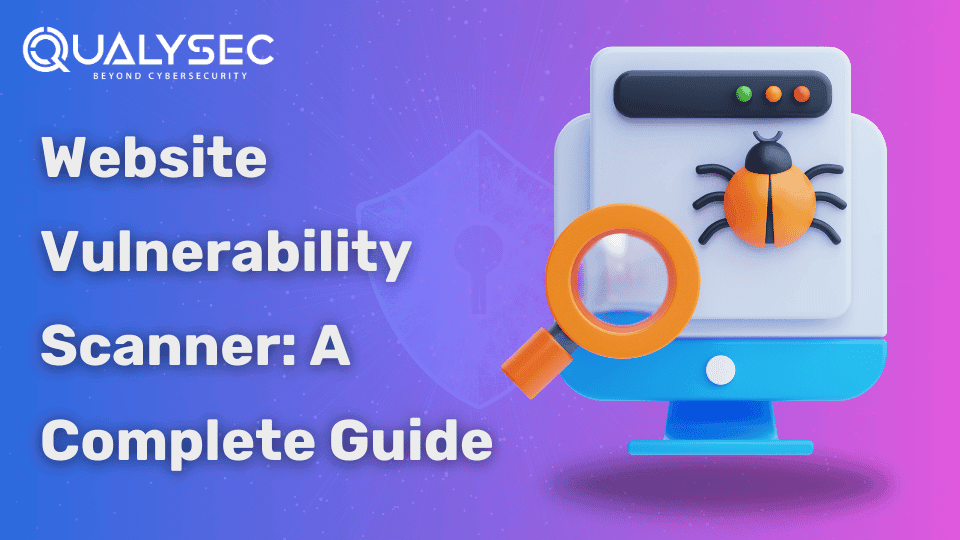

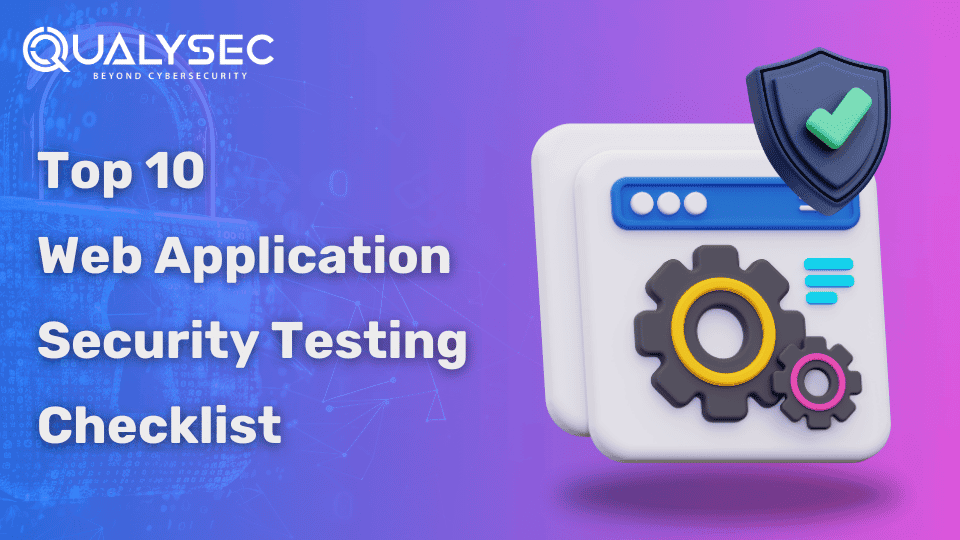





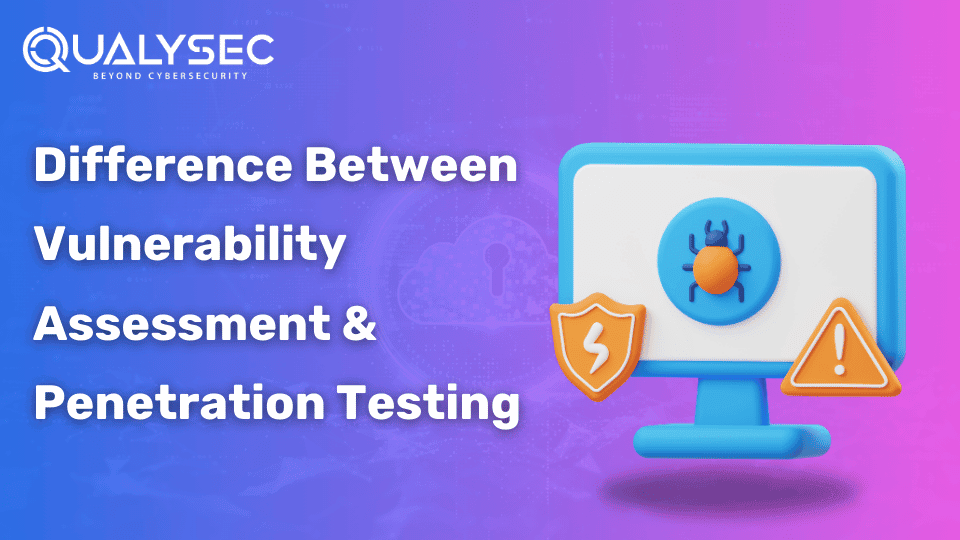


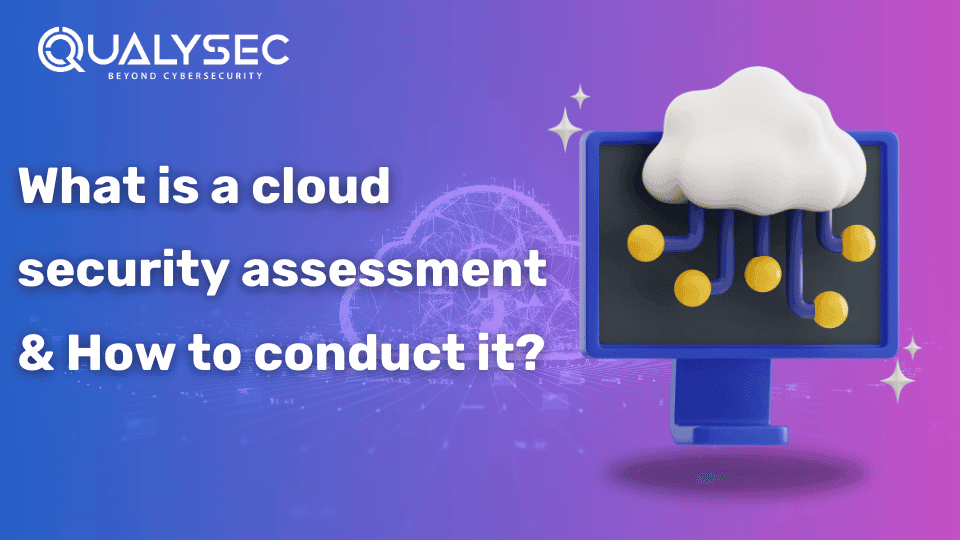
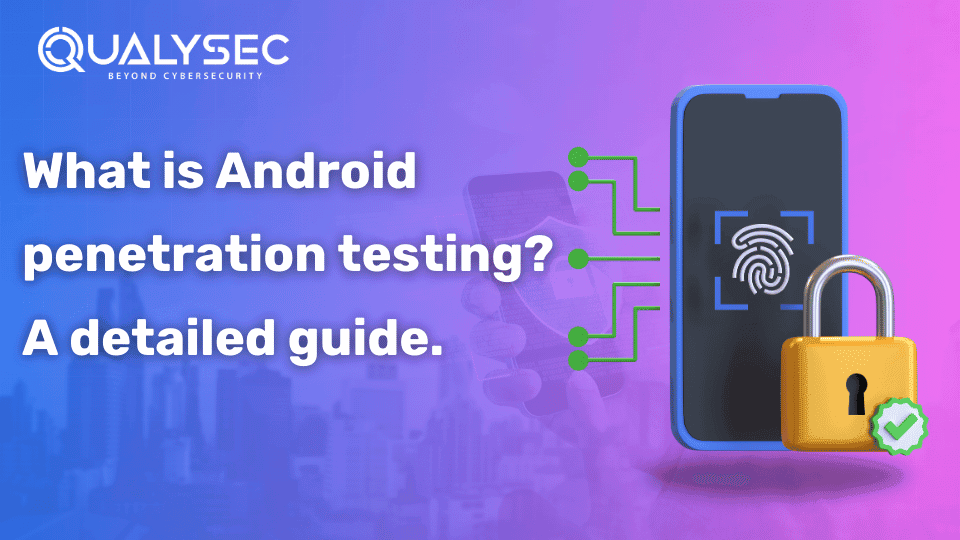




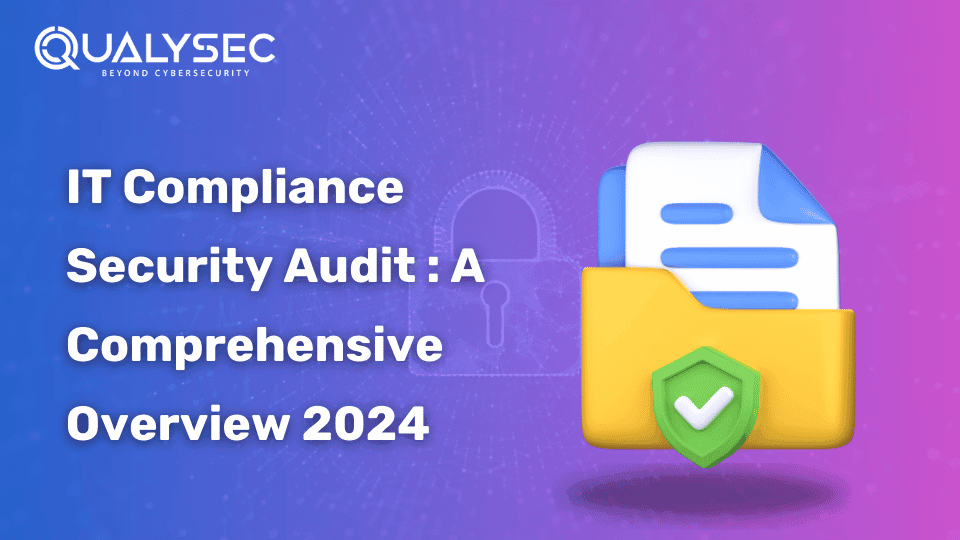



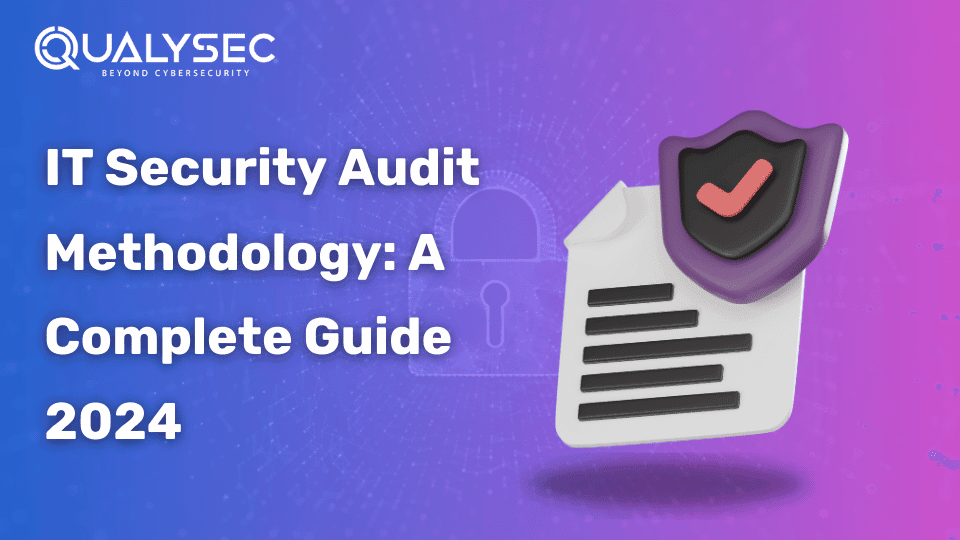
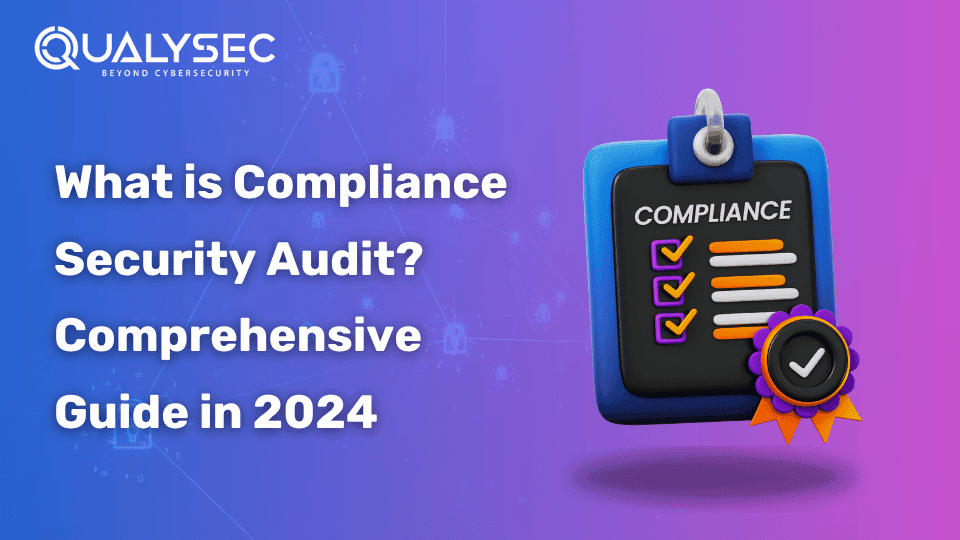



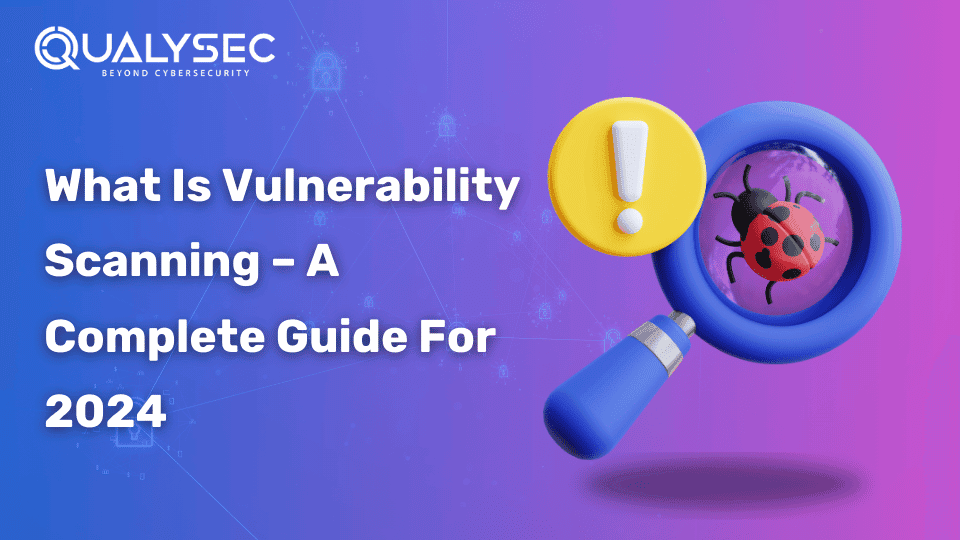
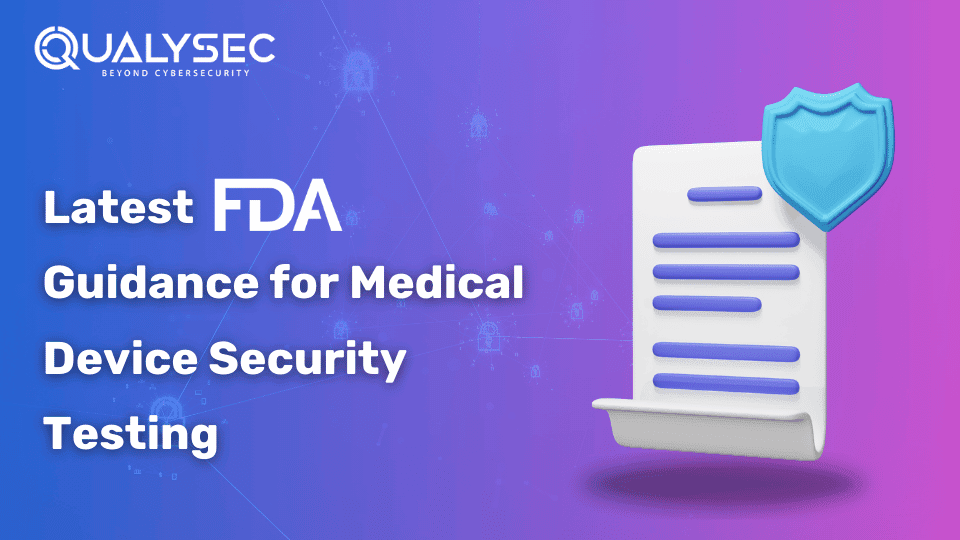
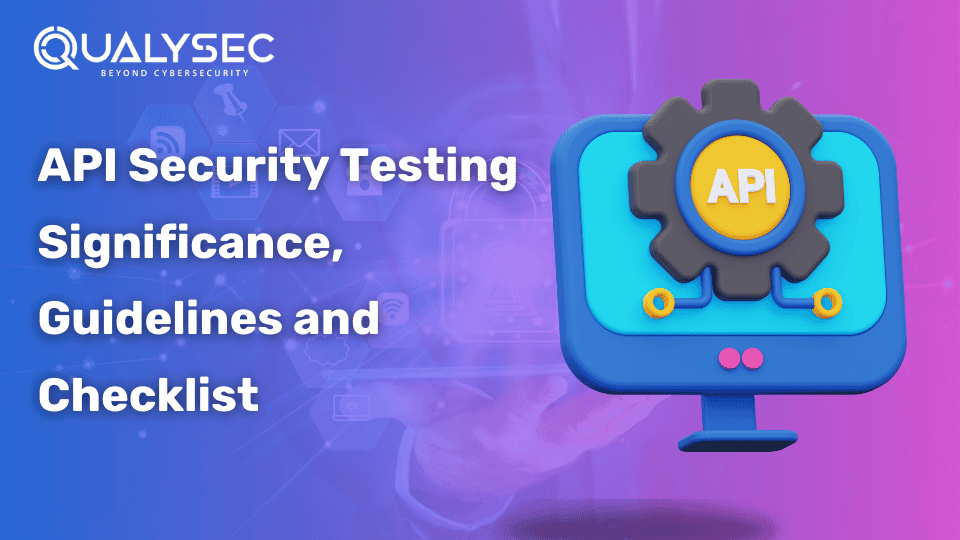
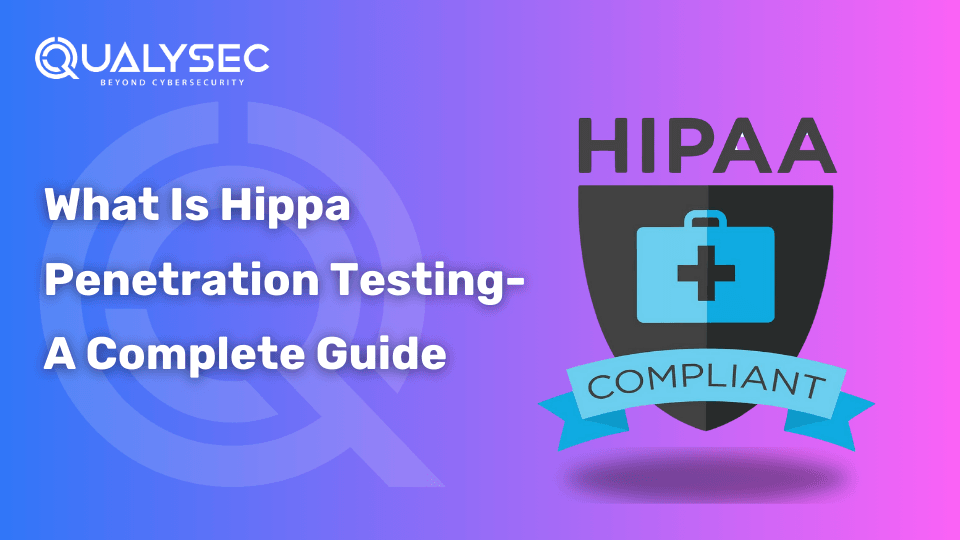


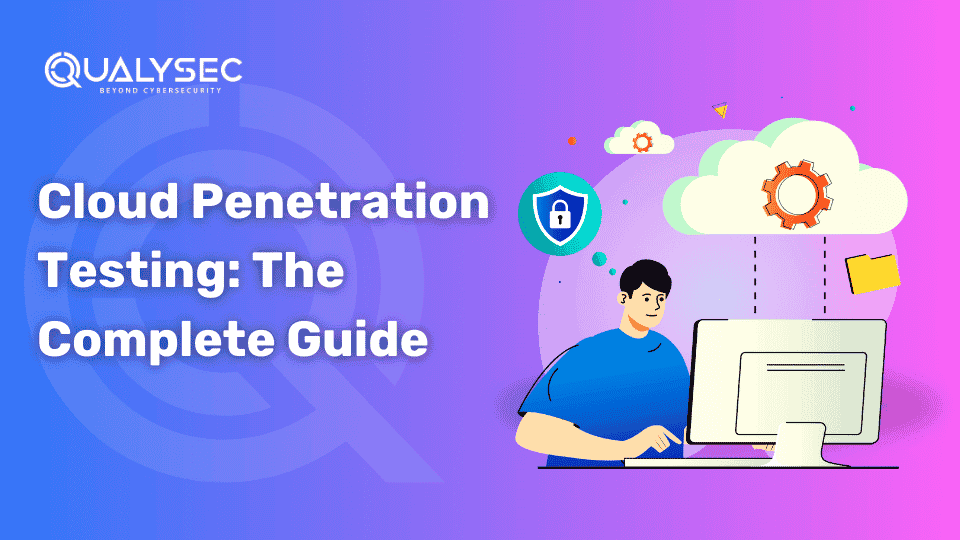
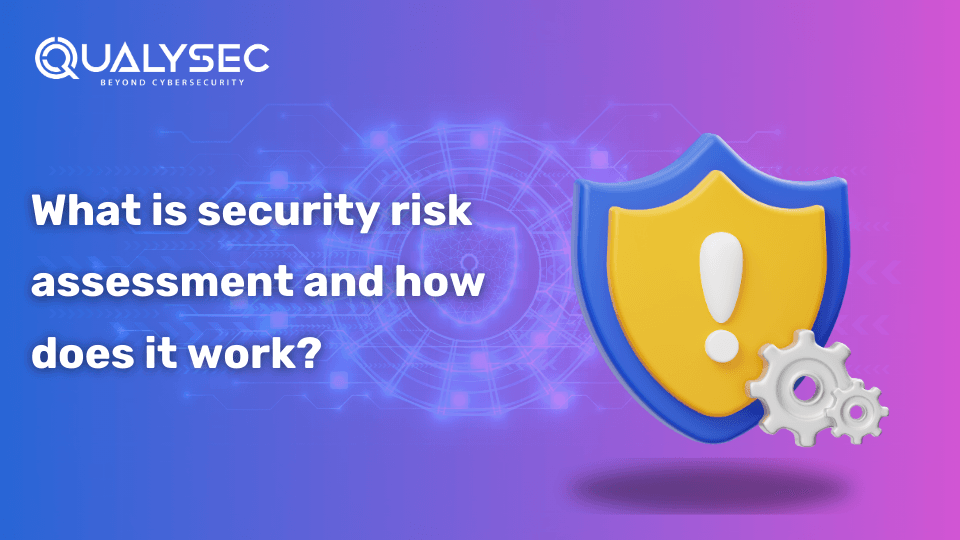
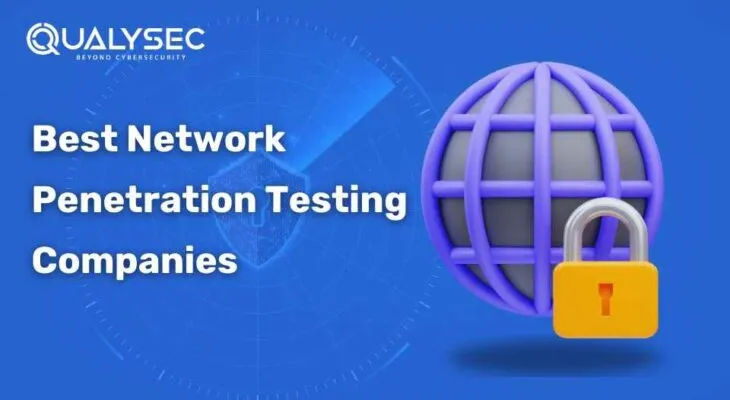


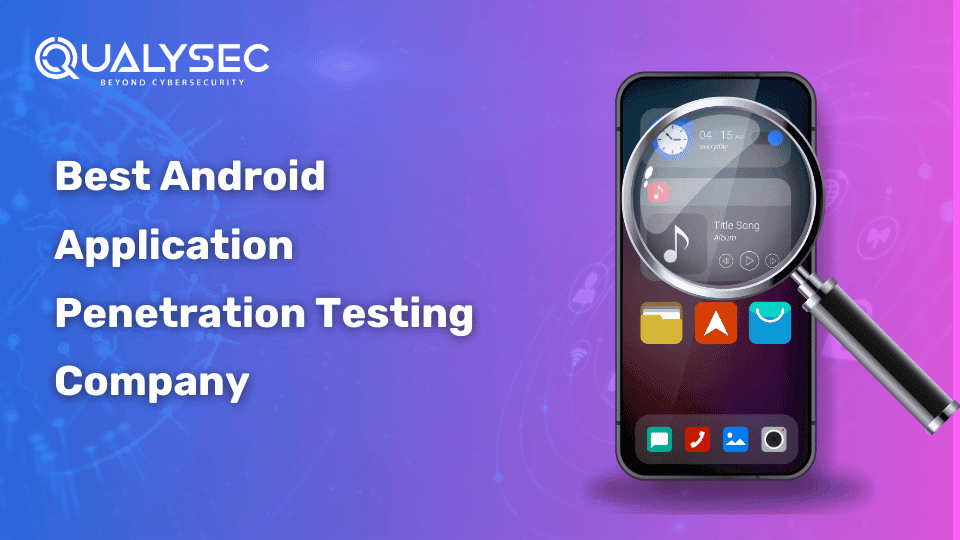
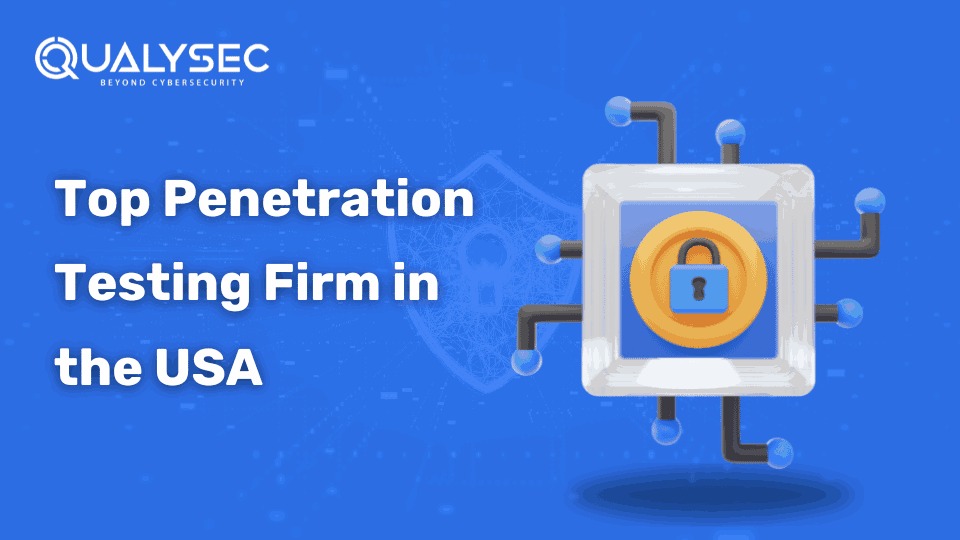




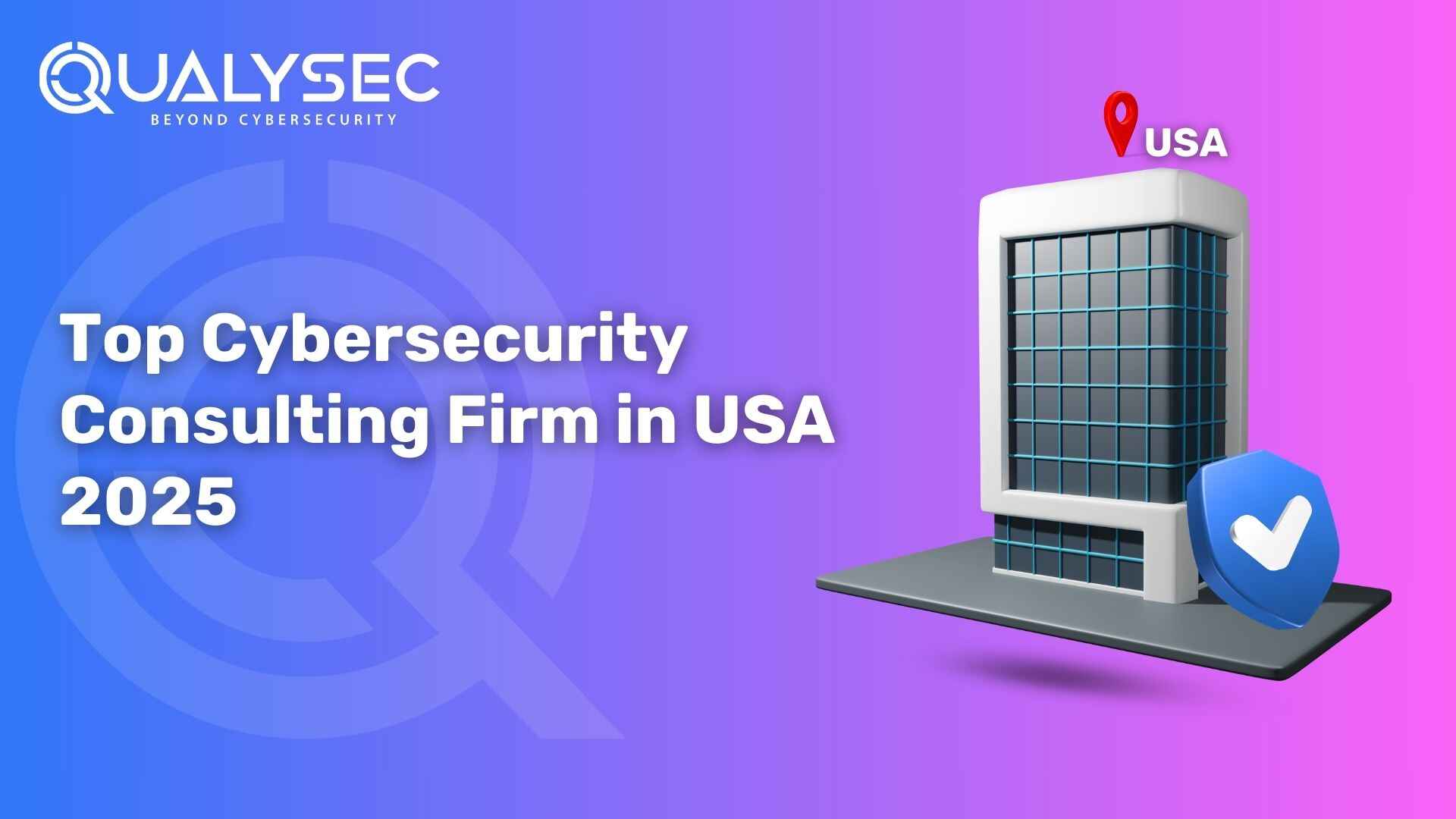







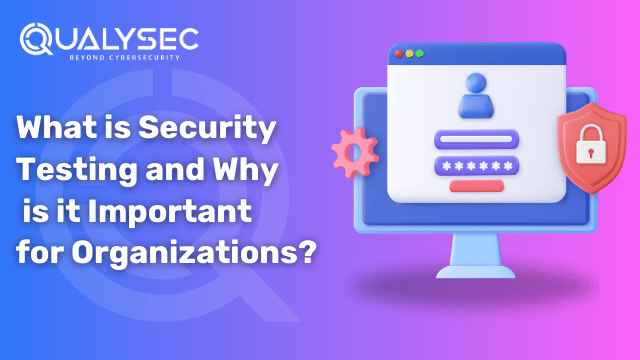


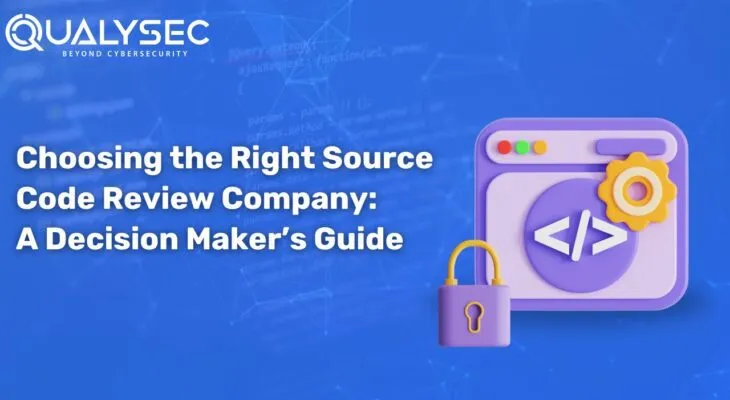



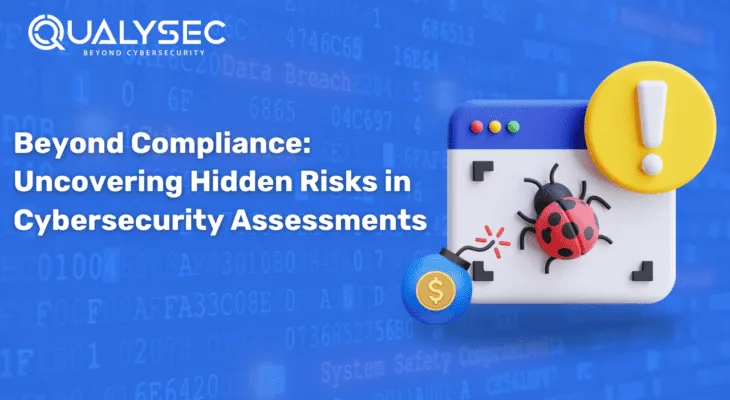
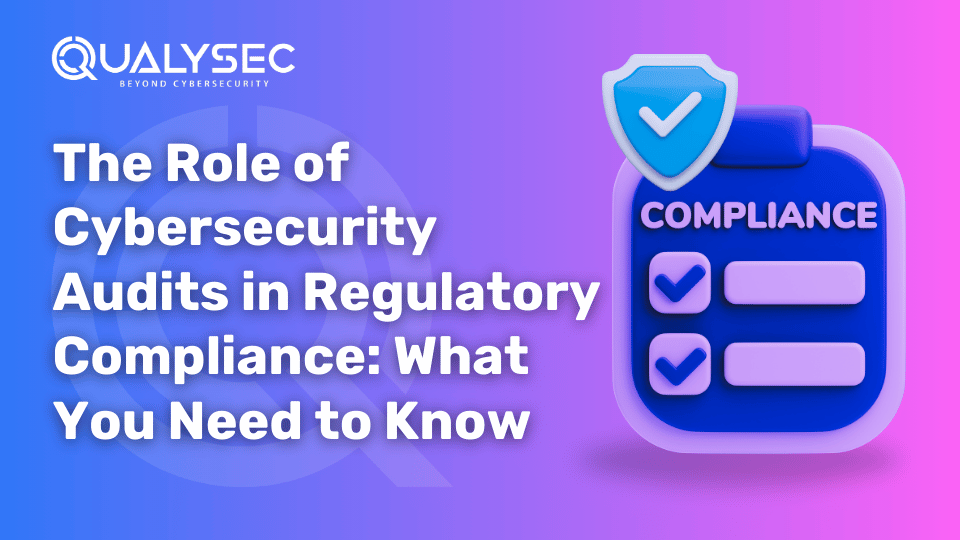
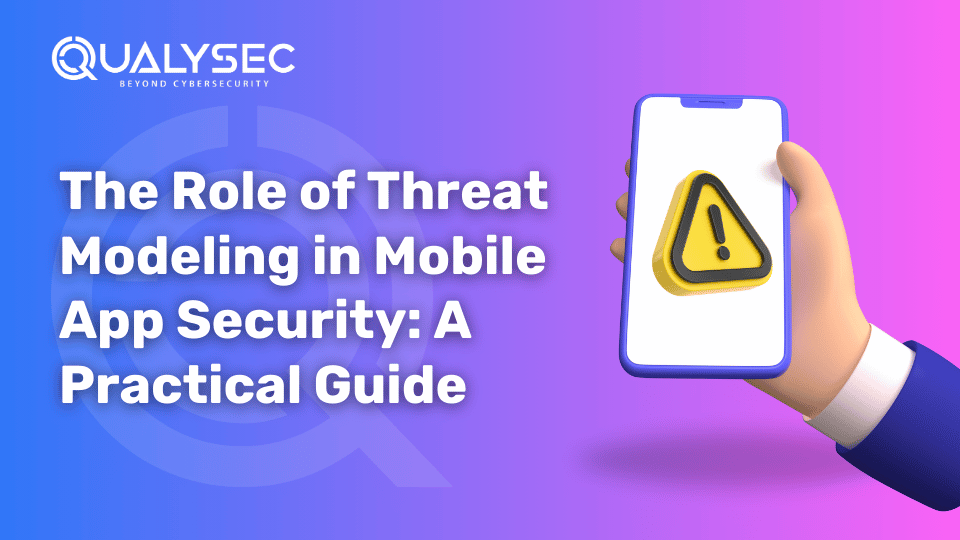

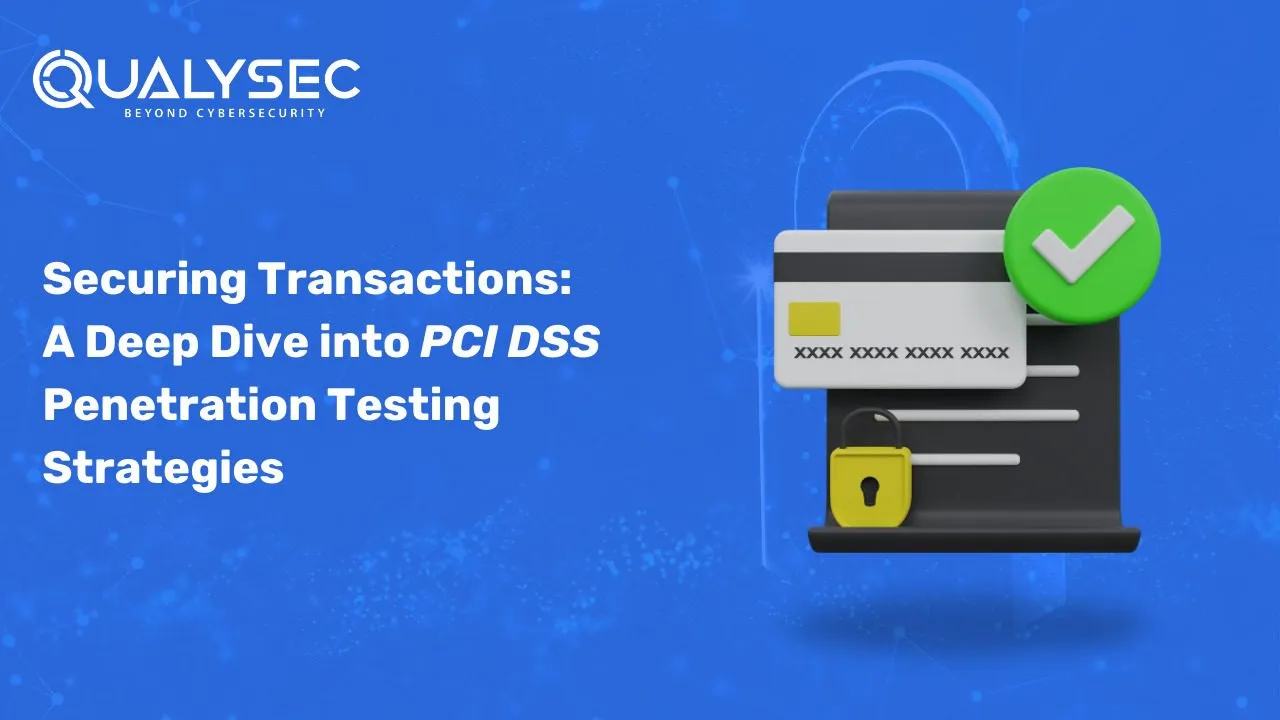
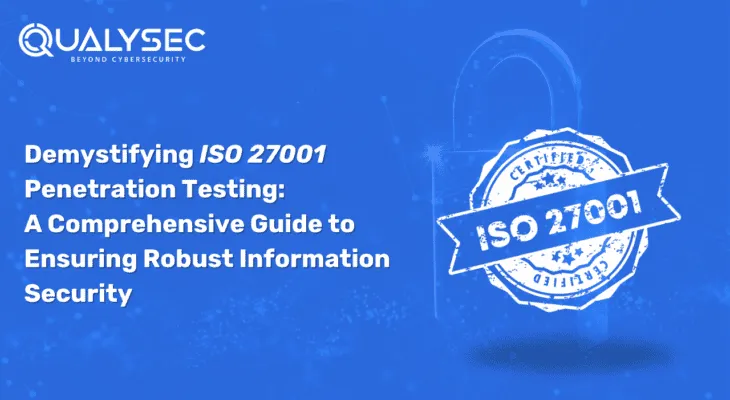
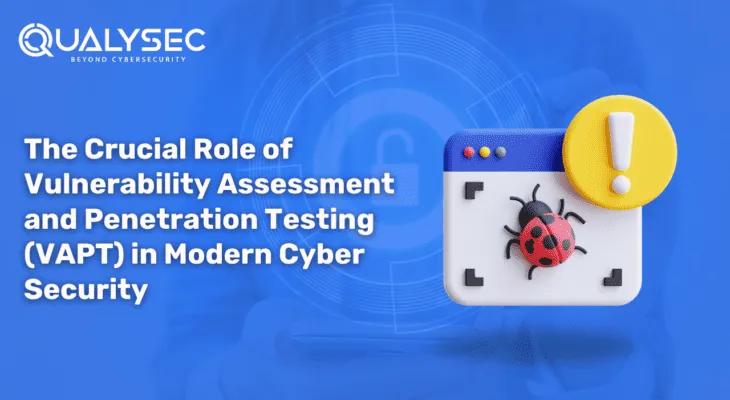




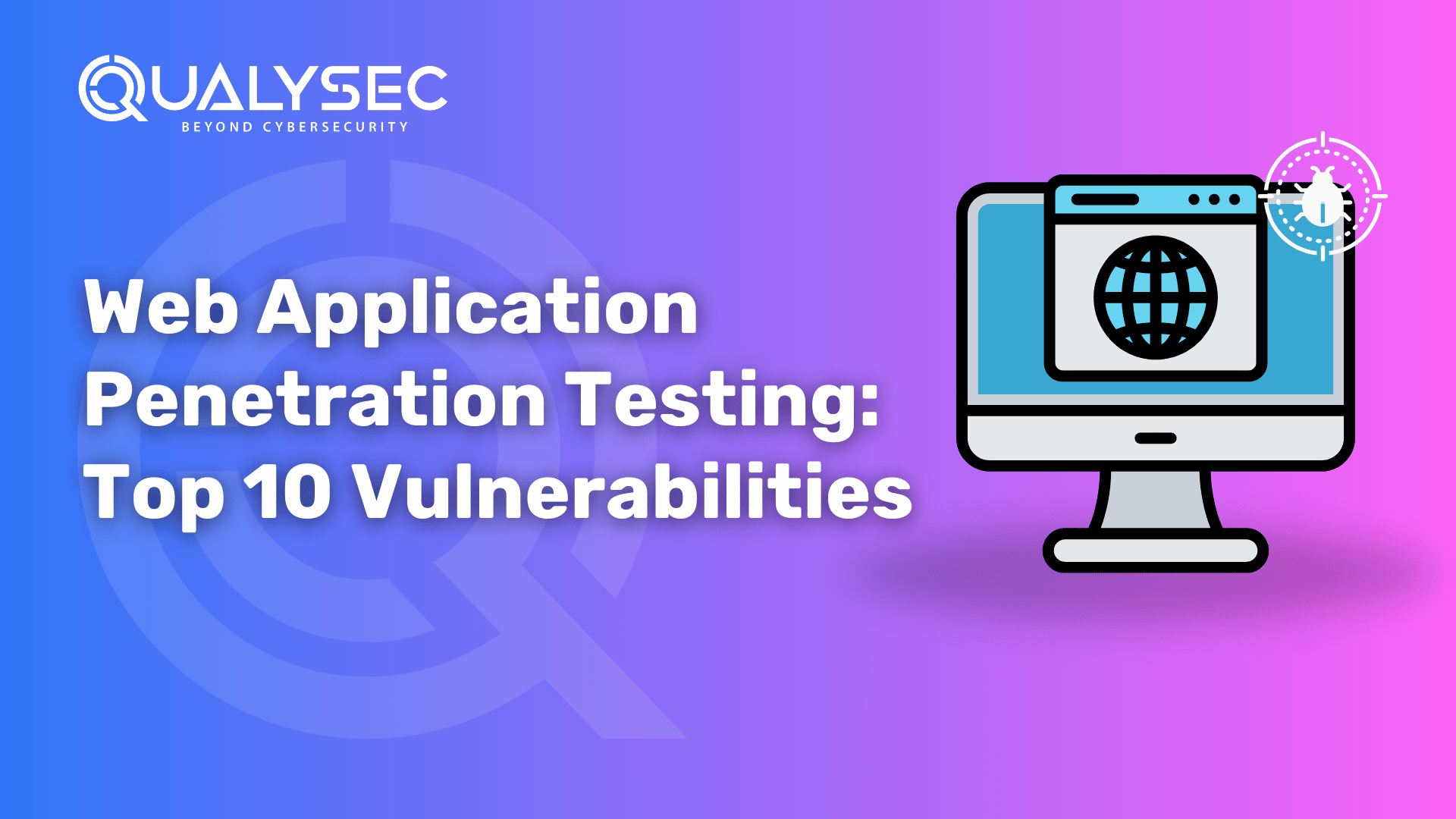
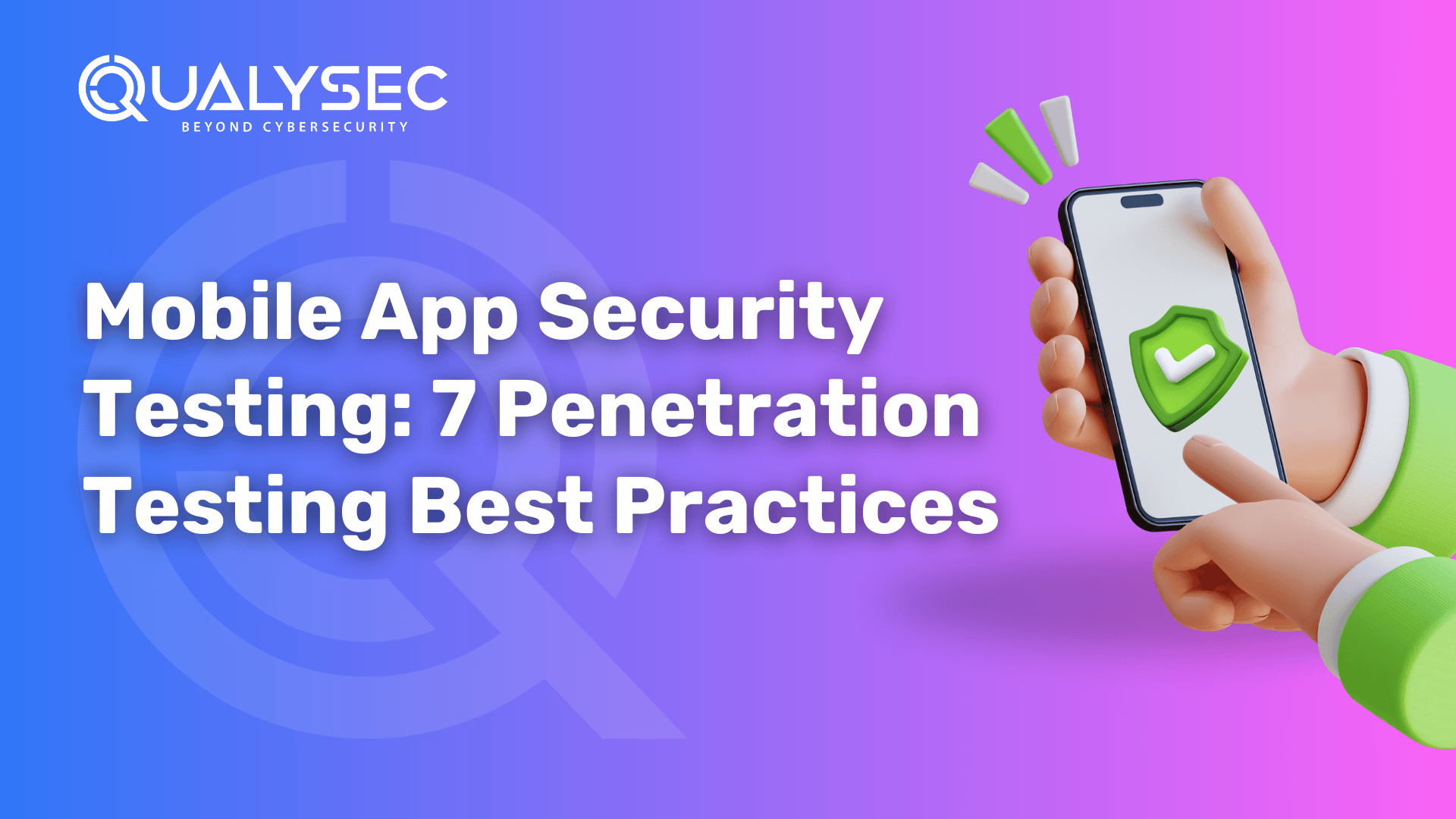


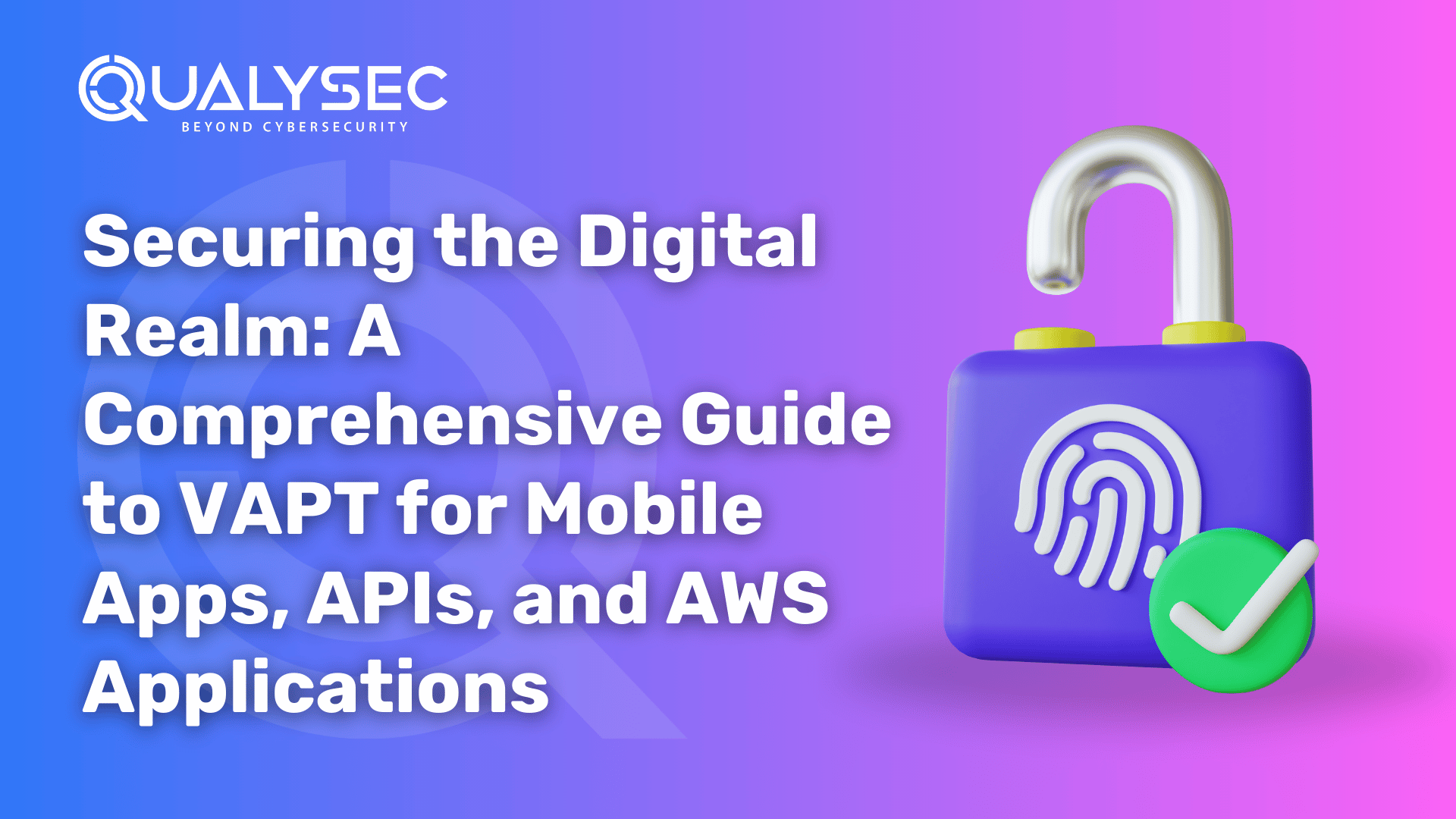


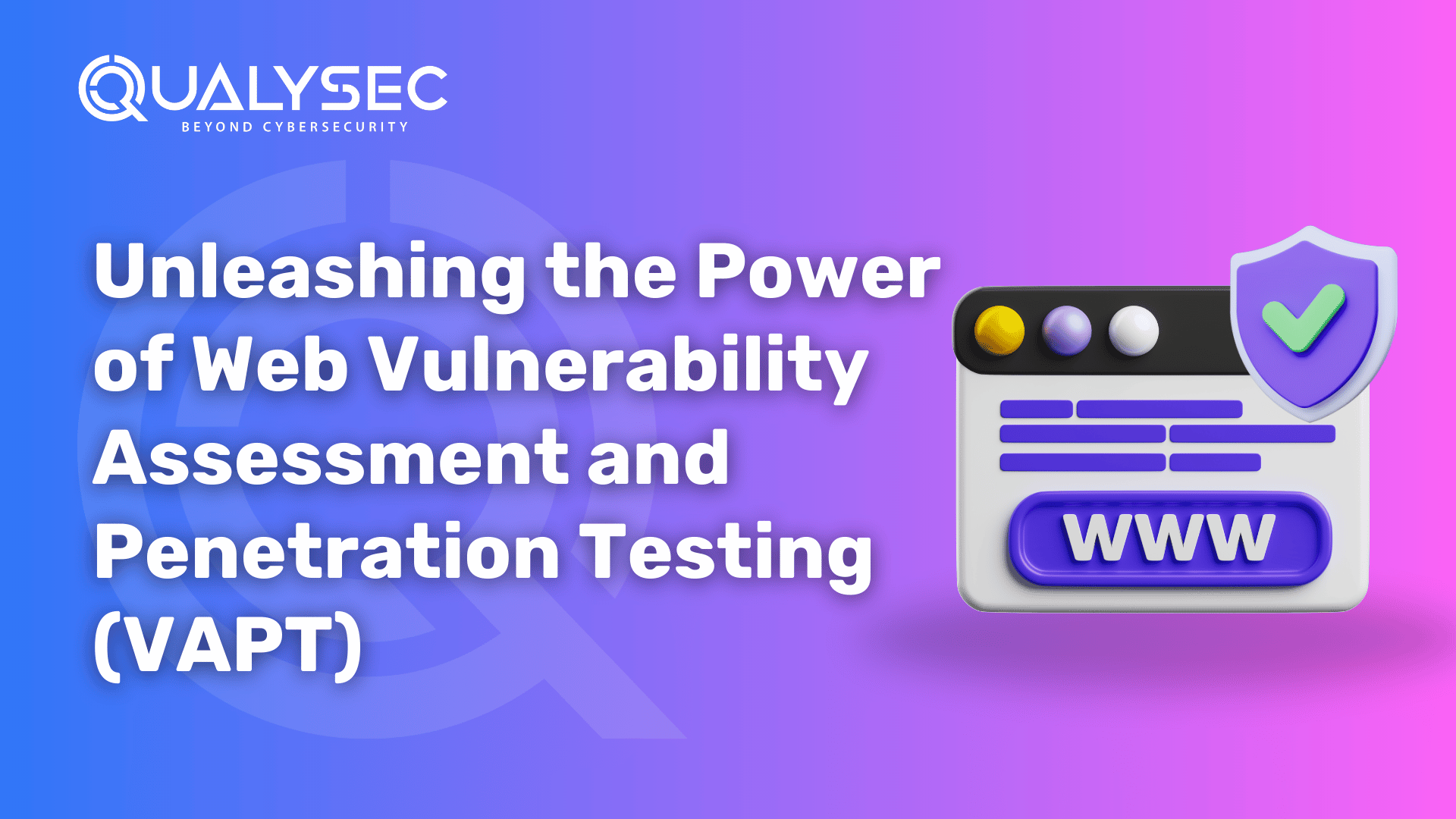

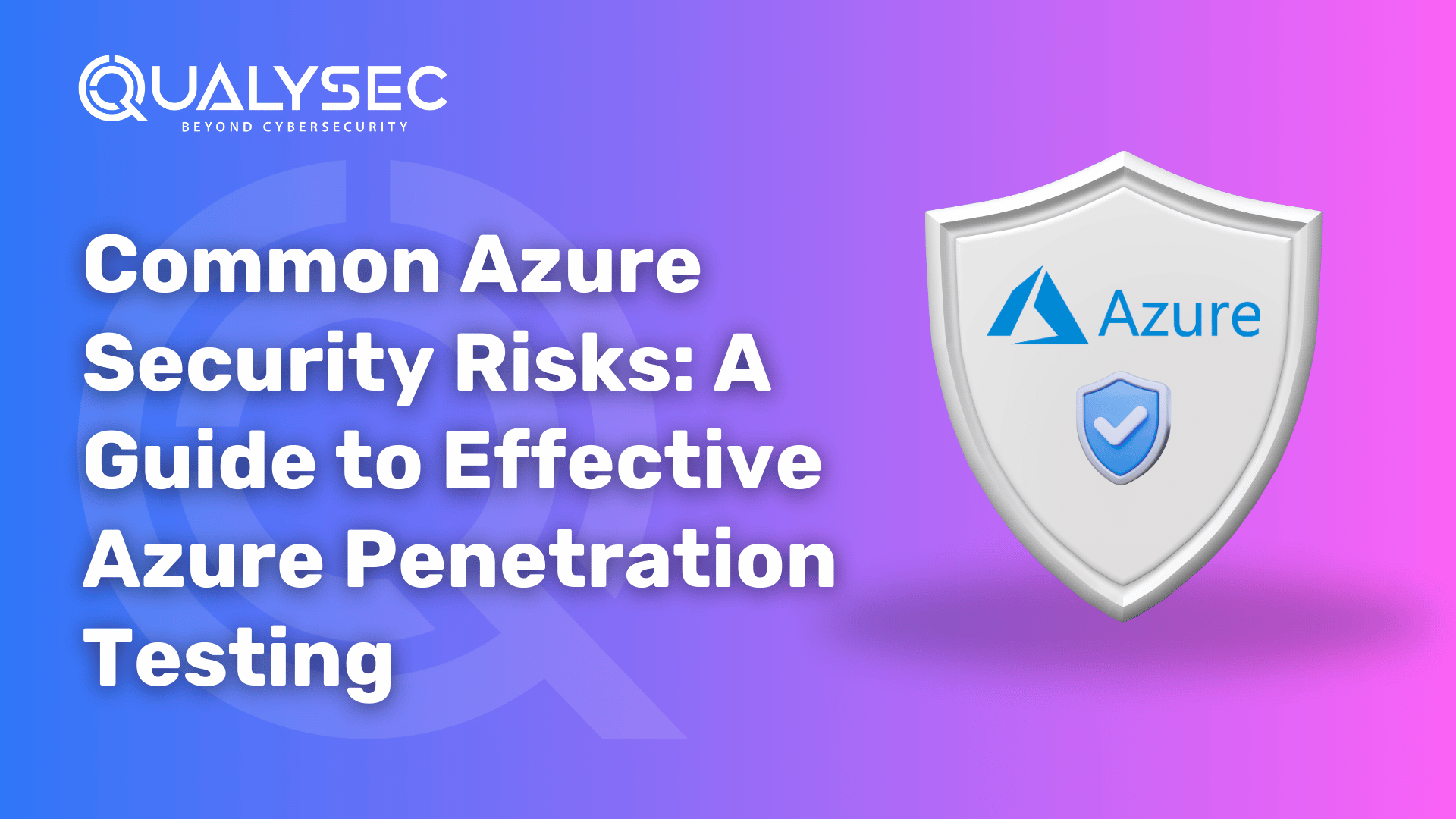
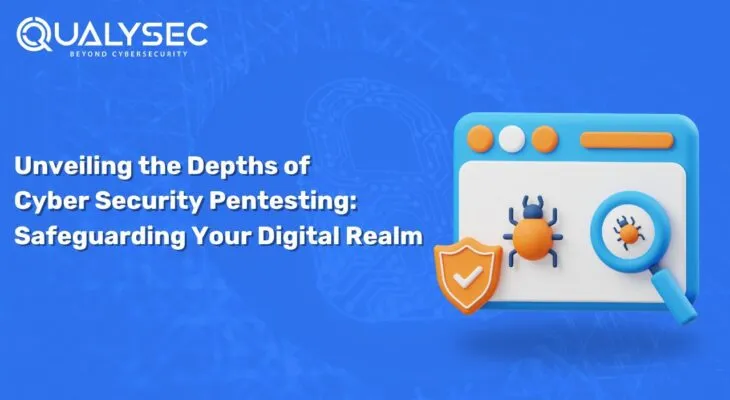

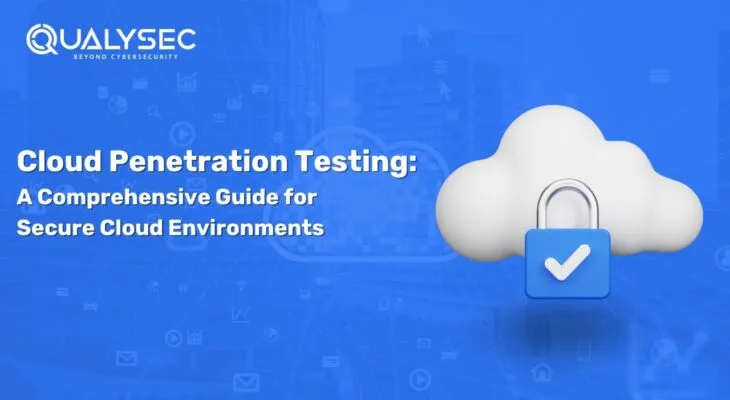

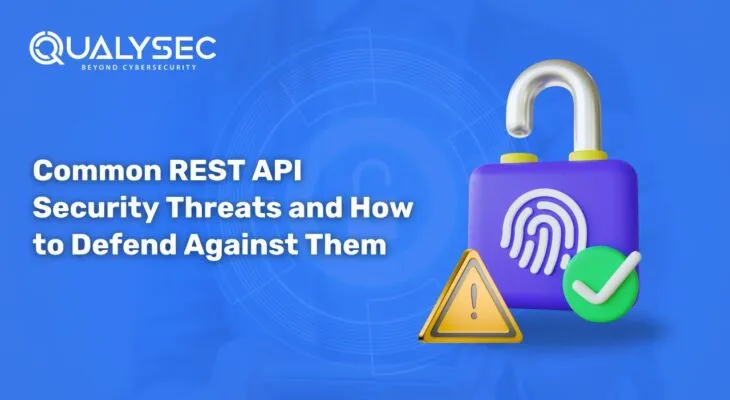
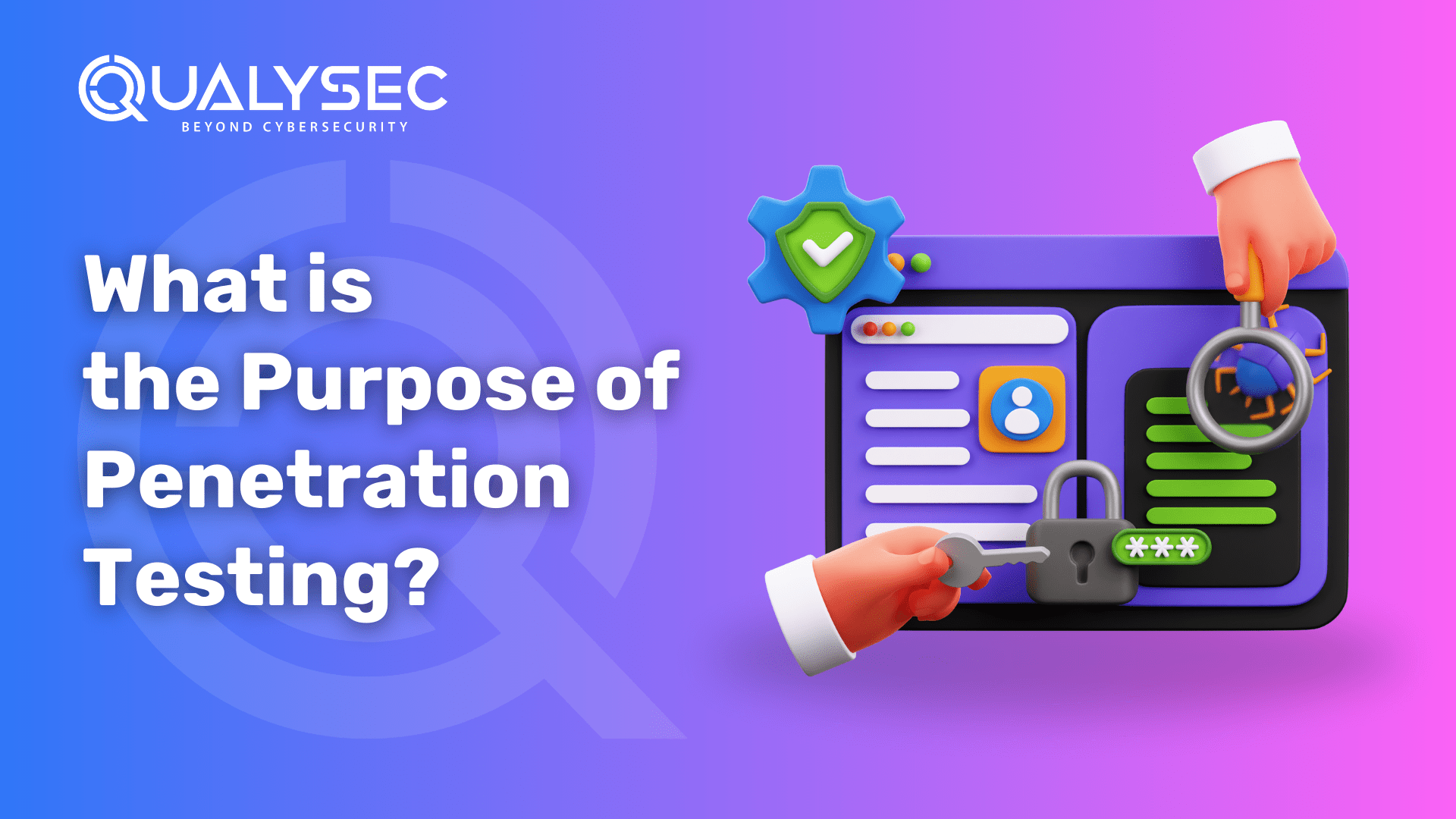
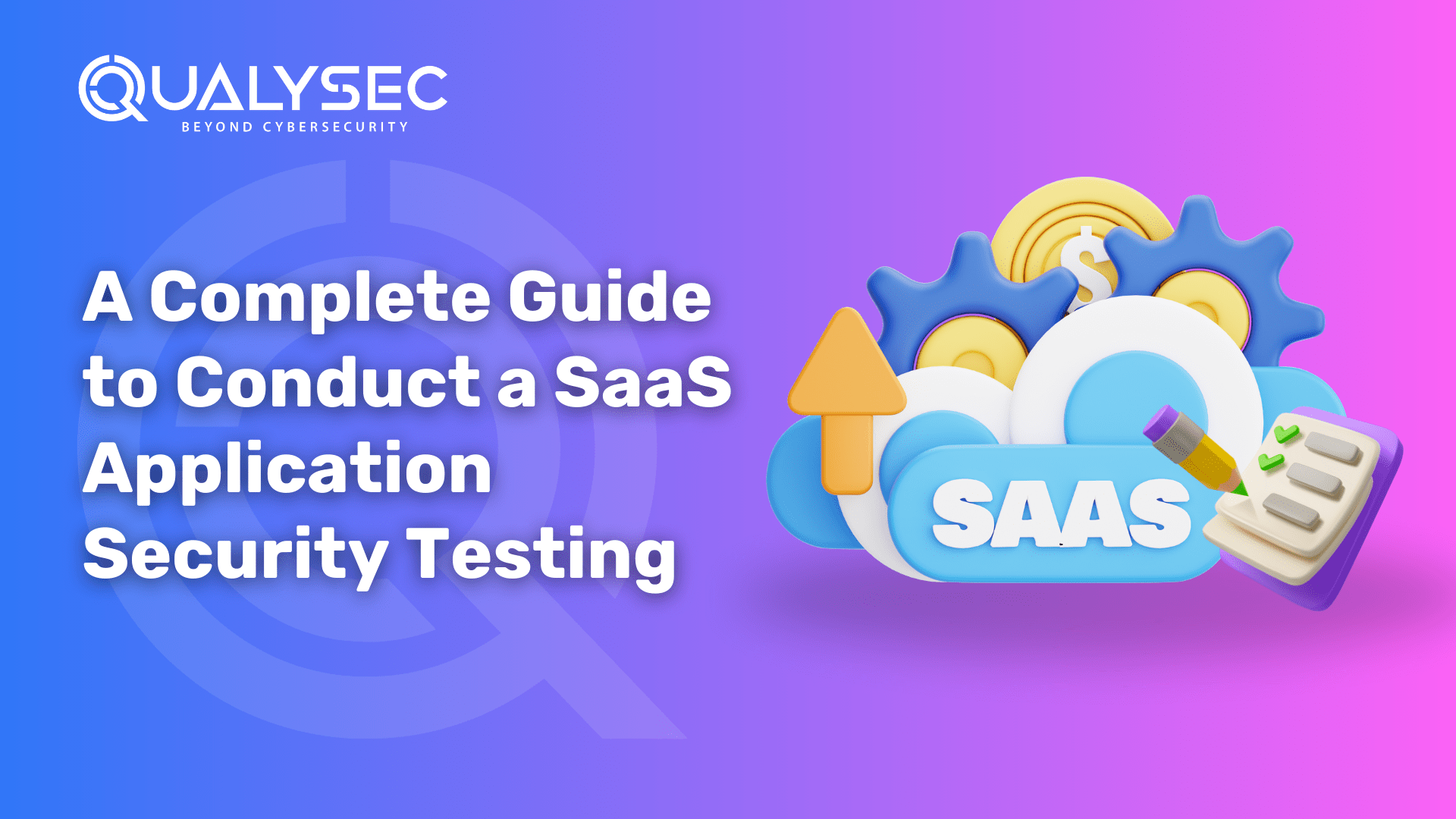
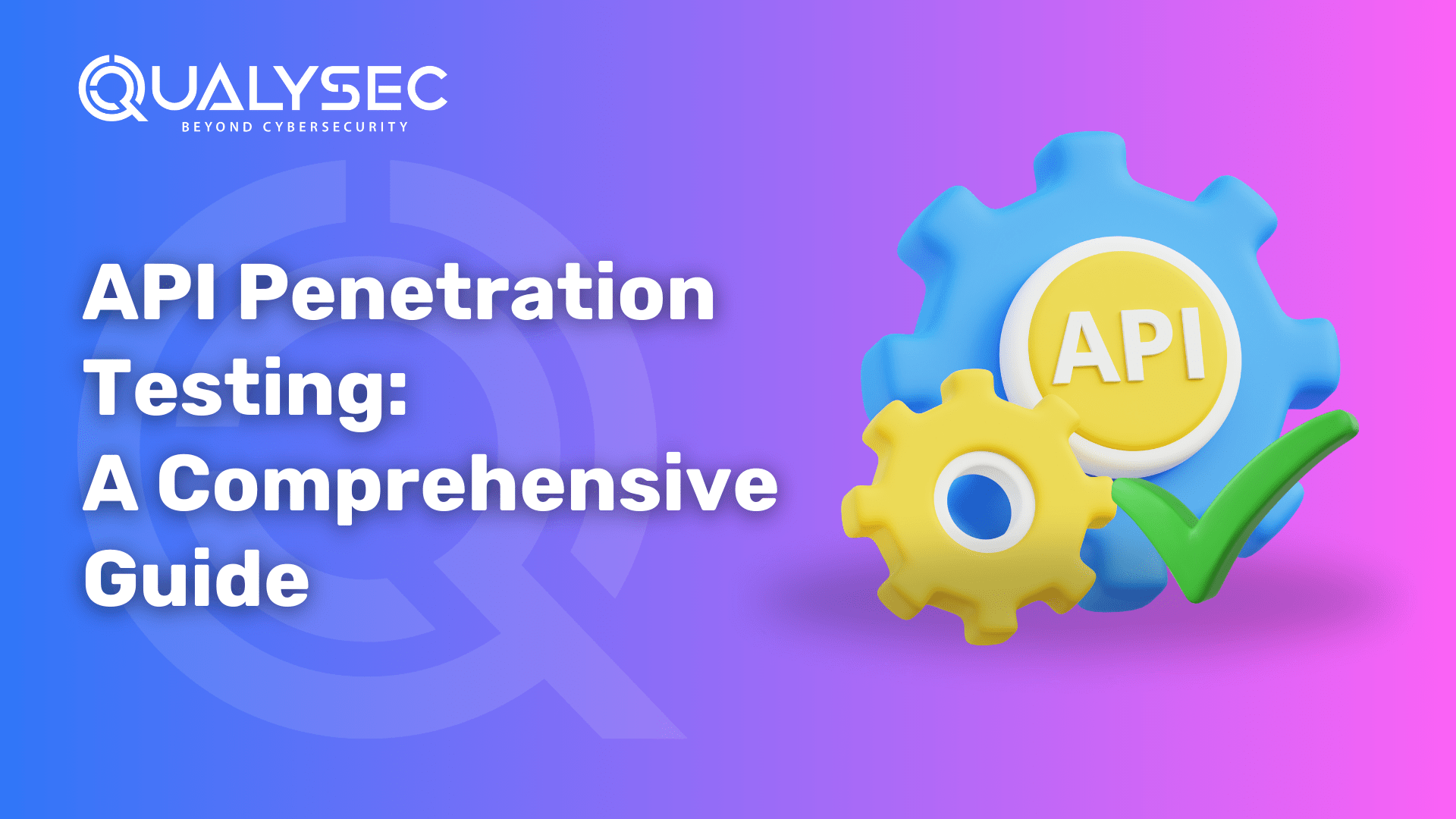
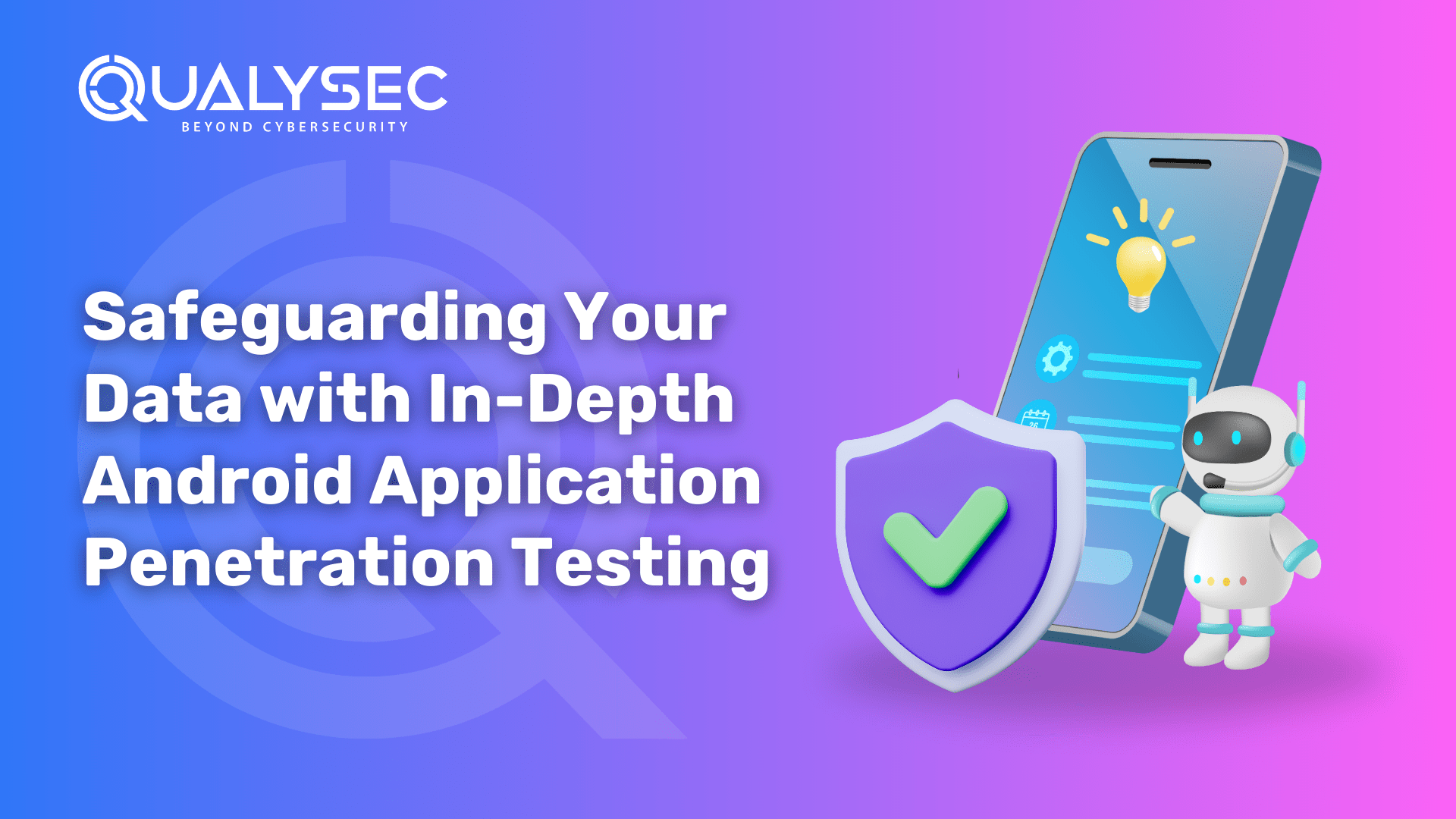

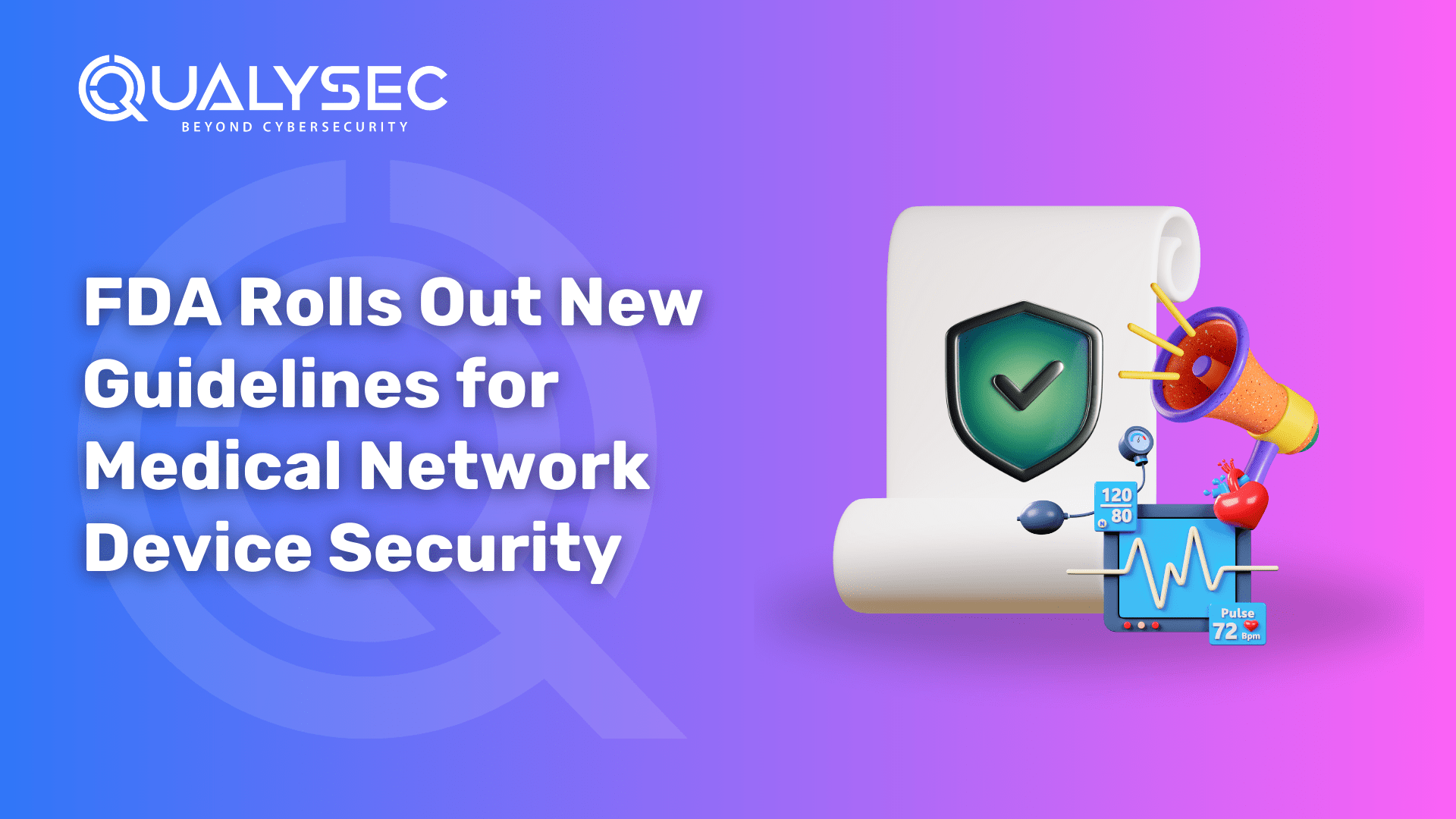


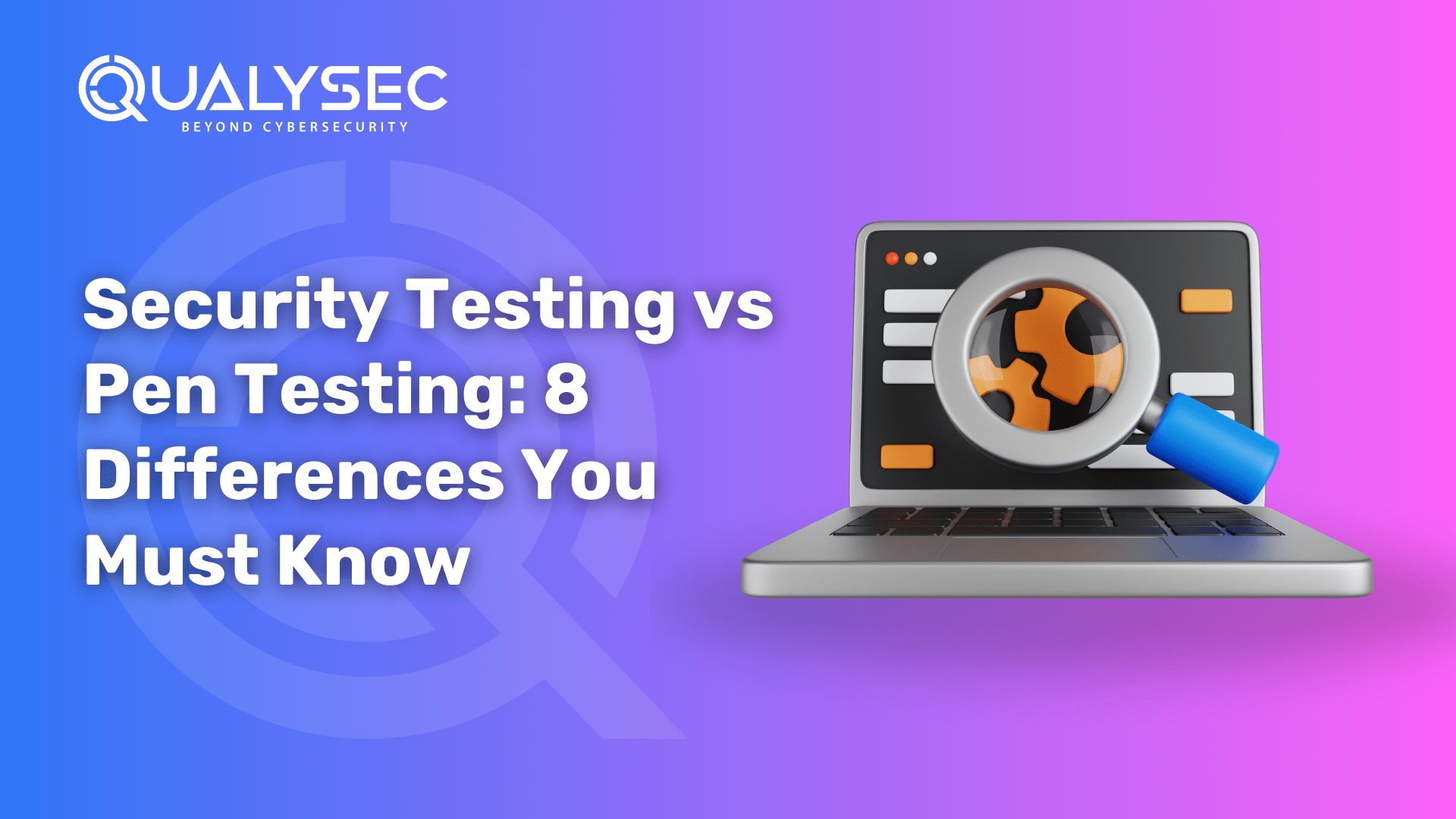
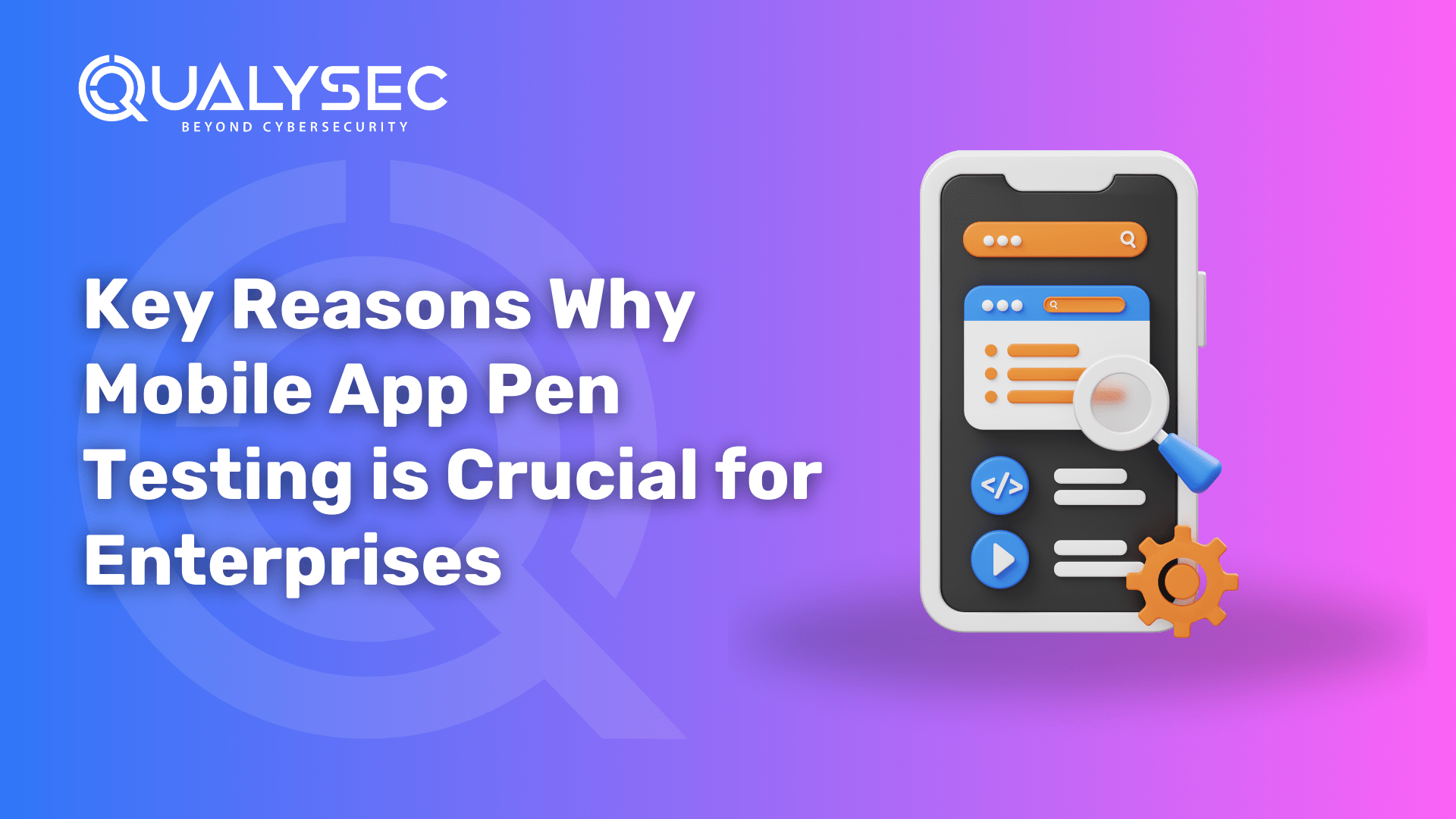
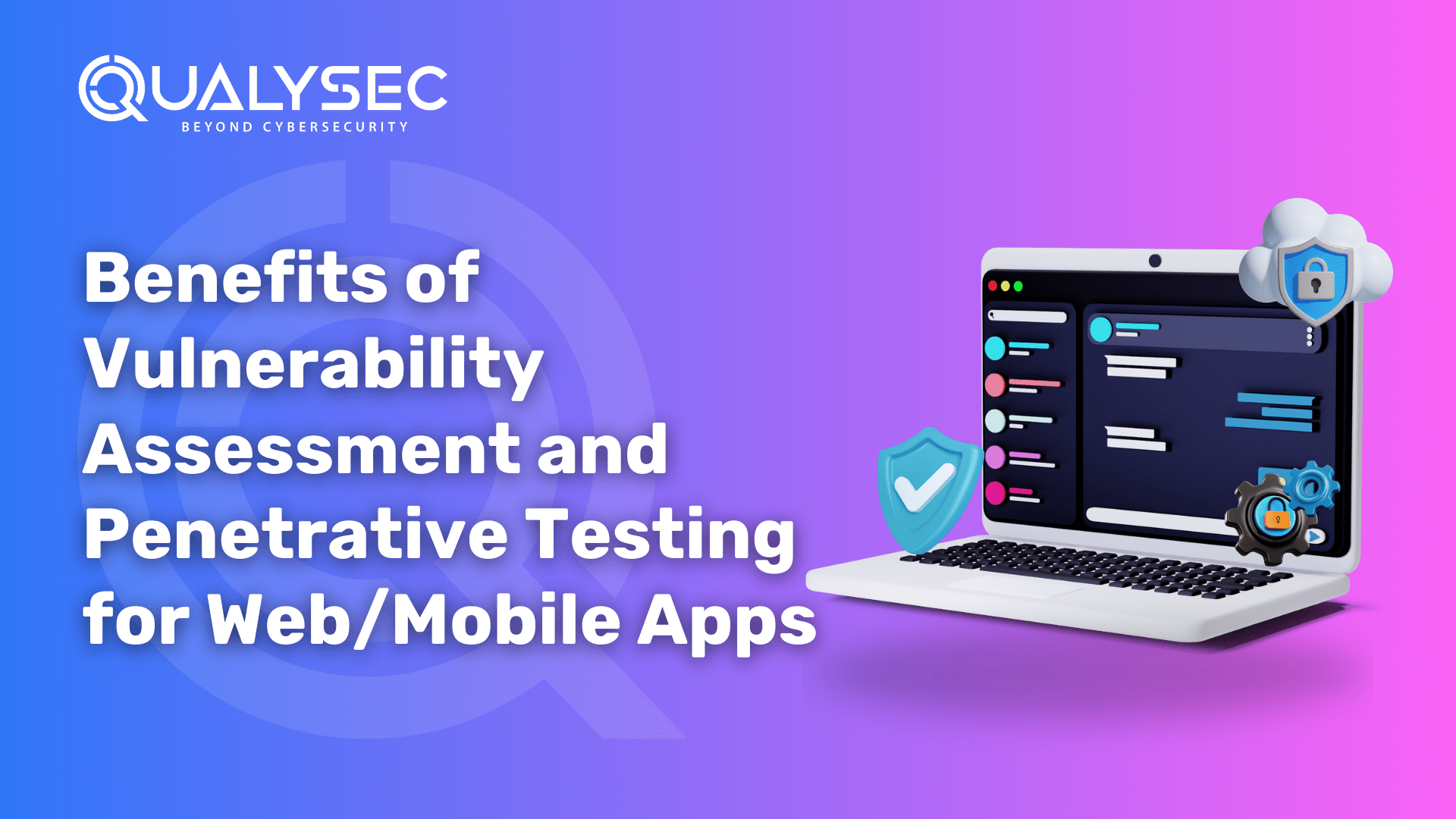


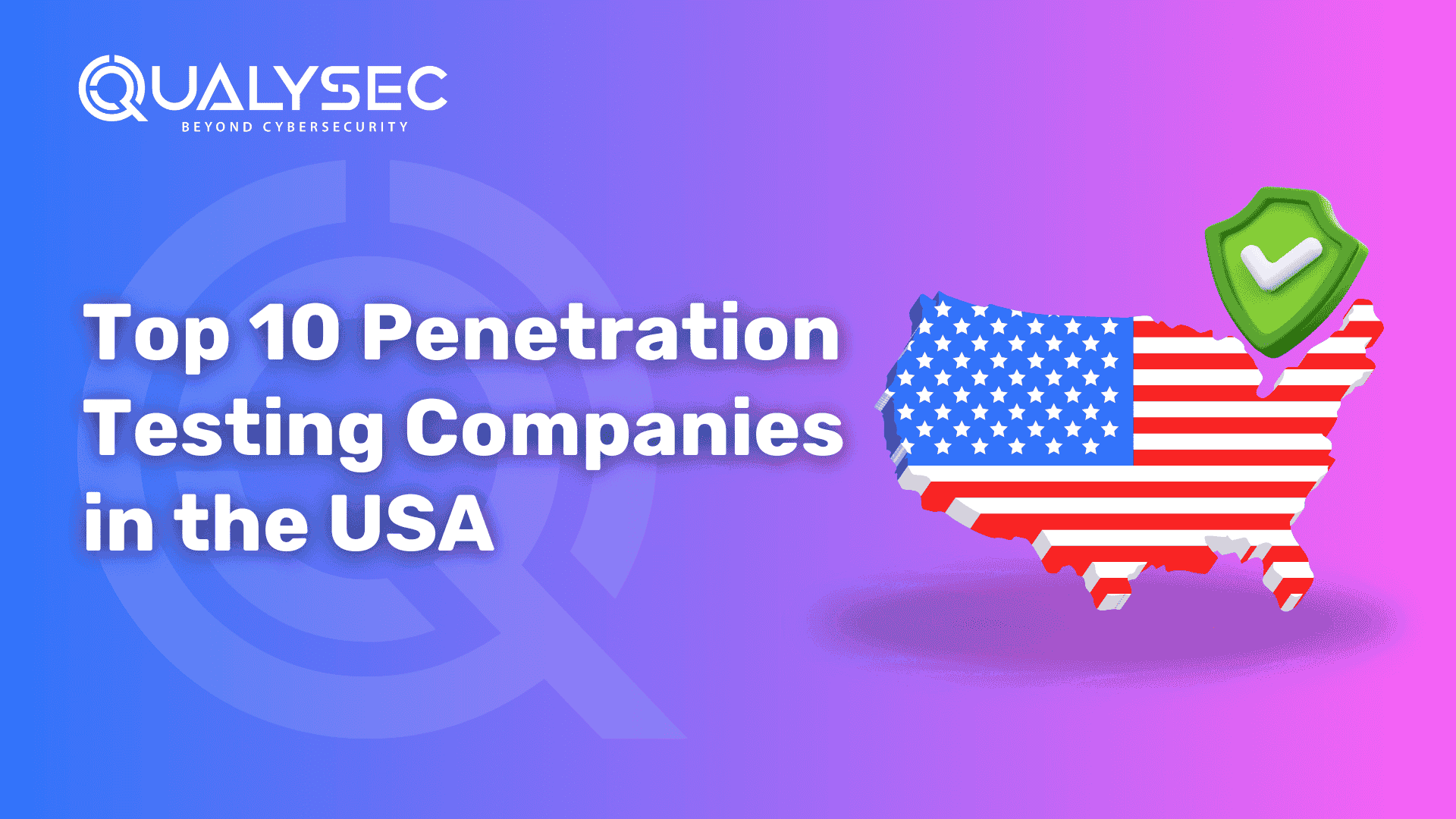
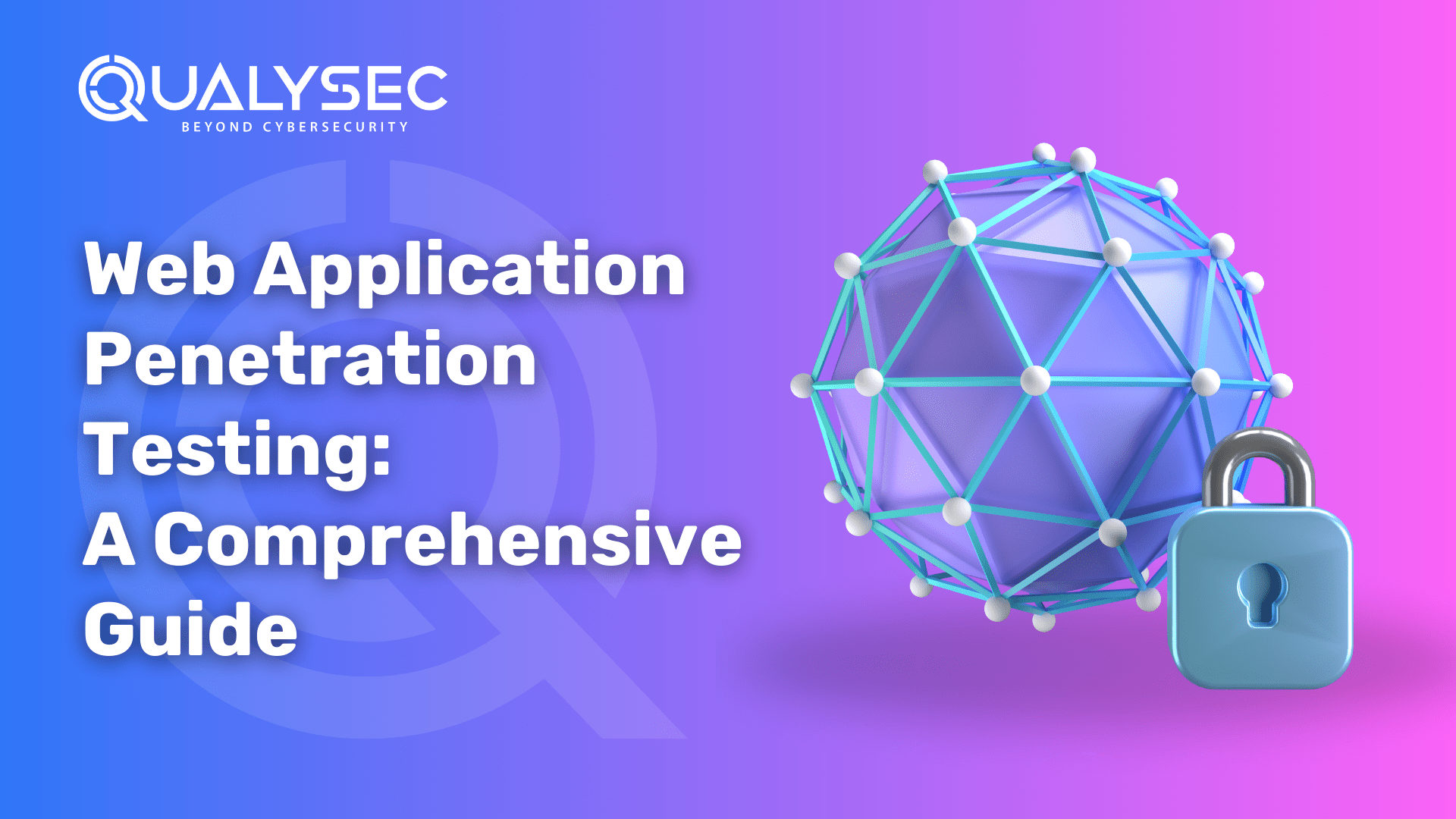



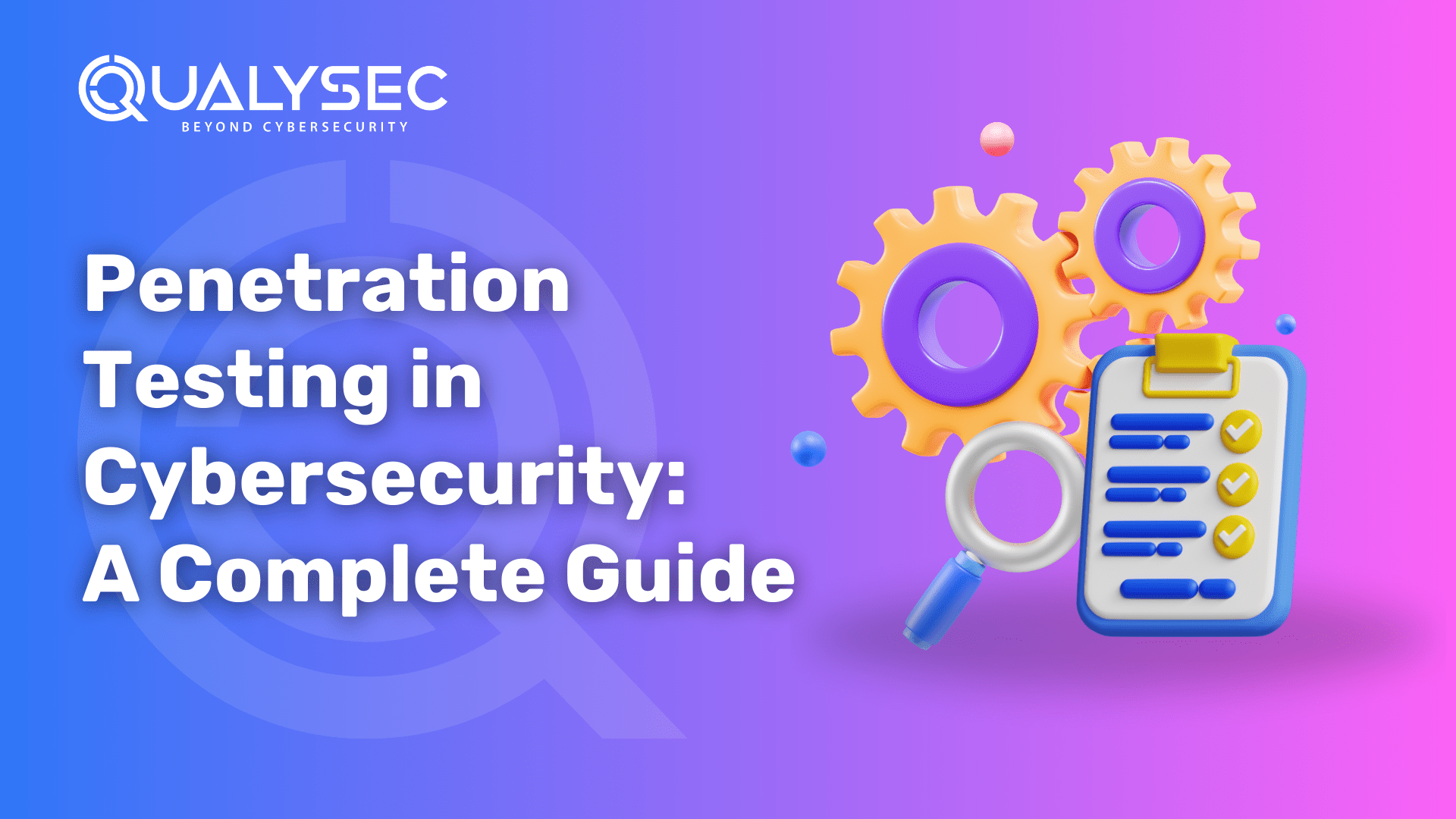
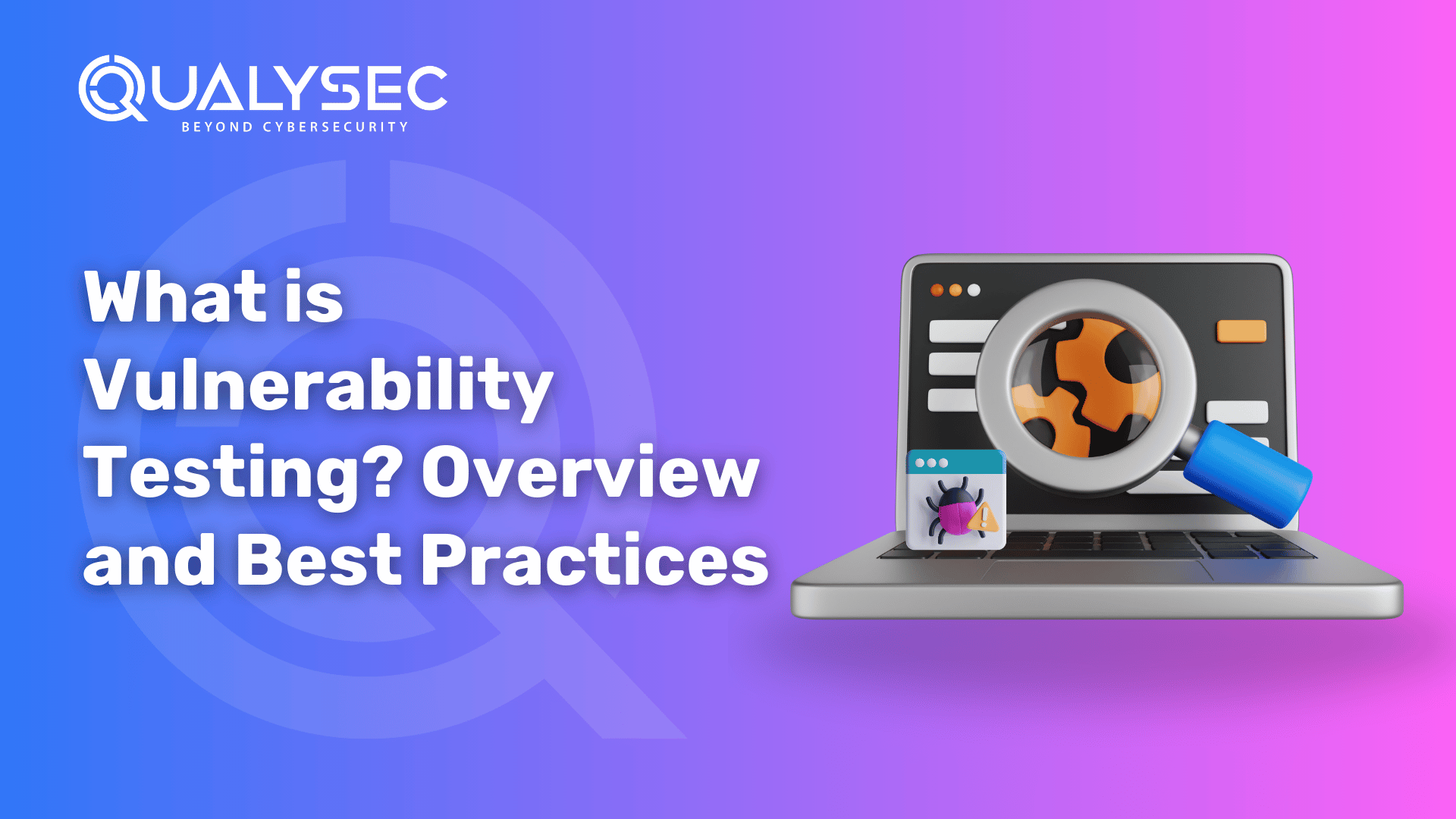


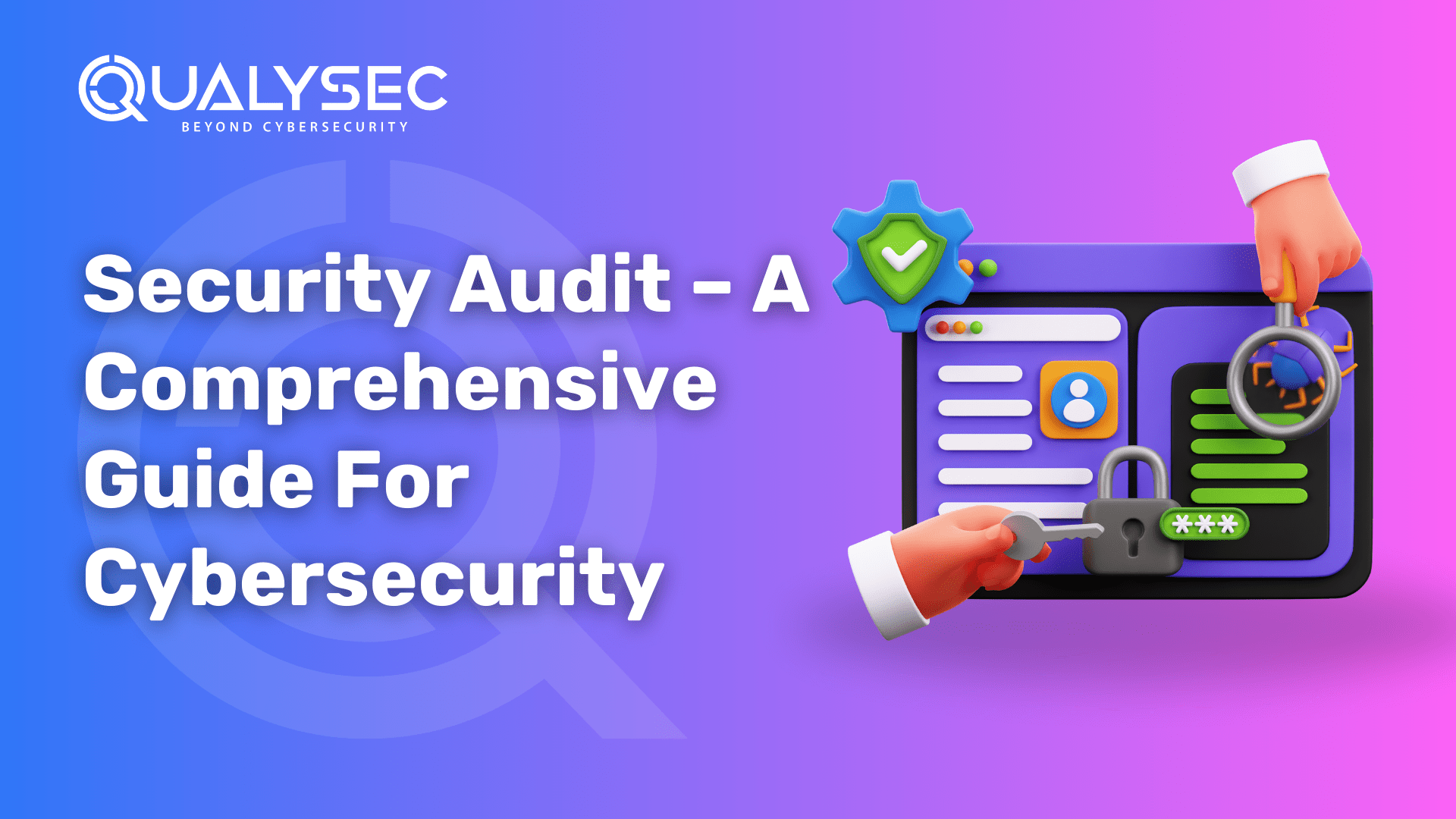
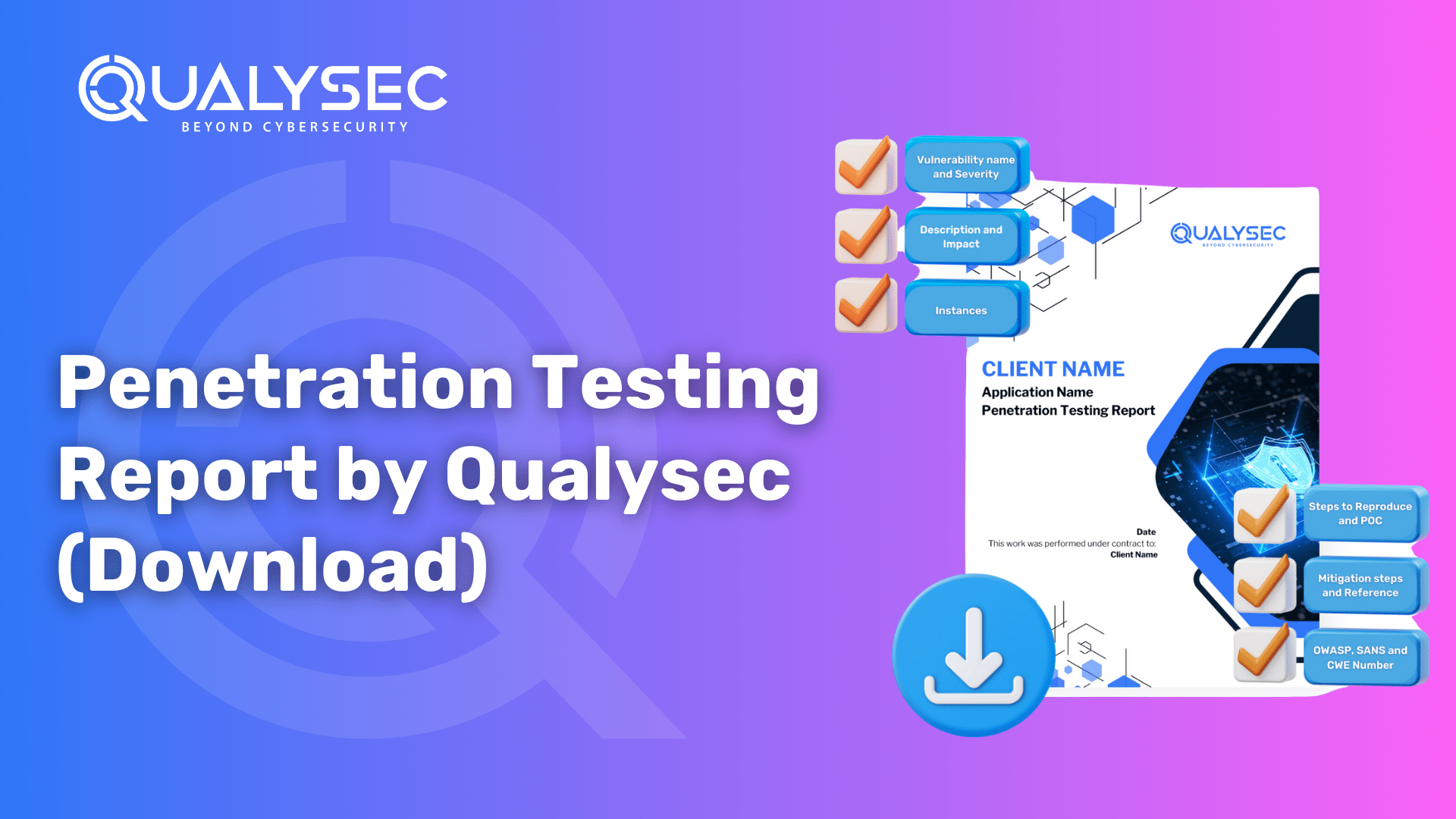
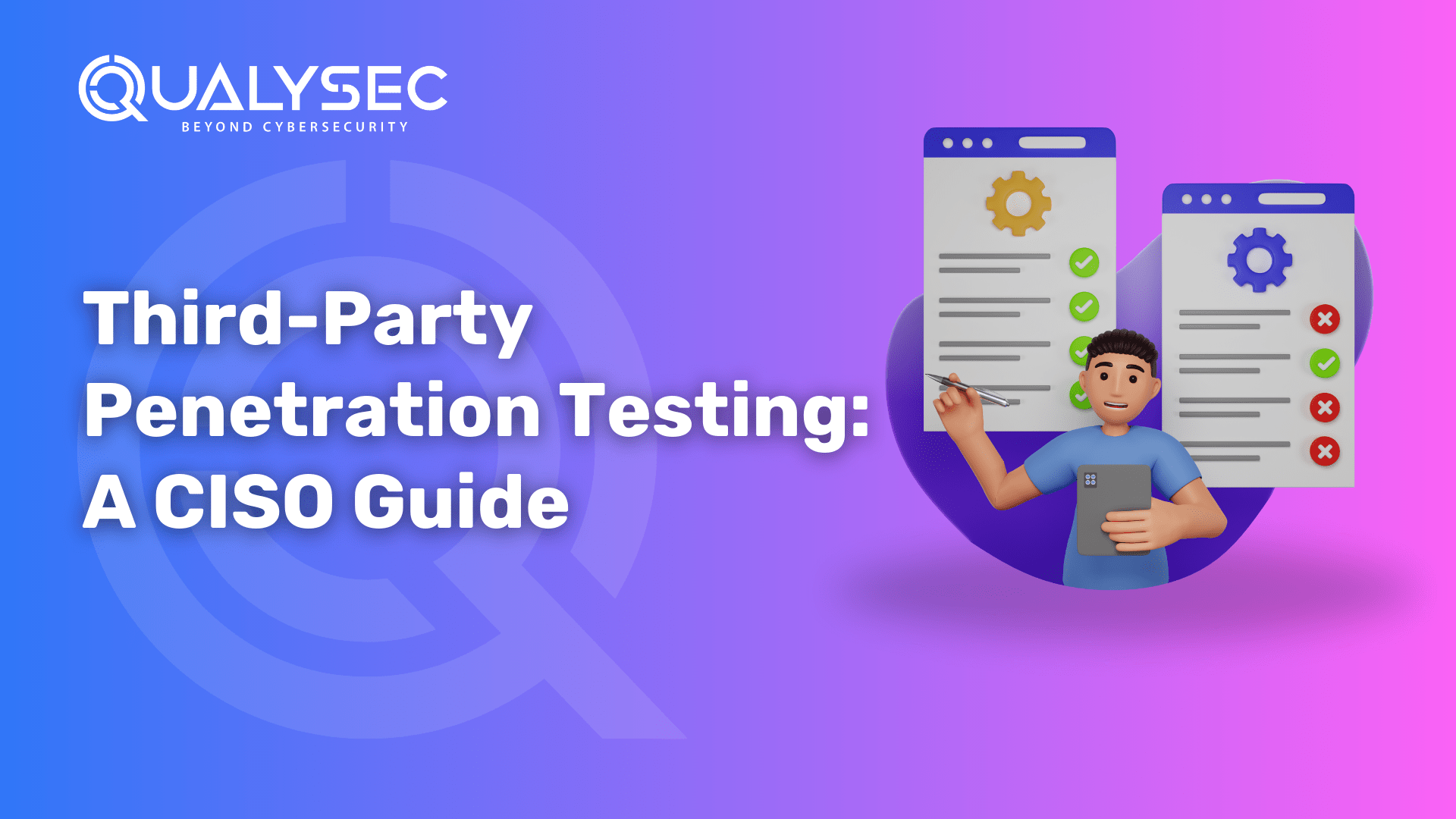




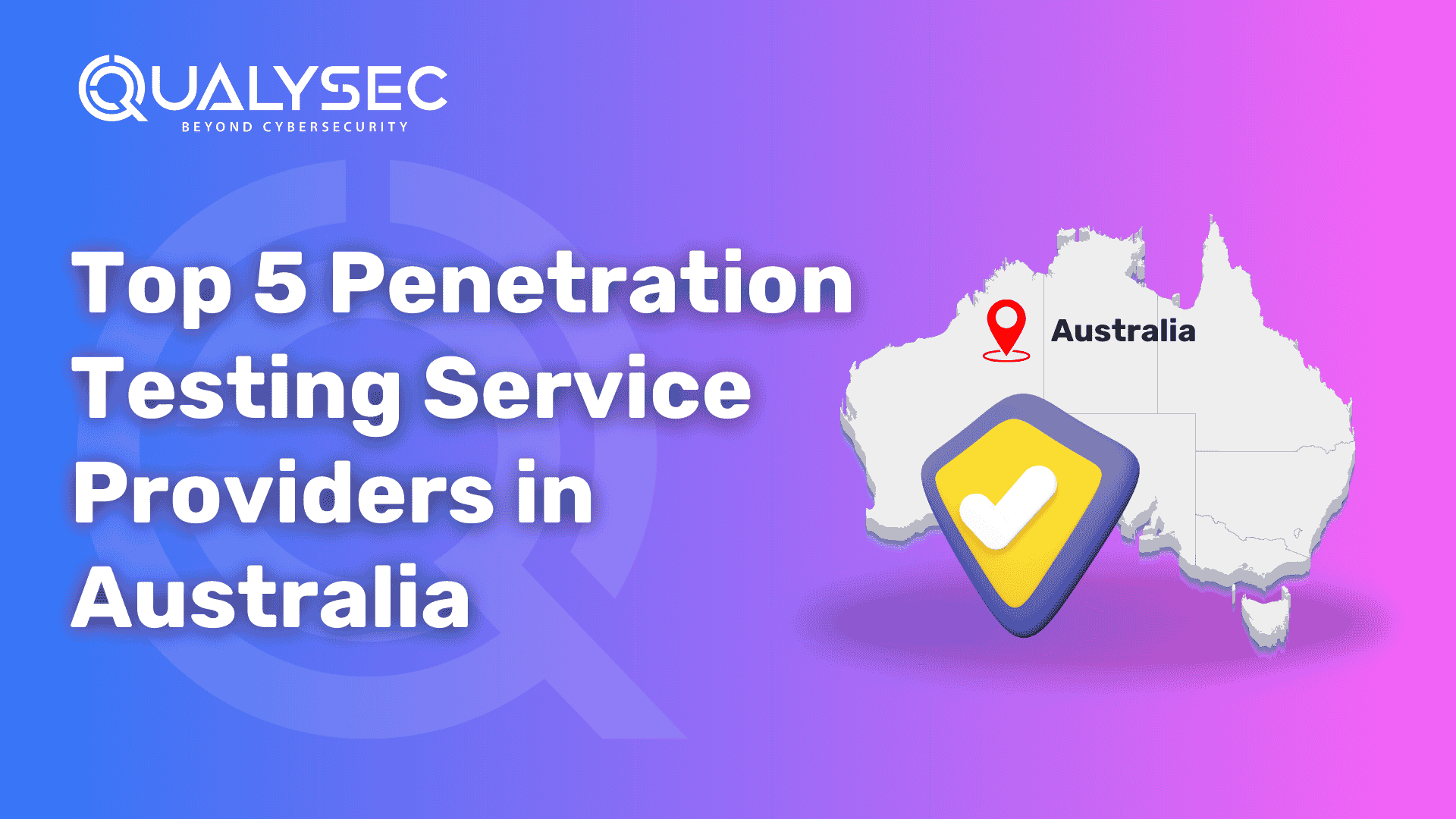
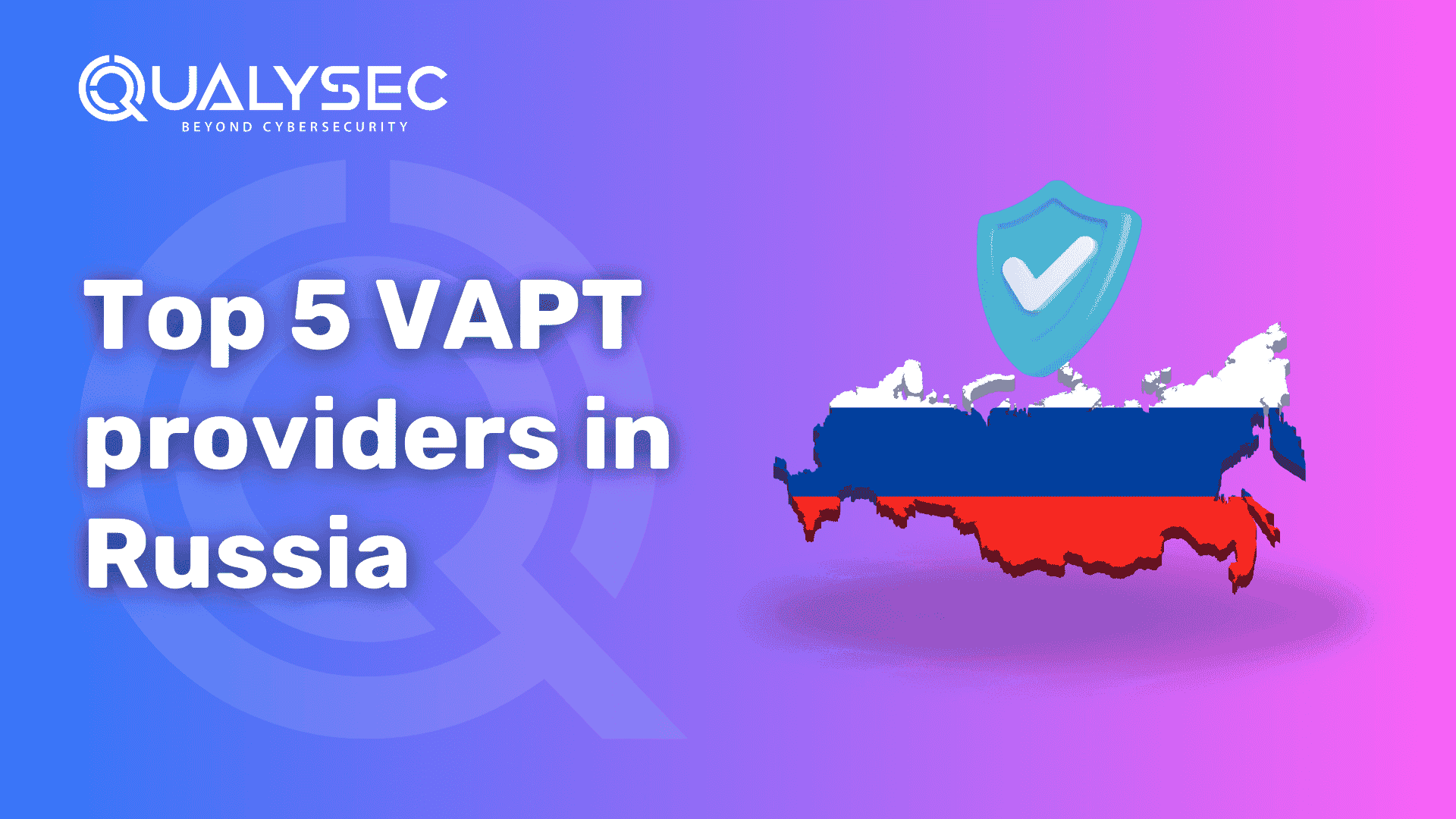
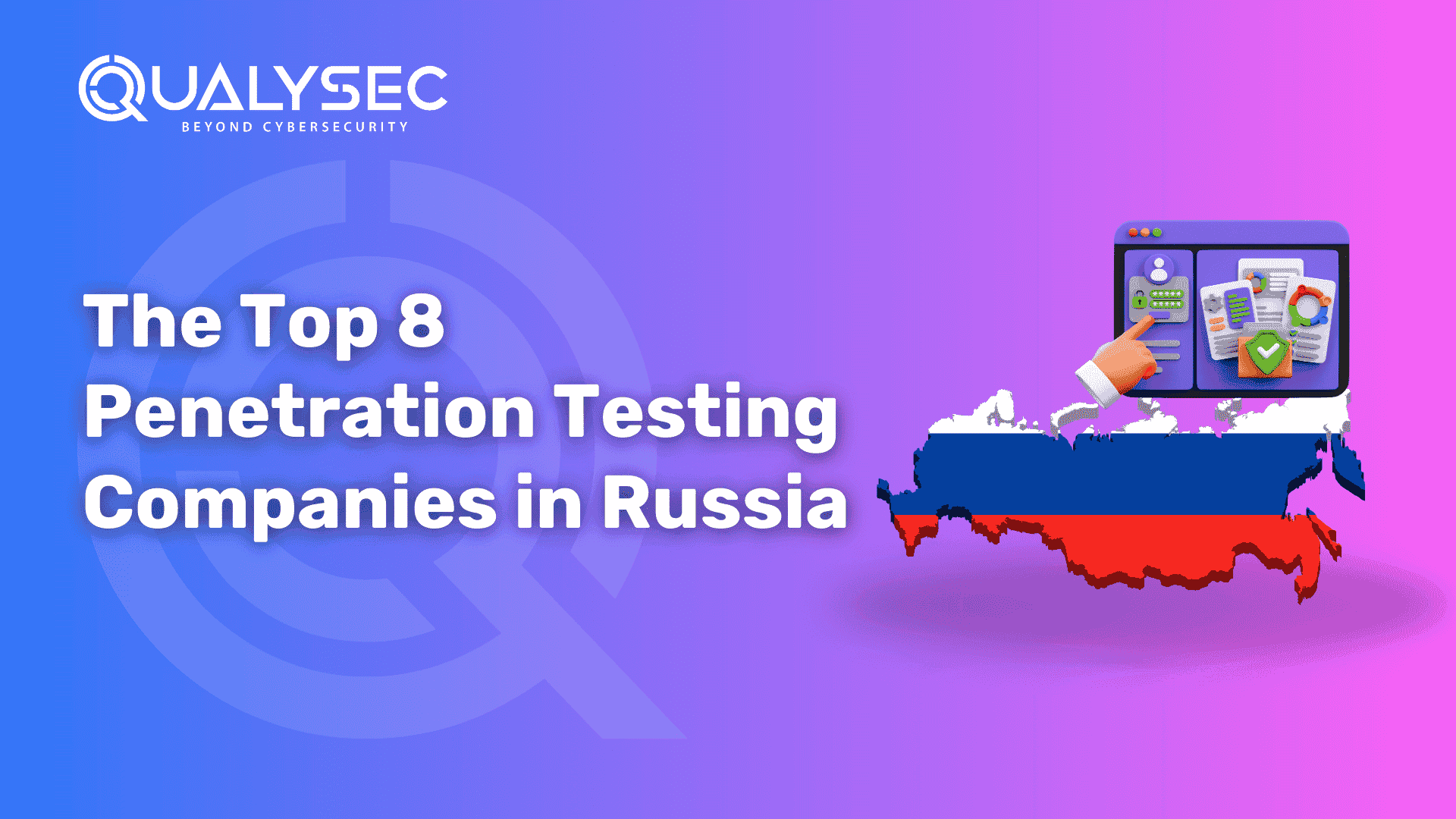



0 Comments